Fort Drum Marsh Conservation Area
Fort Drum Marsh Conservation Area
As part of the Upper St. Johns River Basin Project, Fort Drum Marsh Conservation Area includes a freshwater marsh at southernmost headwaters of the St. Johns River, a hardwood swamp, pine flatwoods, and a prairie. Together, The U.S. Army Corps of Engineers and St. Johns River Water Management District have restored the original wetlands which resulted in better water quality, flood control, and diverse animal and plant habitats.
Family-friendly recreational activities include hiking on some or all of the 5 miles of trails, picnicking, horseback riding, bicycling, primitive camping at designated sites, wildlife viewing, and canoeing. Saunter through a hardwood swamp on a boardwalk shaded by Cedar Cypress Trees as you make your way to Hog Island where you will find more trails to explore.
Look for migratory birds, bald eagles, owls and other raptors, sandhill cranes, turkeys, wood storks, caracara, white-tailed deer, dragonflies, turtles, and alligators. Discover the vast number of wildflowers and the pollinators who rely on them.
Dogs are welcome provided they are leashed at all times. Fort Drum Marsh Conservation Area, located about 10 miles east of Yeehaw Junction, is fun for all and is waiting for you to create memories to last a lifetime! Plan your trip today!
For a trail guide and more information:
https://www.sjrwmd.com/lands/recreation/fort-drum-marsh/
Photo credit: Dan Kon, Aymee Laurain, Andy Waldo
Laughing Gull
If you have been to a beach in Florida, you have surely heard the distinct call of the laughing gull. Laughing gulls (Leucophaeus atricilla) are year-round Florida residents and are often seen in flocks on beaches, in salt marshes, and nearby parking lots. They are often seen inland in fields, near rivers, or at your local garbage dump.
Both males and females build nests in colonies on the ground under the cover of bushes or grasses. The parents take turns incubating the eggs for about 20 days and both feed the young for the next 5 weeks. Food includes foraged crustaceans, small fish, and insects. In the spring, horseshoe crab eggs and the eggs of other birds provide a tasty meal. Earthworms and snails are sometimes eaten. These birds are not picky eaters so be sure to carefully dispose of your food scraps and food wrappers.
Ironweed
Ironweed (Vernonia gigantea) is a Florida native and can be a beautiful addition to your wildflower garden. Ironweed grows 3-10 feet tall, can be planted in partial shade or sun, and blooms from July through October. Butterflies, hummingbirds, and bees love this pollinator perennial. As its name suggests, ironweed is a tough plant with deep-set roots and seeds that spread easily in your garden. Be prepared to prune and maintain to keep this beauty in check.
Look for Ironweed growing in the wild where the soil is moist. You may also see this hardy plant along the side of the road or a stream as well as in the woods, prairies, savannas, and grasslands.
Snail Kite
Snail Kites can be found flying low over open freshwater and marshes in Central and Southern Florida before dropping down to snatch an apple snail with their talons. They will fly to a perch and use their unique-shaped bills to pry the snails from their shells. Look for Snail Kites roosting in flocks just before hunting and during nesting season.
Listed as endangered in Florida since 1967, Snail Kites (Rostrhamus sociabilis) depend on good quality water to survive. Urban development, sewage seepage, nutrient and pesticide run-off, and invasive plants have degraded much of Florida’s freshwater. Nearly 1/2 of the Everglades have been drained. Since a Snail Kite’s diet consists almost exclusively of apple snails that only live in freshwater areas, it is imperative that we protect the remaining wetlands.
Dry Tortugas National Park
Dry Tortugas National Park
Discover a 100 square mile National Park of open water and 7 small islands known as Garden, Loggerhead, Bush, Long, East, Hospital, and Middle. Located 70 miles west of Key West, Dry Tortugas National Park is only accessible by boat or plane.
Visit Garden Key and explore Fort Jefferson, the largest all-masonry fort in the US. Fort Jefferson was built between 1846 and 1875 to protect the lucrative shipping zone to the Gulf of Mexico. A lighthouse named Harbor Light was built in 1825 to warn ships of the navigation hazards caused by the low-lying islands and reefs.
A snorkeling paradise, the crystal blue waters of Dry Tortugas National Park offer the opportunity to immerse yourself in the beauty of the reefs and the marine life that thrive there. Swimming and boating are popular activities. Bring your camera to capture the abundance of birds who live and nest at the park.
Loggerhead Key is rife with wildlife and is named after the often seen loggerhead turtles. Scuba divers will enjoy exploring the Windjammer shipwreck.
Primitive camping is available for those who want to spend a few days, enjoy the spectacular sunsets and stargaze.
Leashed dogs are permitted.
For more information: https://www.nps.gov/drto/index.htm
Photo Credit: Aymee Laurain
Eastern Pondhawk Dragonfly
Common throughout the eastern United States and parts of Canada and Central America, Eastern Pondhawks, E. simplicicollis simplicicollis, are often found near still waters in wetlands and near ponds. Females are bright green with black markings on their abdomen. Males are blue with beautiful green faces.
Eastern Pondhawks will dash from their perch on plants near the ground to snatch prey which includes damselflies and other insects. They will carry their meal off to eat at a suitable place.
With only an average reproductive life of 10 days, reproduction occurs often and sometimes more than once a day. Mating occurs on vegetation and the female deposits her eggs on the water within a minute.
Fun fact: Dragonfly fossils have been dated at over 300 million years old. This means that dragonflies existed more than 100 million years before dinosaurs!
Photo Credit: Dan Kon
Northern Crested Caracara
Caracaras are in the falcon family and are excellent hunters although they behave a lot like vultures. They are often seen eating carrion or scavaging around campsites. They tend to hunt small vulnerable animals that are injured but will also eat fruit.
These birds are commonly found in central and south America but have found a home at Kissimmee Prairie Preserve State Park. This populate is known as a relict population that was previously found in the vast oak savannas throughout Florida. As those areas were altered through human disturbance, Caracaras found a home at Florida’s largest true prairie.
Sailfin Molly
Sailfin Mollies are super cool little subtropical fish. Males have such a dramatic display with the sail-like fins. They can be found in both fresh and saltwater. Look for them in slow-moving or still freshwater in springs, swamps, creeks, ponds, in the Gulf of Mexico, and in the intercostal. They are charismatic little fish. Sailfin Mollies dine primarily on algae, and snack on crustaceans and aquatic insects.
Big Tree Park
Big Tree Park is a part of the Spring Hammock Preserve and is located in Longwood. It is best known for “The Senator,” a 3500-year-old Bald Cypress tree that was named for Senator Moses O. Overstreet who donated the land. Unfortunately, “The Senator,” which stood 118 feet tall, burned down in 2012. It was the largest Bald Cypress Tree in the United States.
Pass under the big trees as you saunter along the boardwalk over the hydric hammock swamp. The boardwalk is less than 1/2 mile long out and back. Interpretive signs will awe you with information about “The Senator”. Learn about “The Phoenix,” a clone of “The Senator.” Admire the grandeur of “Lady Liberty,” a 2000-year-old Bald Cypress that stands 89 feet tall. Look for alligators, Florida box turtles, five-lined skinks, raccoons, squirrels, and bobcats. Listen for frogs, woodpeckers, and songbirds.
As a trailhead, Big Tree Park offers the opportunity for a longer stroll or bike ride on the Cross Seminole Trail through the forested wetlands of Spring Hammock Preserve. The Cross Seminole Trail is a part of the Florida National Scenic Trail.
Big Tree Park is open from 8 am until dusk. Spend some time at the playground with your kids. Restrooms are nearby. Bring your lunch or a snack to enjoy at one of the picnic tables.
Photo Credit: Dan Kon
Salvinia
Salvinia minima, also known as Water Spangles, is a floating water fern found in Florida’s freshwater swamps, lakes, slow-moving streams, and ponds. Native to tropical America, Salvinia was introduced in Florida from fish tanks and/or tropical gardens where it was used as a decorative aquatic plant.
By cloning itself, Salvinia reproduces quickly. It can be distinguished from native duckweed by its larger leaves and bristles. Salvina is considered highly invasive in Florida.
Cinnamon Teal
Cinnamon Teal Spatula cyanoptera (septentrionalium) –
This beautiful male Cinnamon Teal decided to visit Florida in February. As you can see in the map pictured below, these migratory ducks are native to the western US and Mexico. According to The Cornell Lab, “In western North America, loss of wetlands to agriculture, grazing, and especially the development of human settlements has meant the massive loss of habitat for Cinnamon Teal.”
We are sure this striking bird found plenty to eat in the wetlands at Merrit Island National Wildlife Refuge. There is certainly a wide variety of insects and vegetation year-round in Florida. While it is a rare occurrence, Cinnamon Teals do occasionally make a winter stop in Florida.

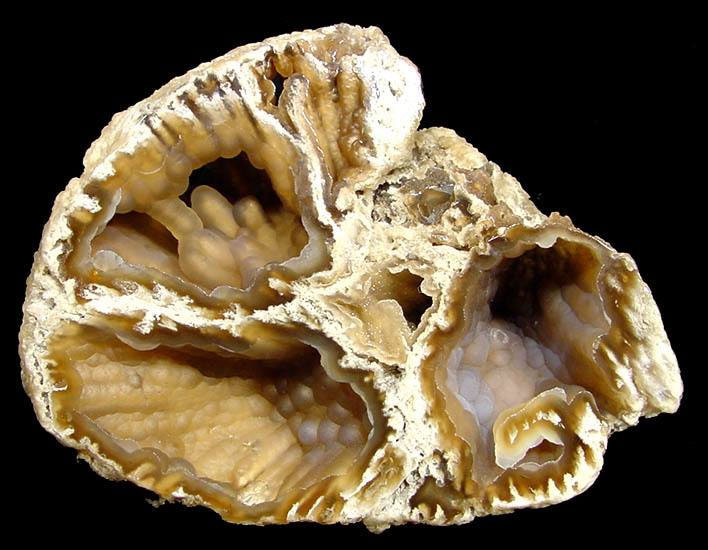

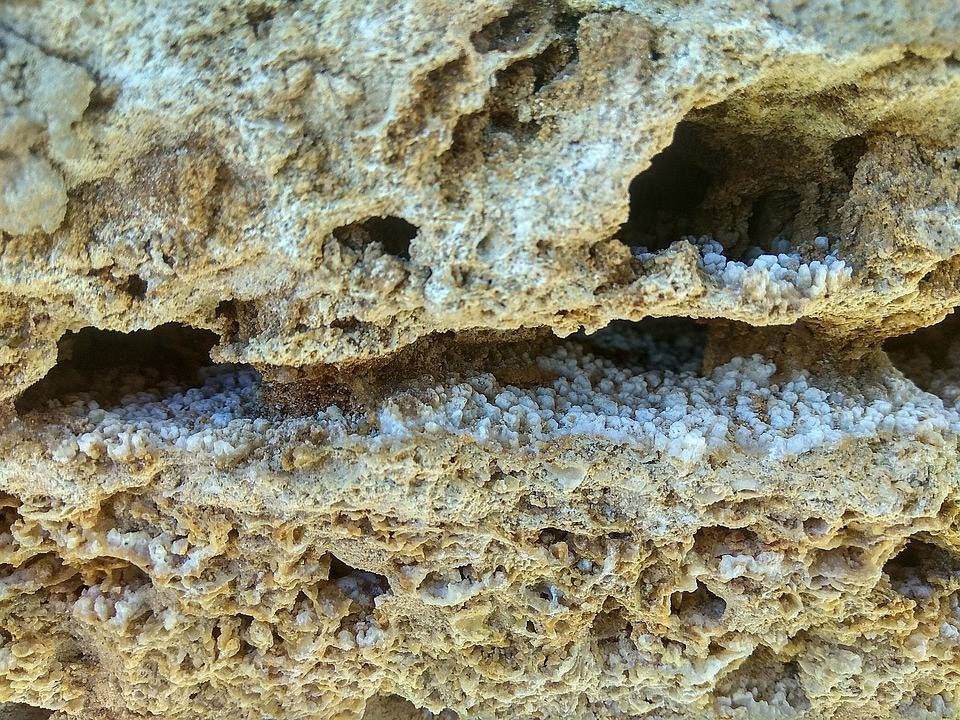

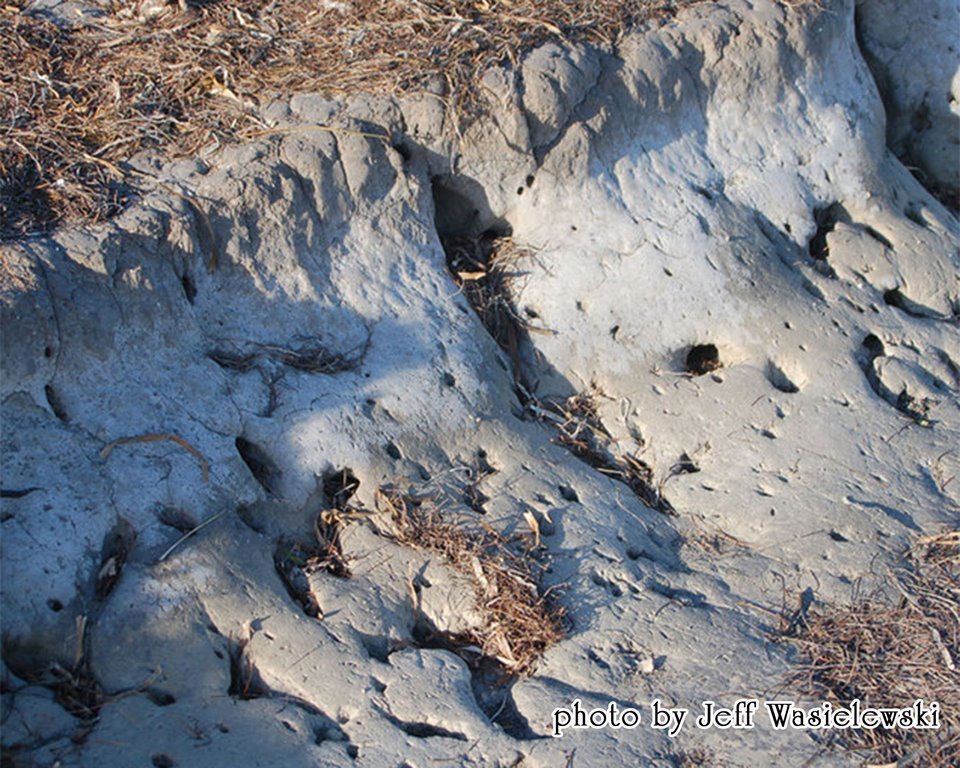
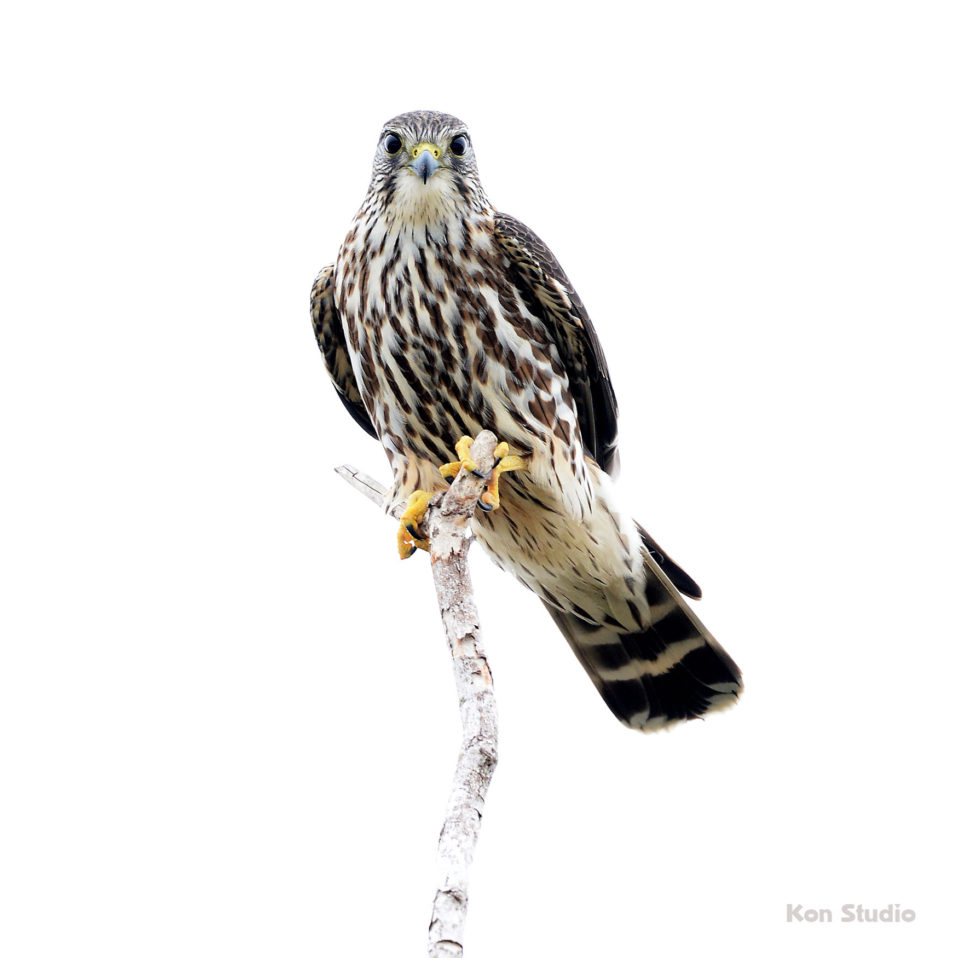
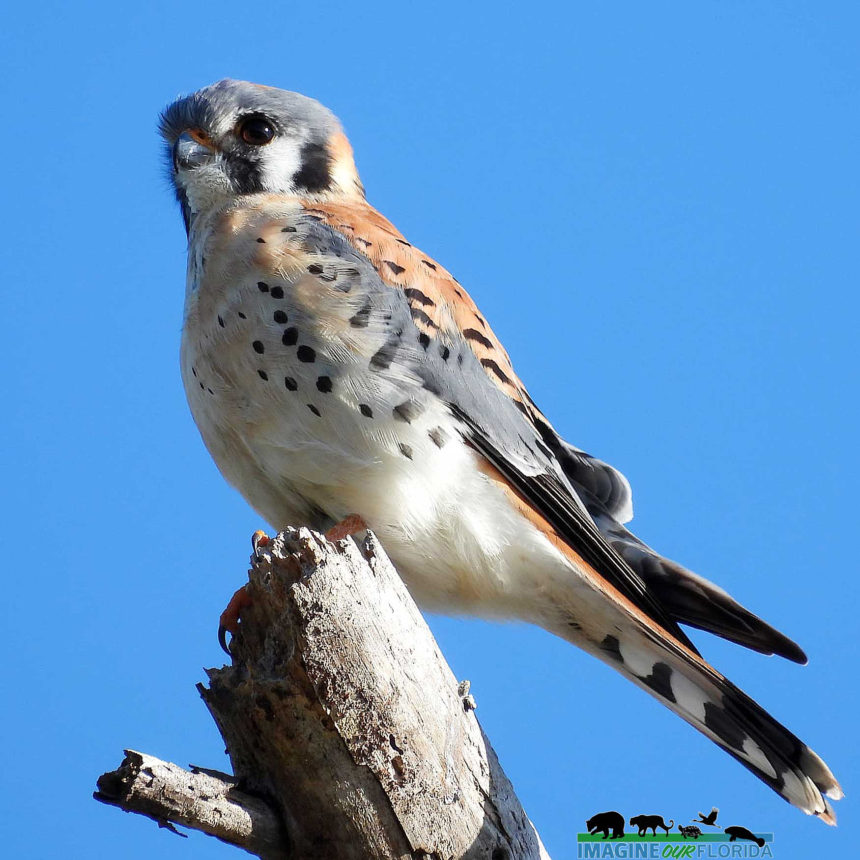
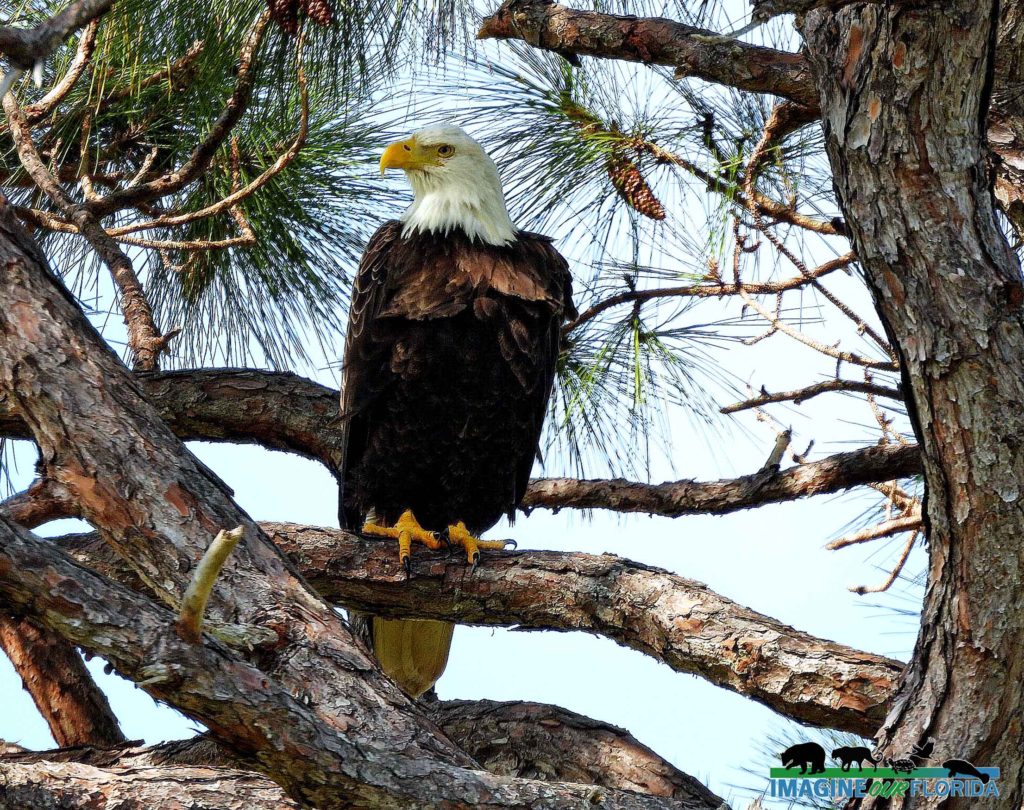
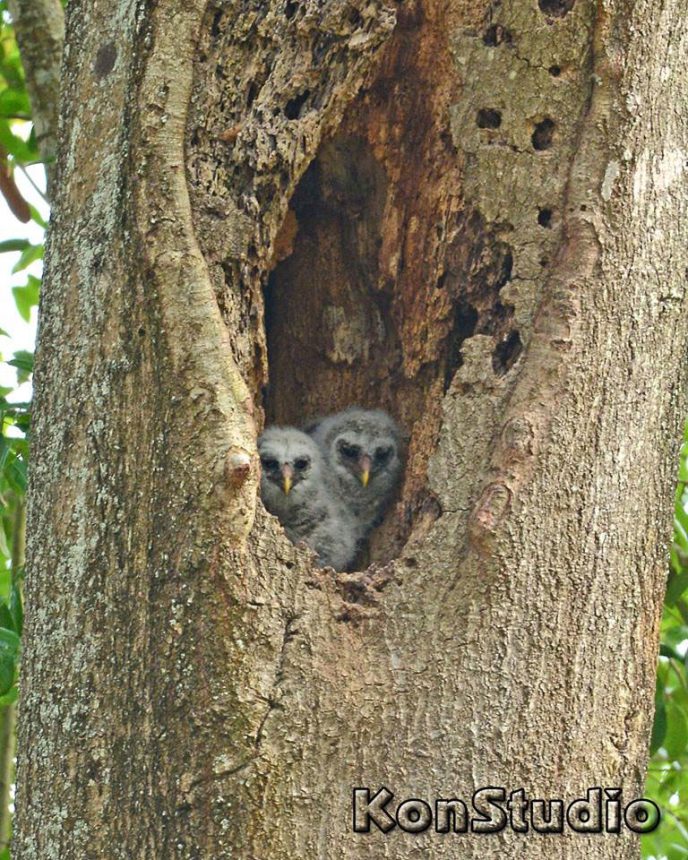
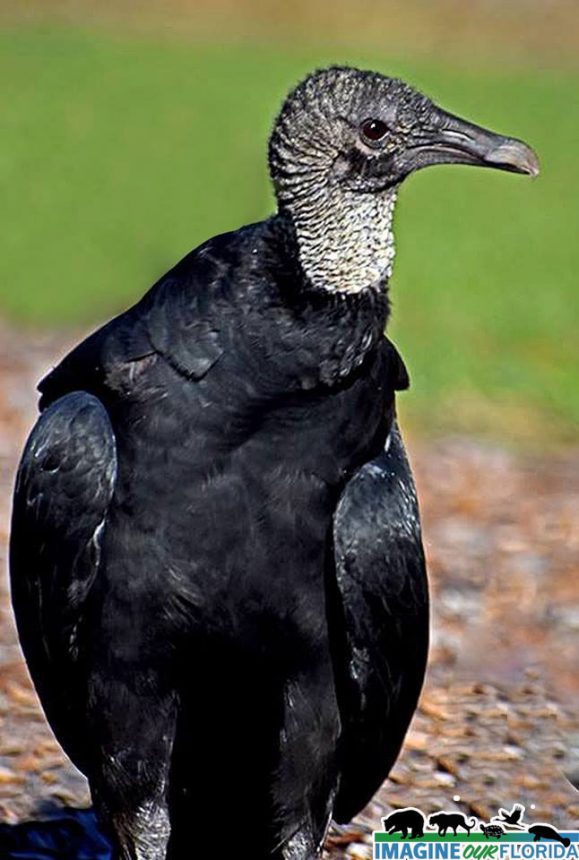
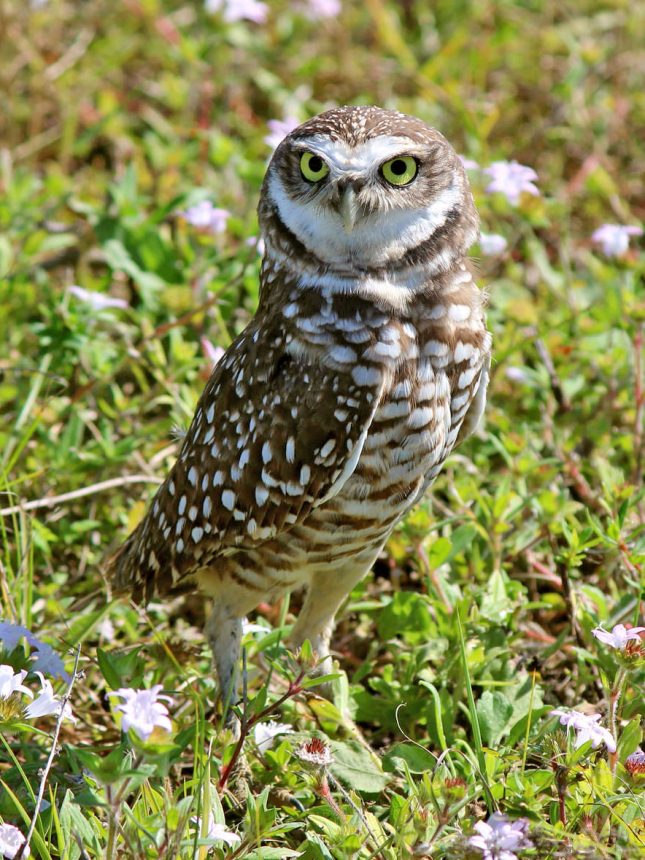
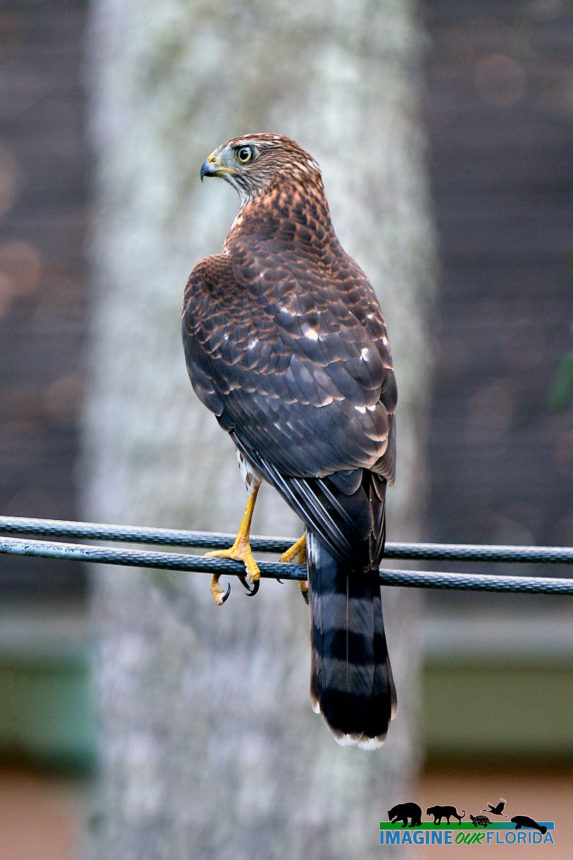
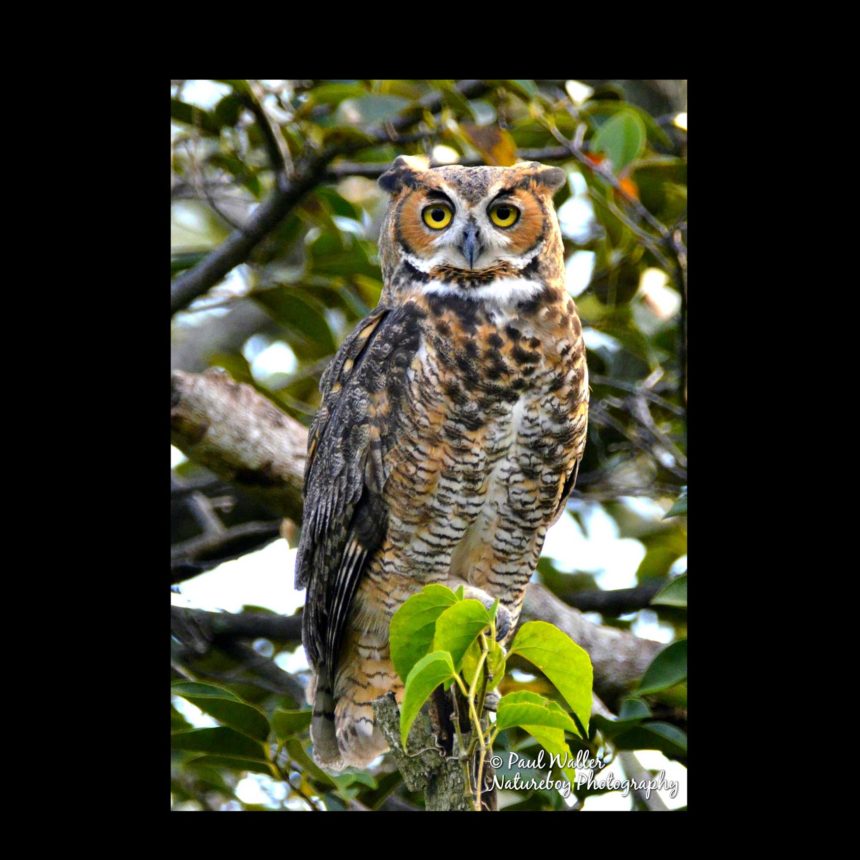
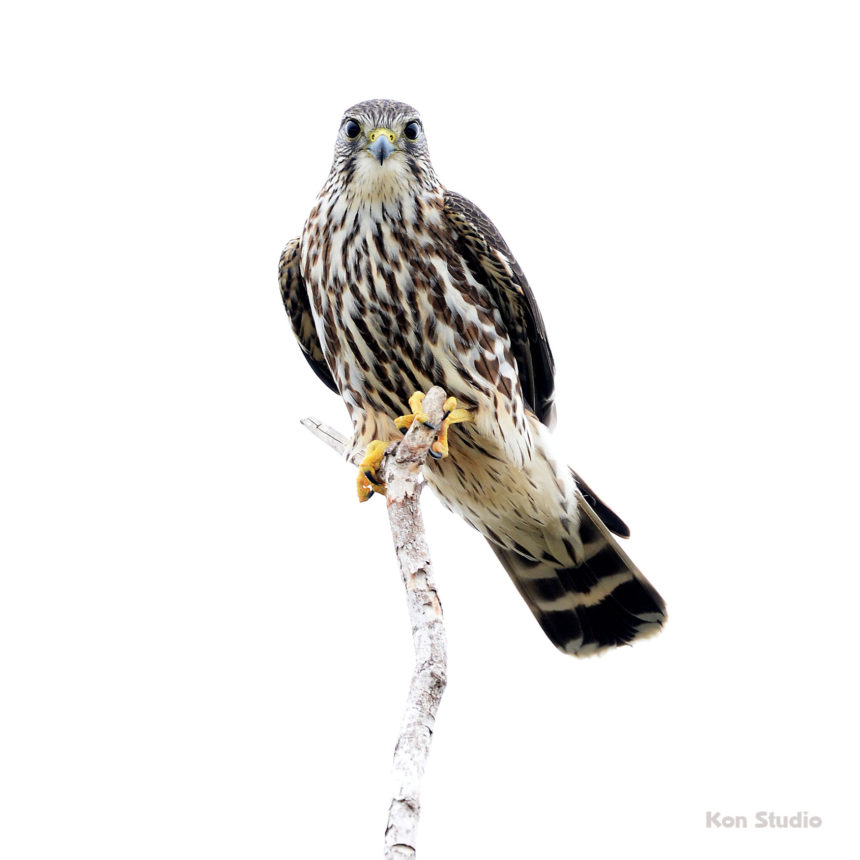
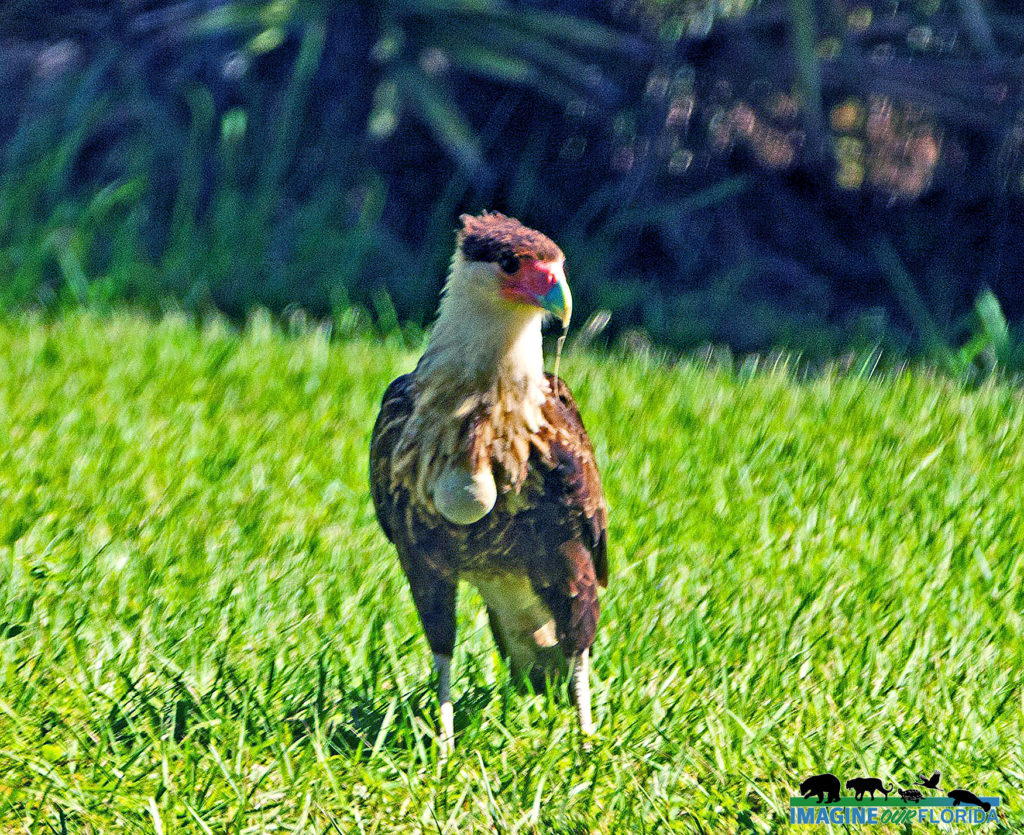

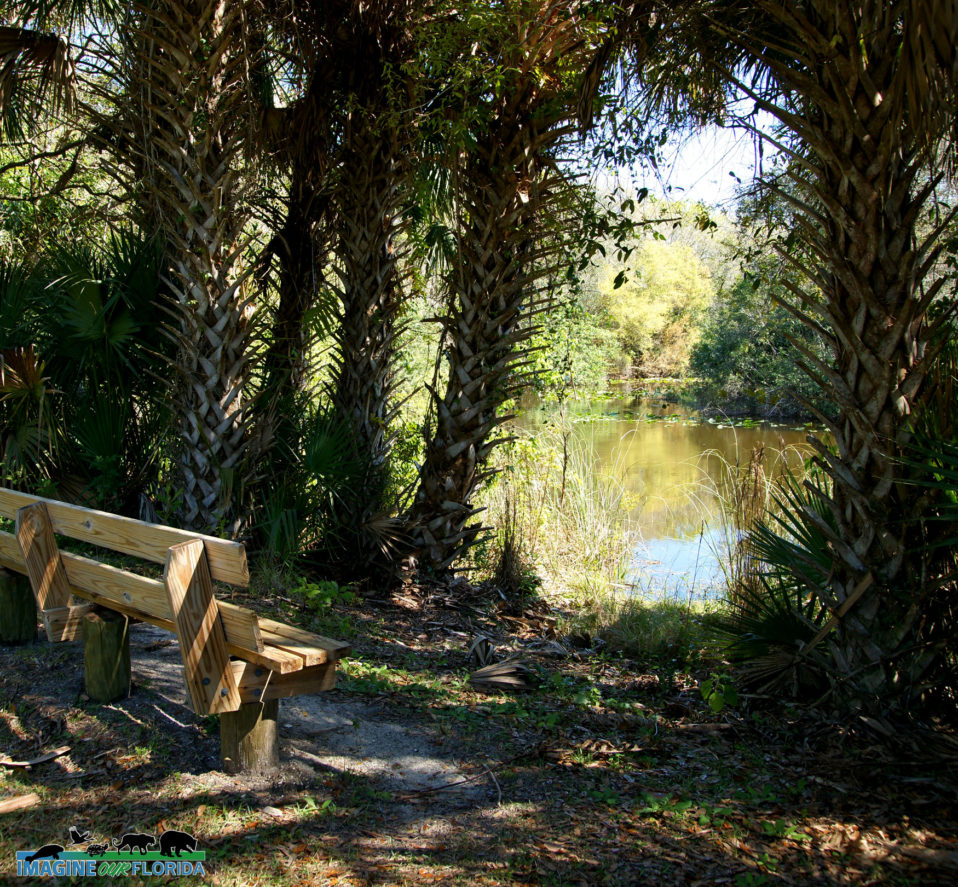
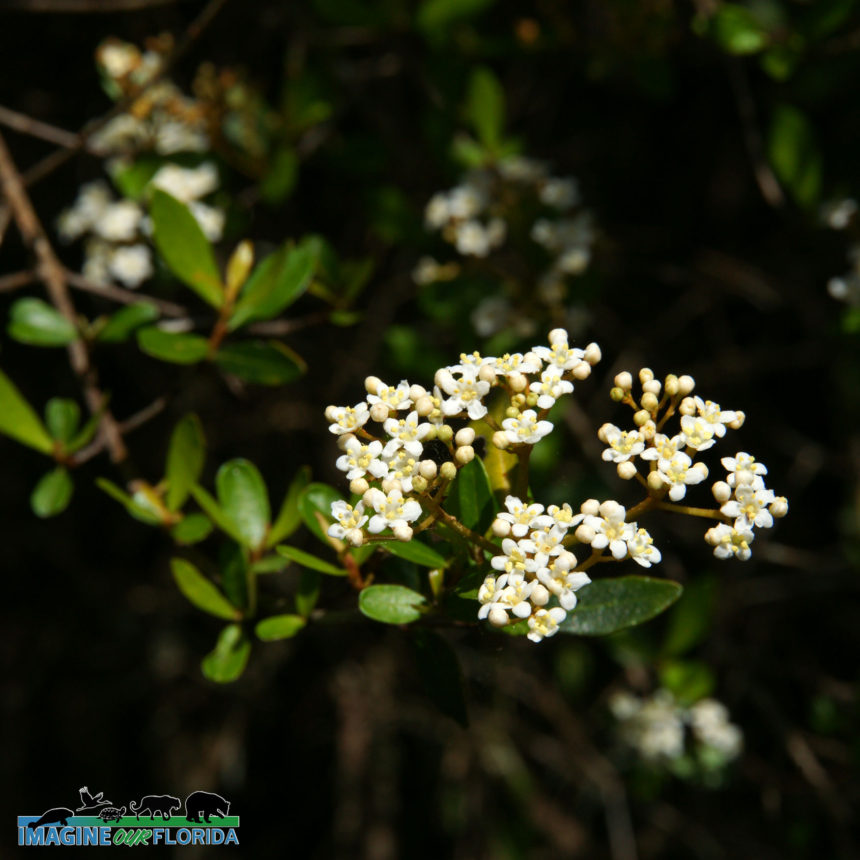
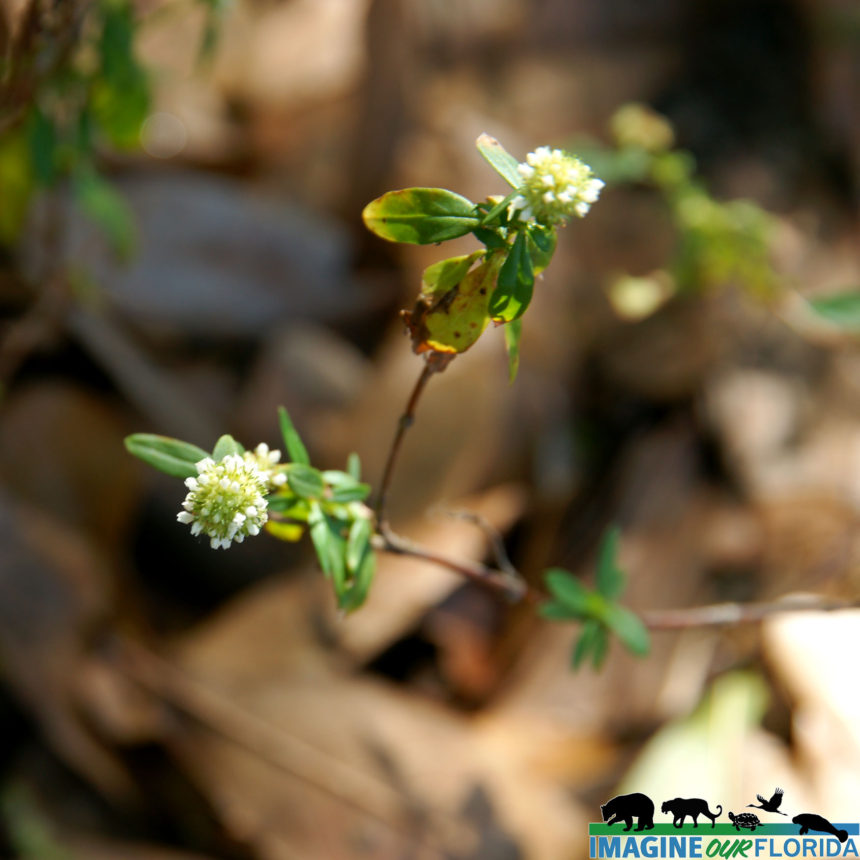
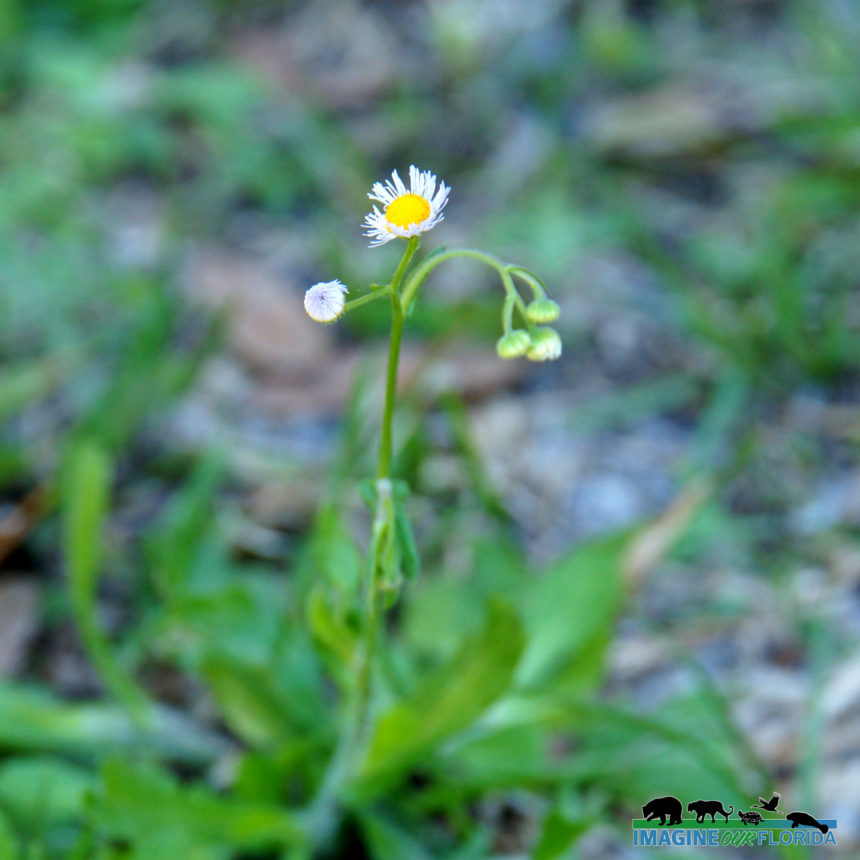
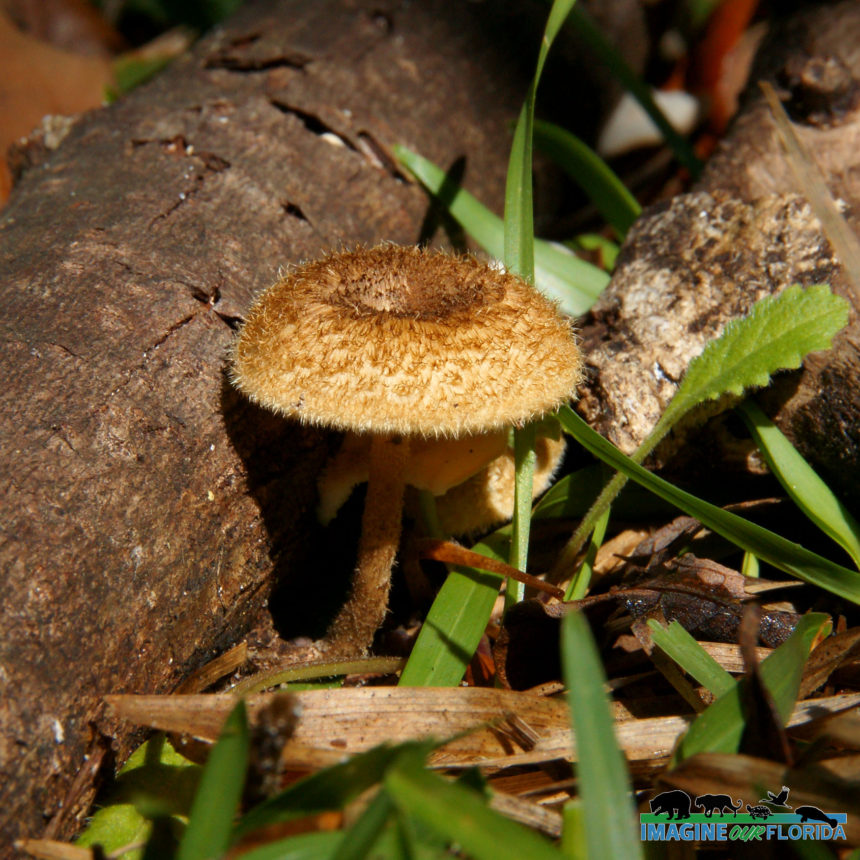
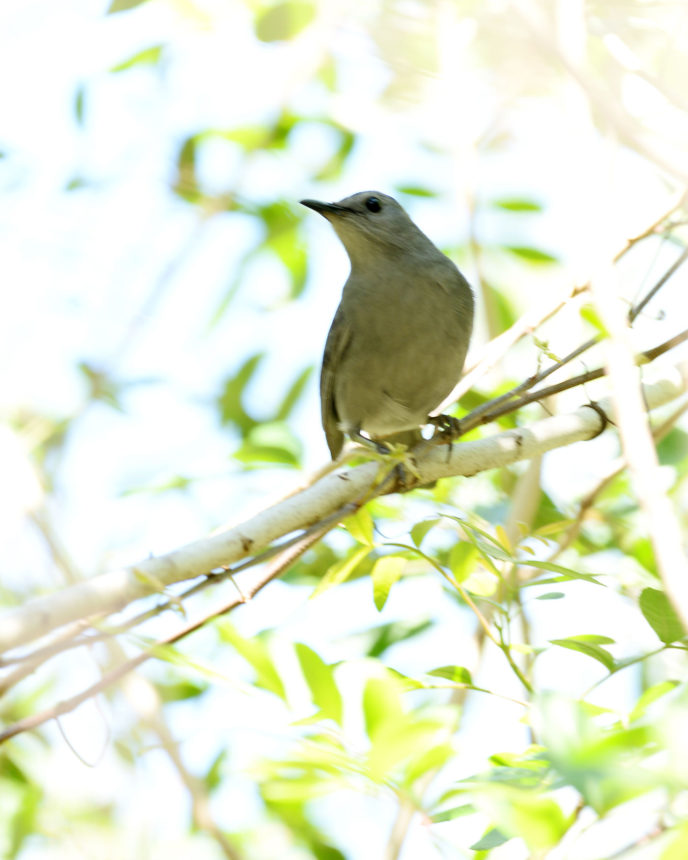
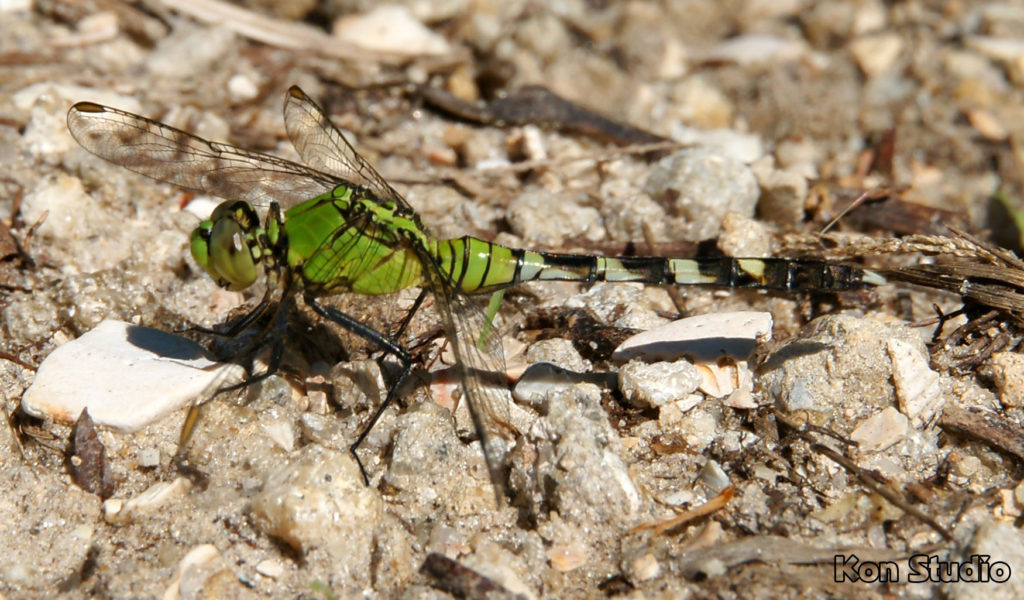
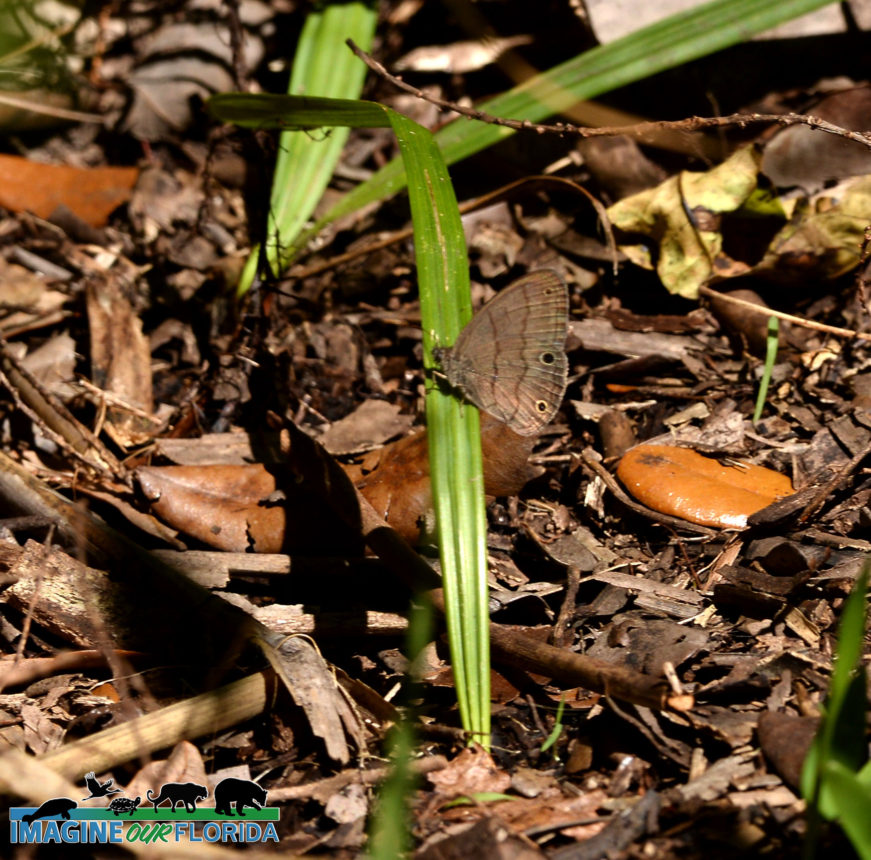
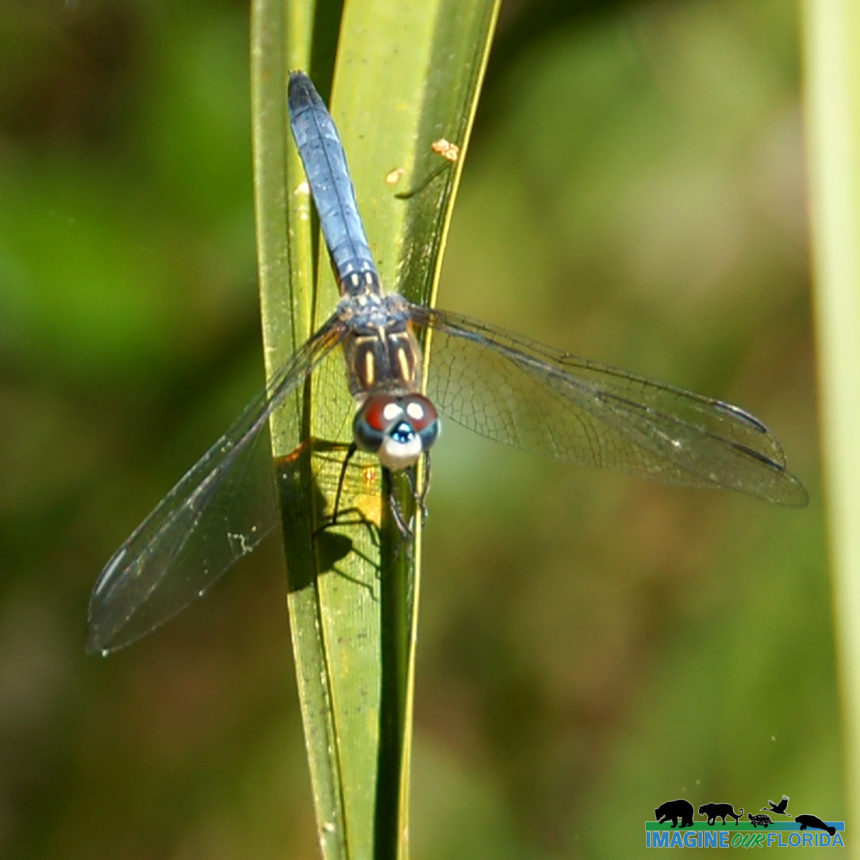
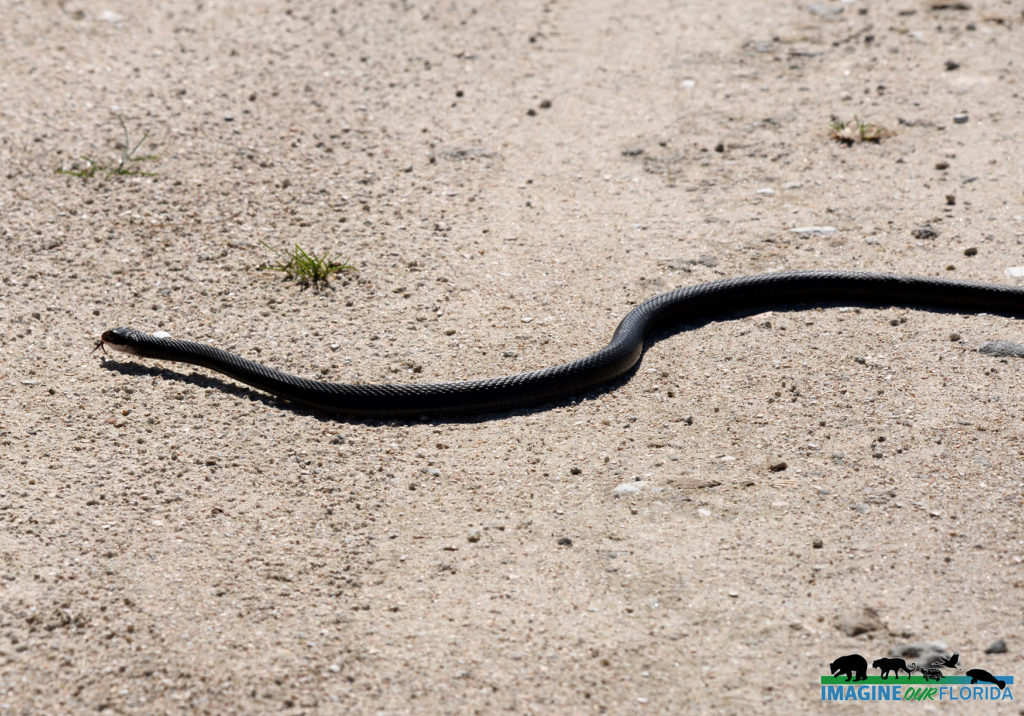
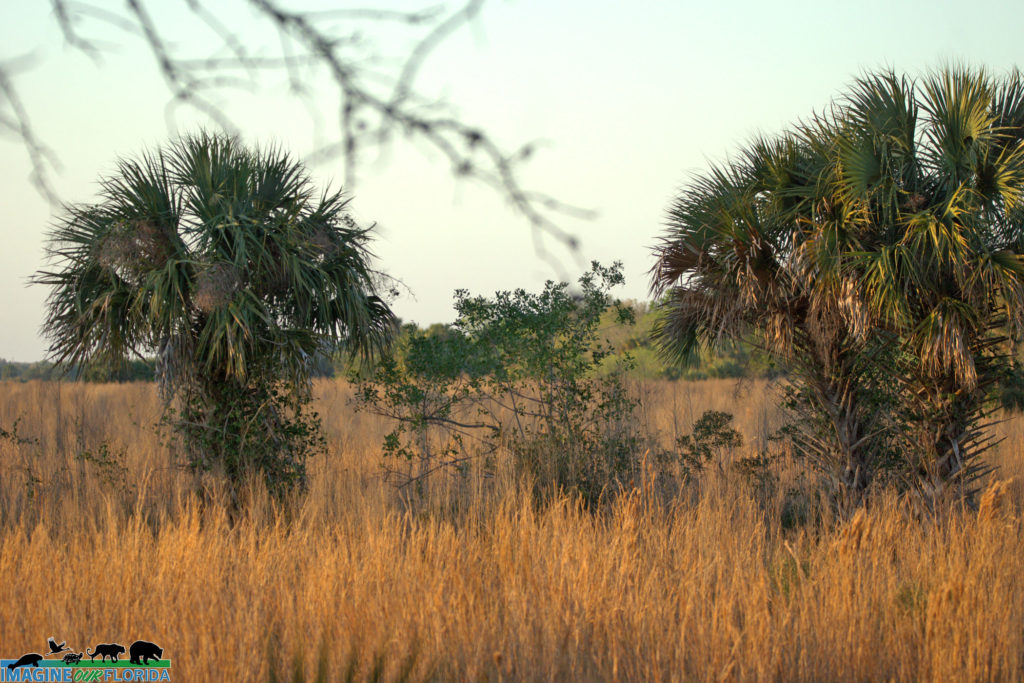
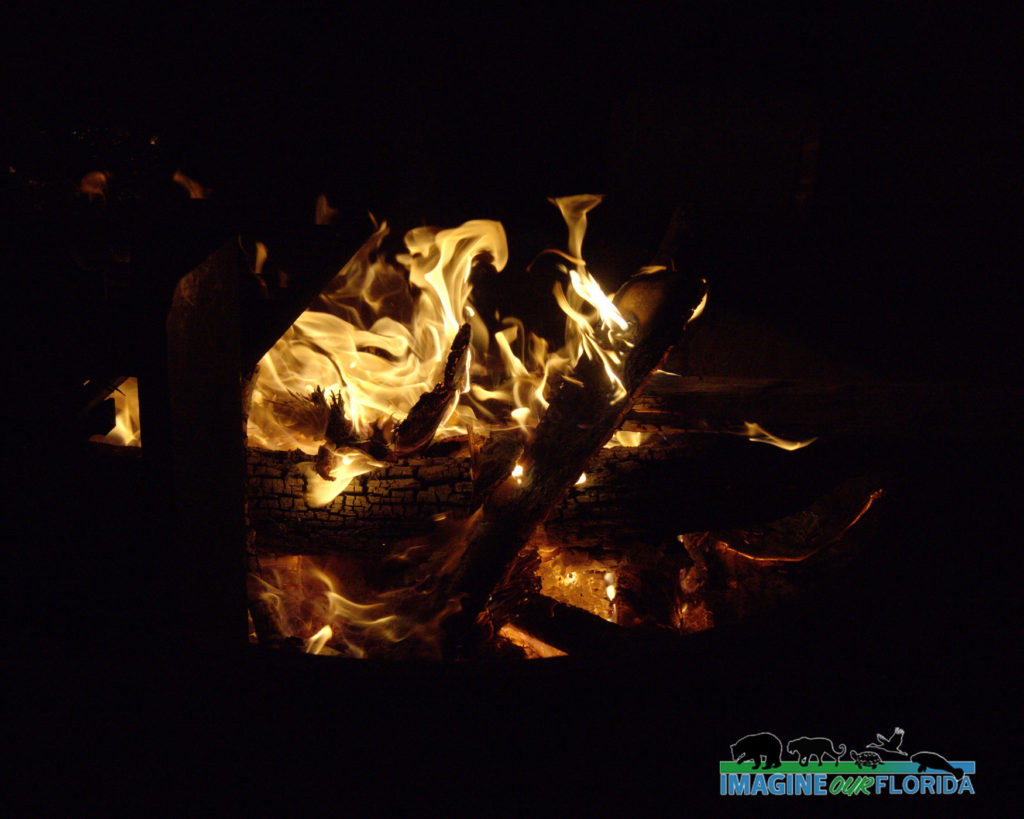
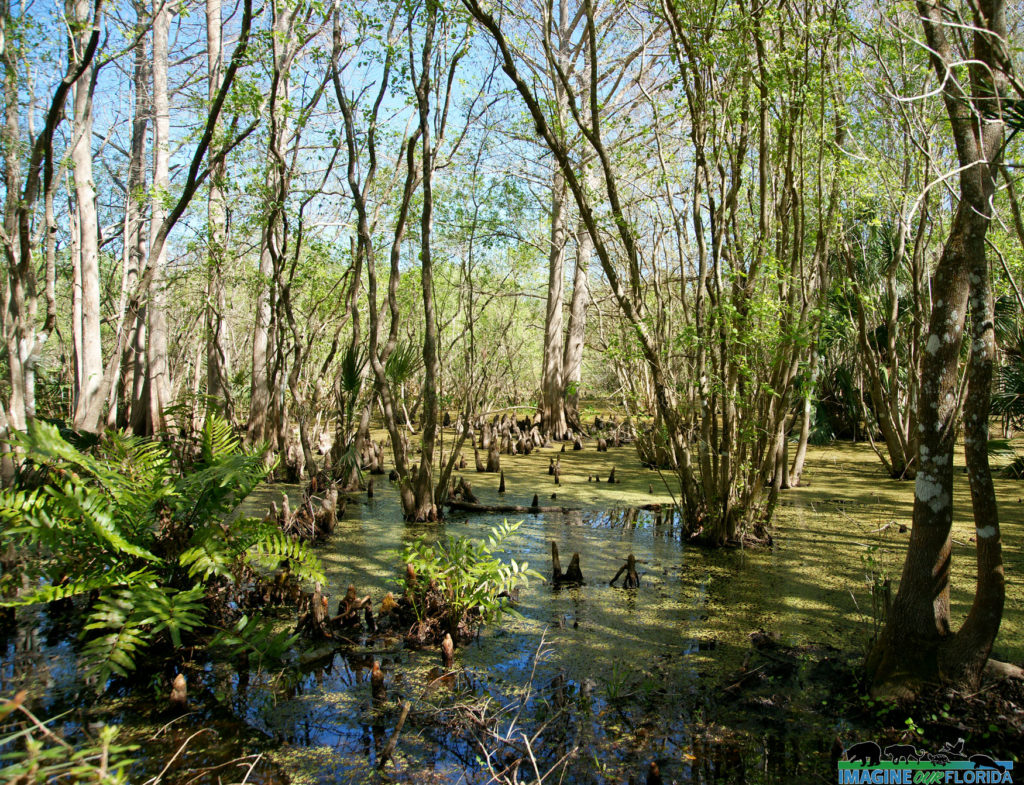
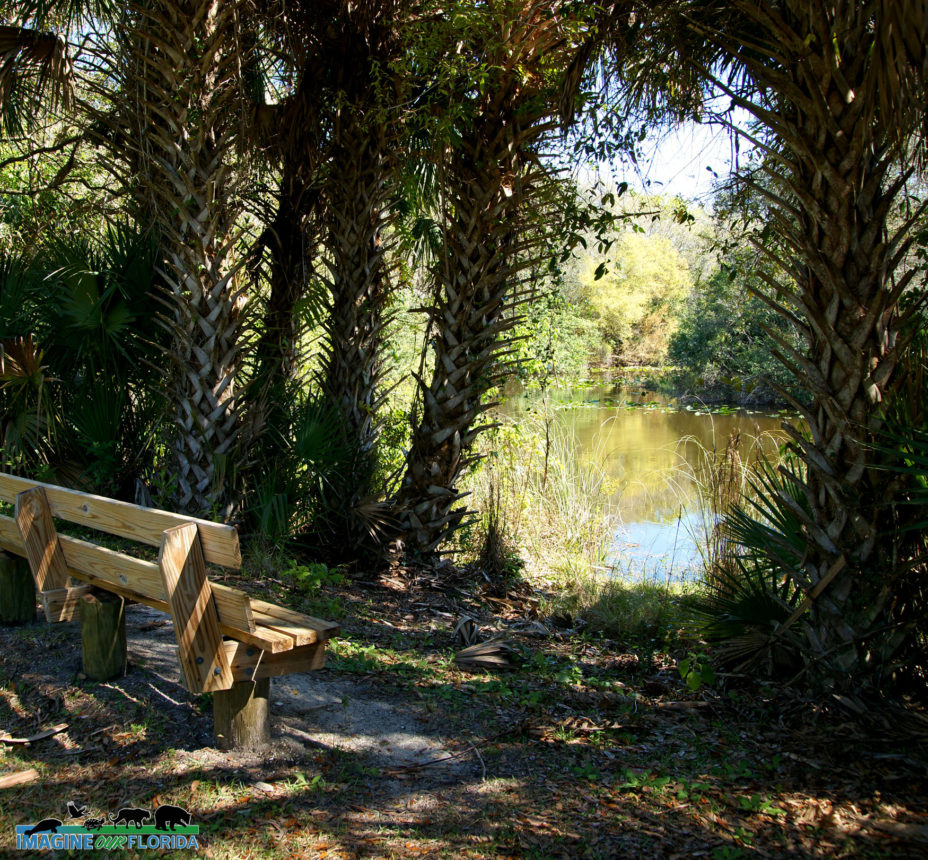
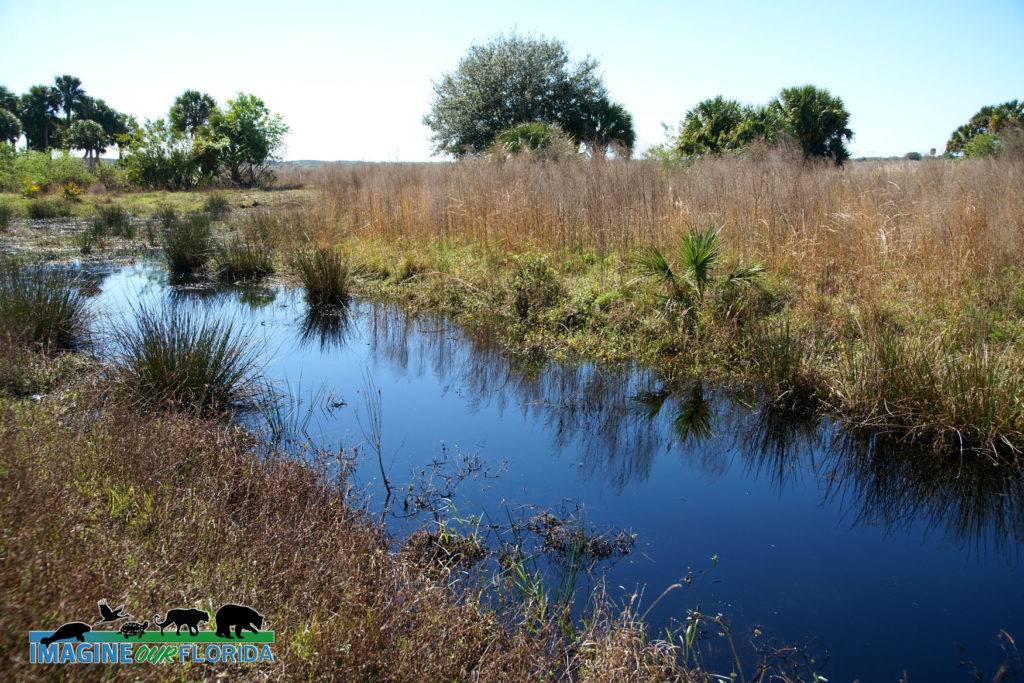
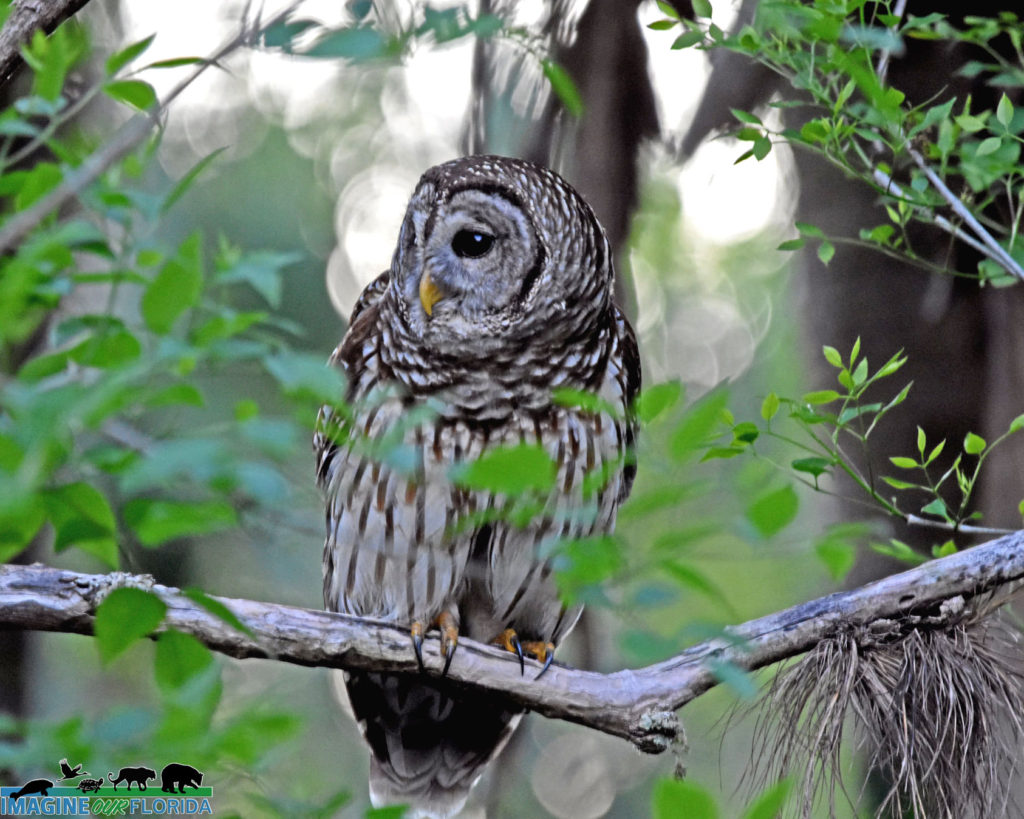
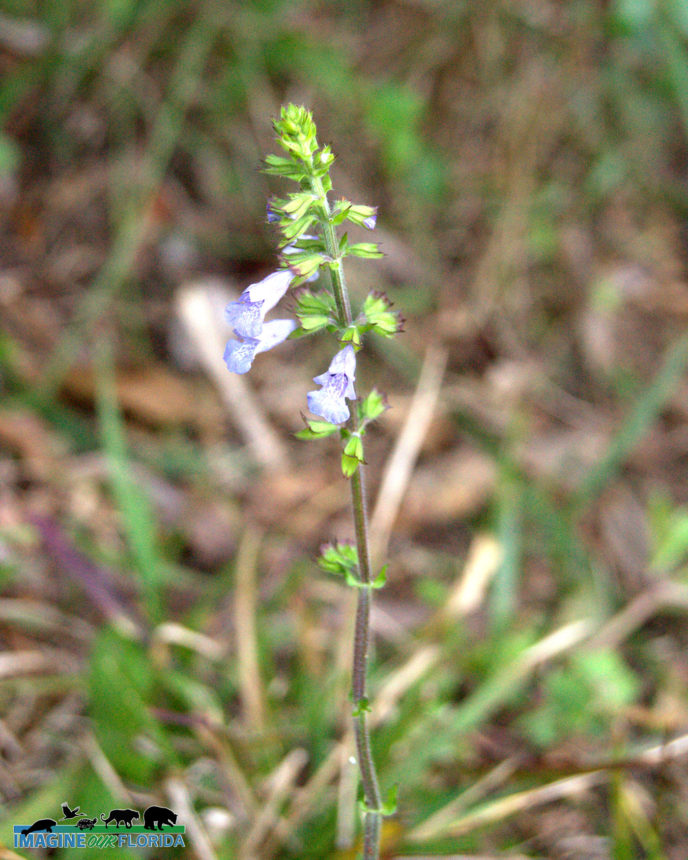
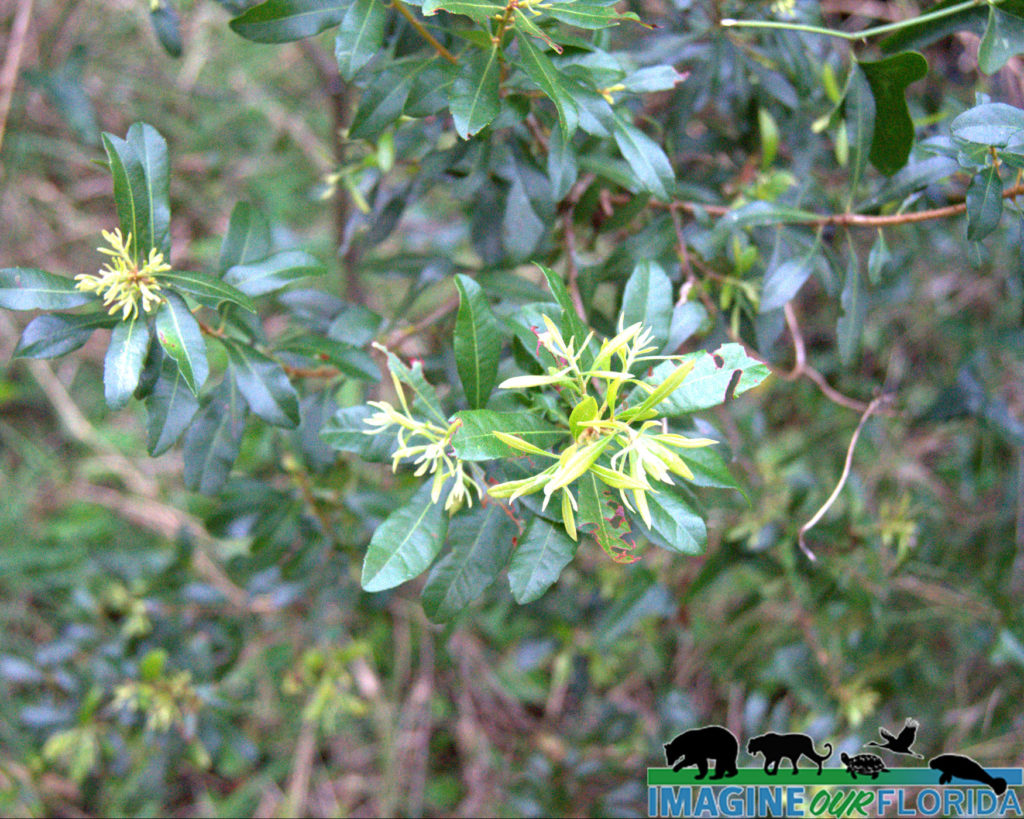
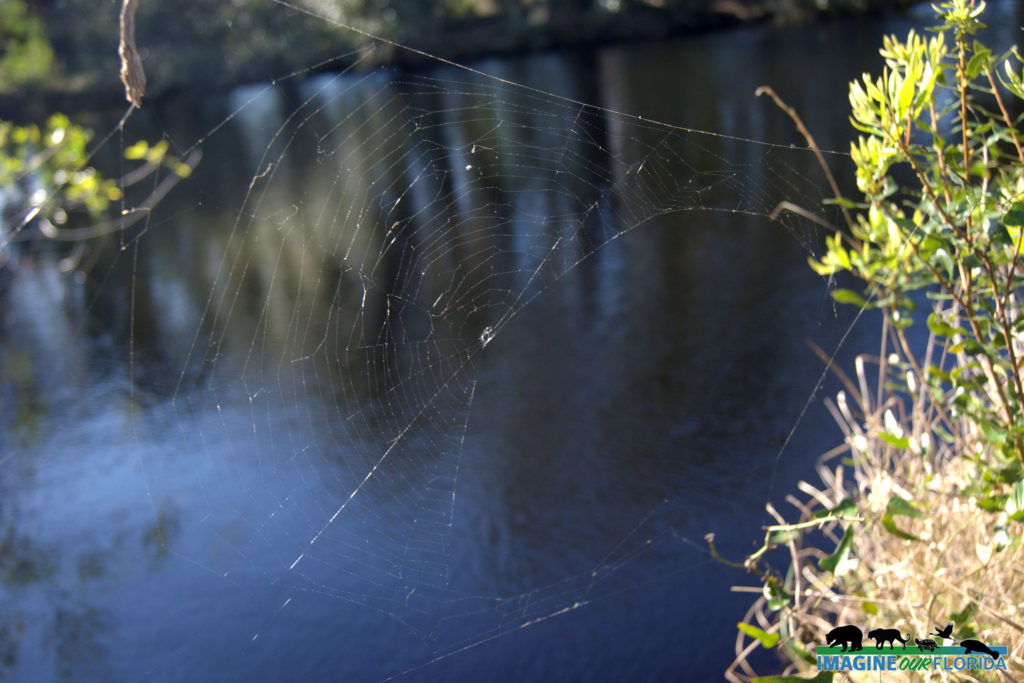
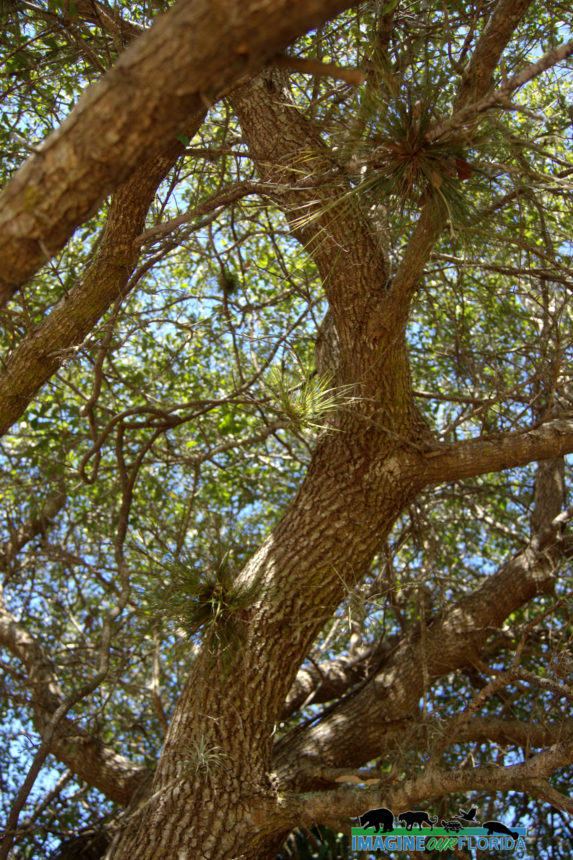
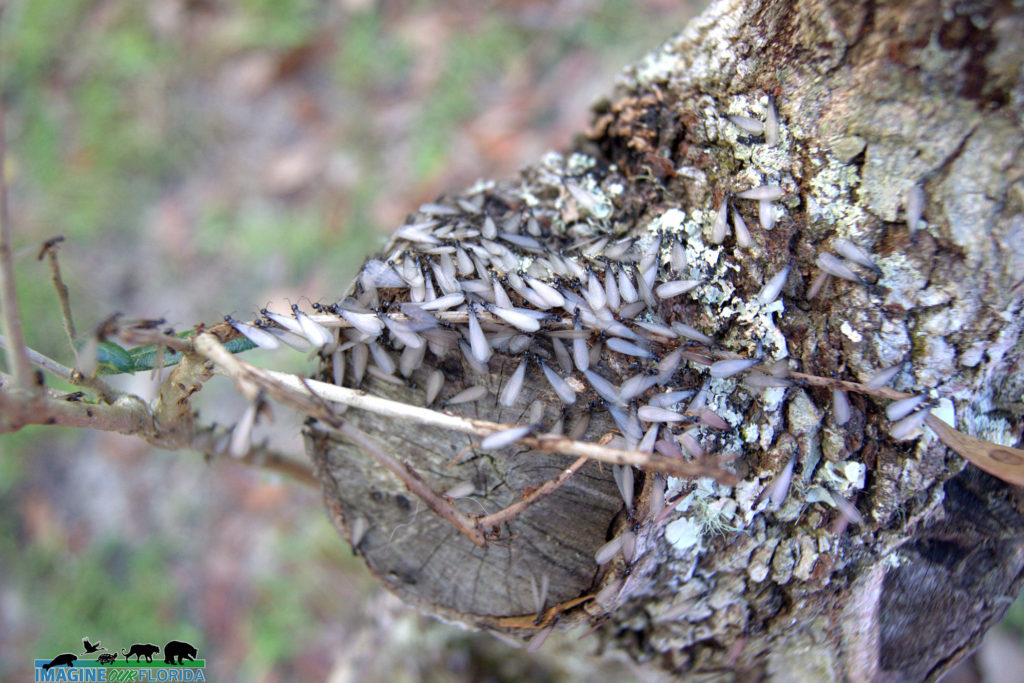
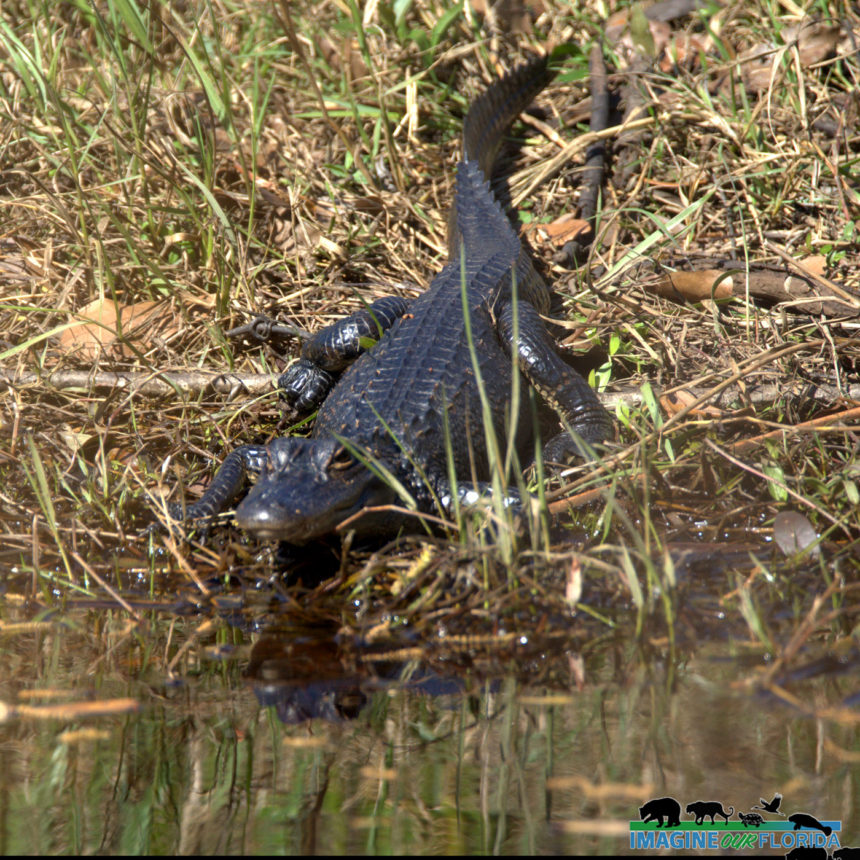
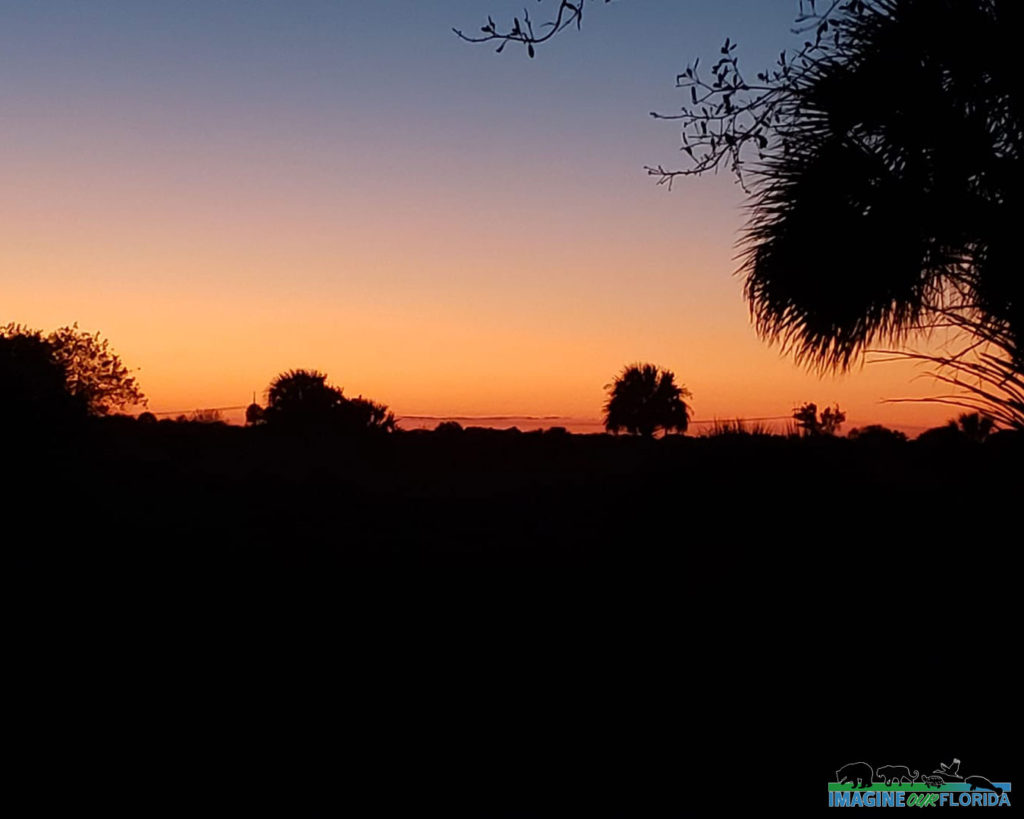
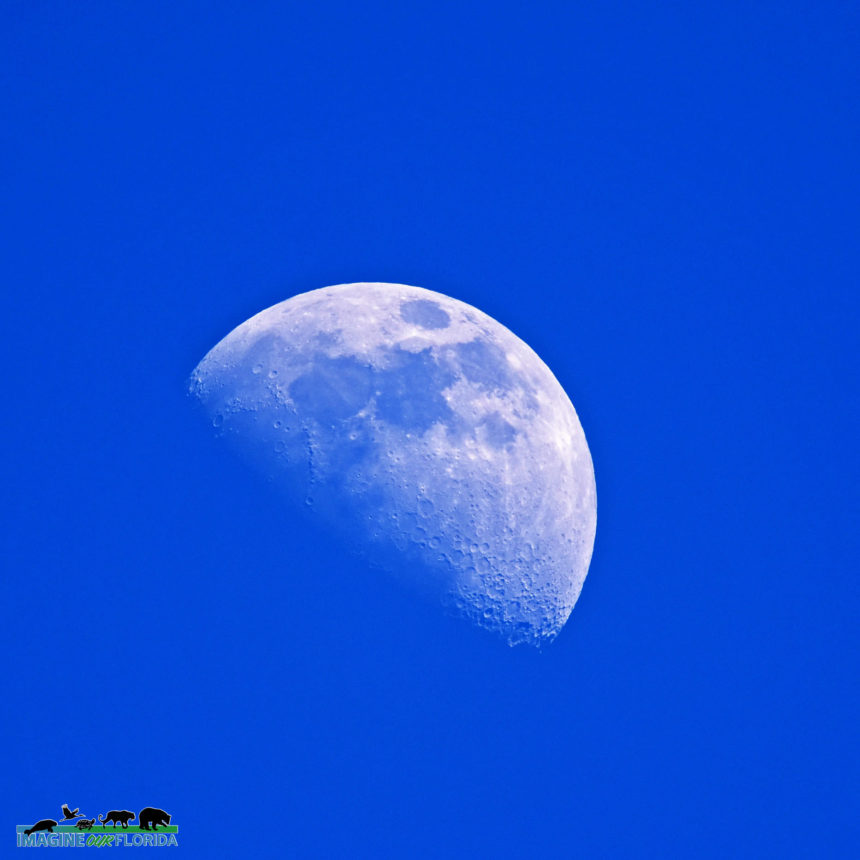
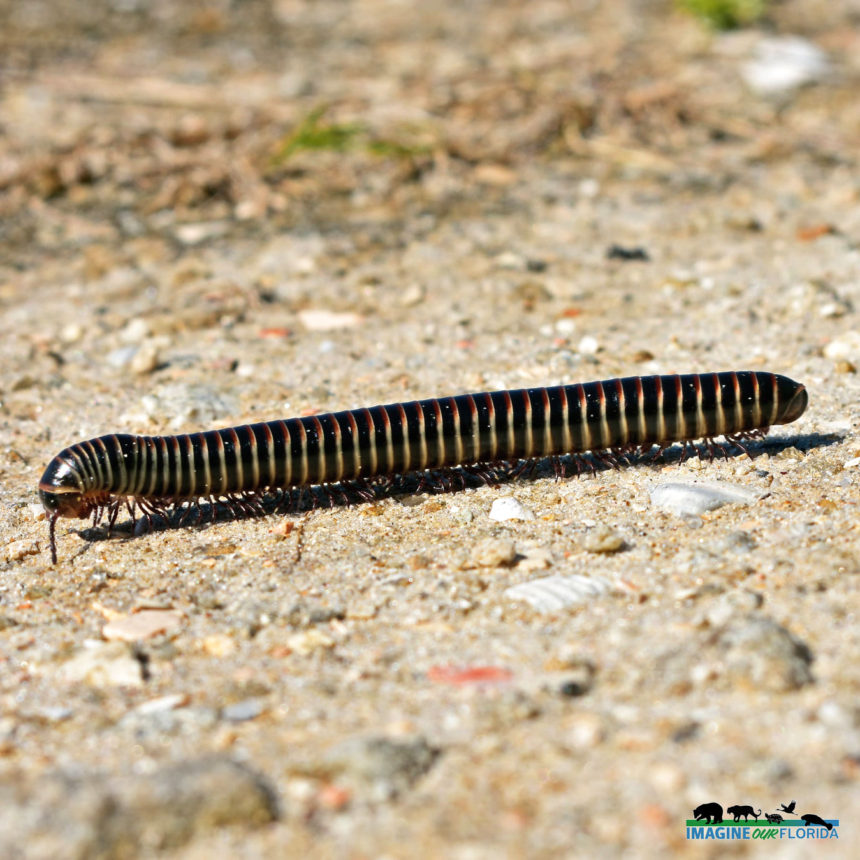
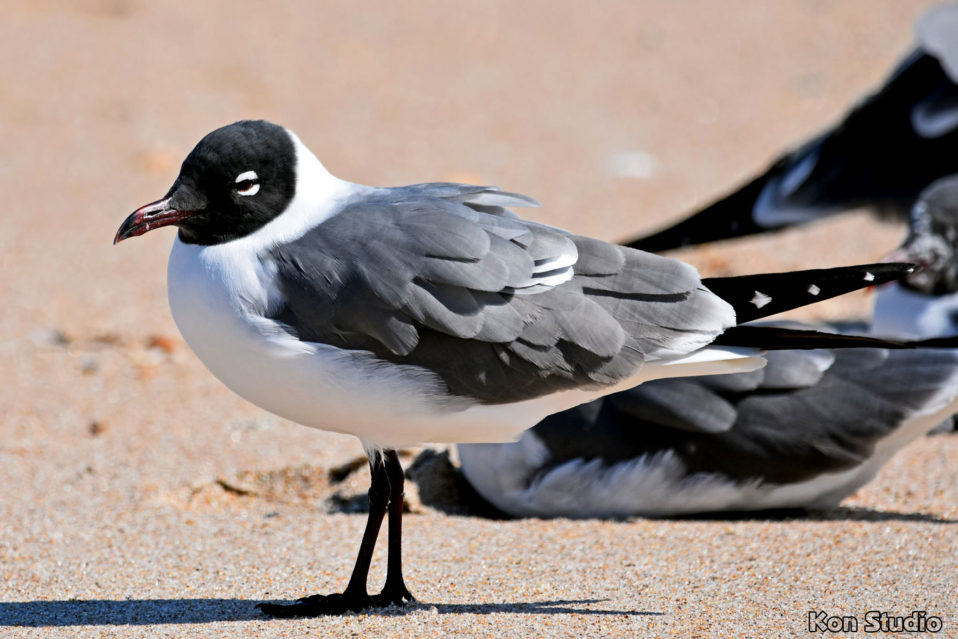
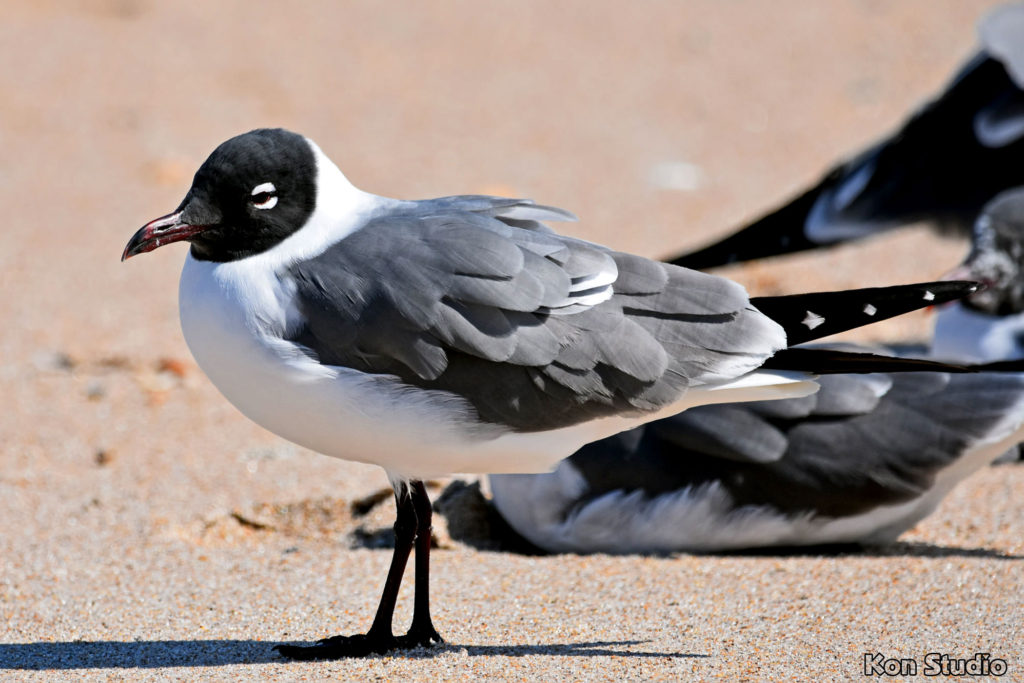
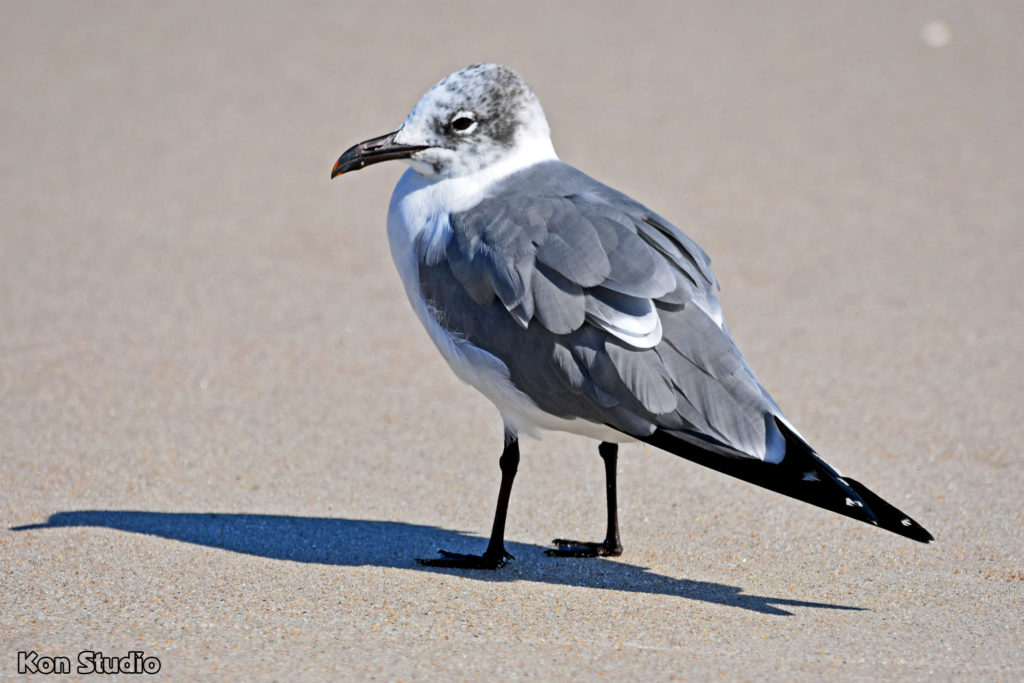
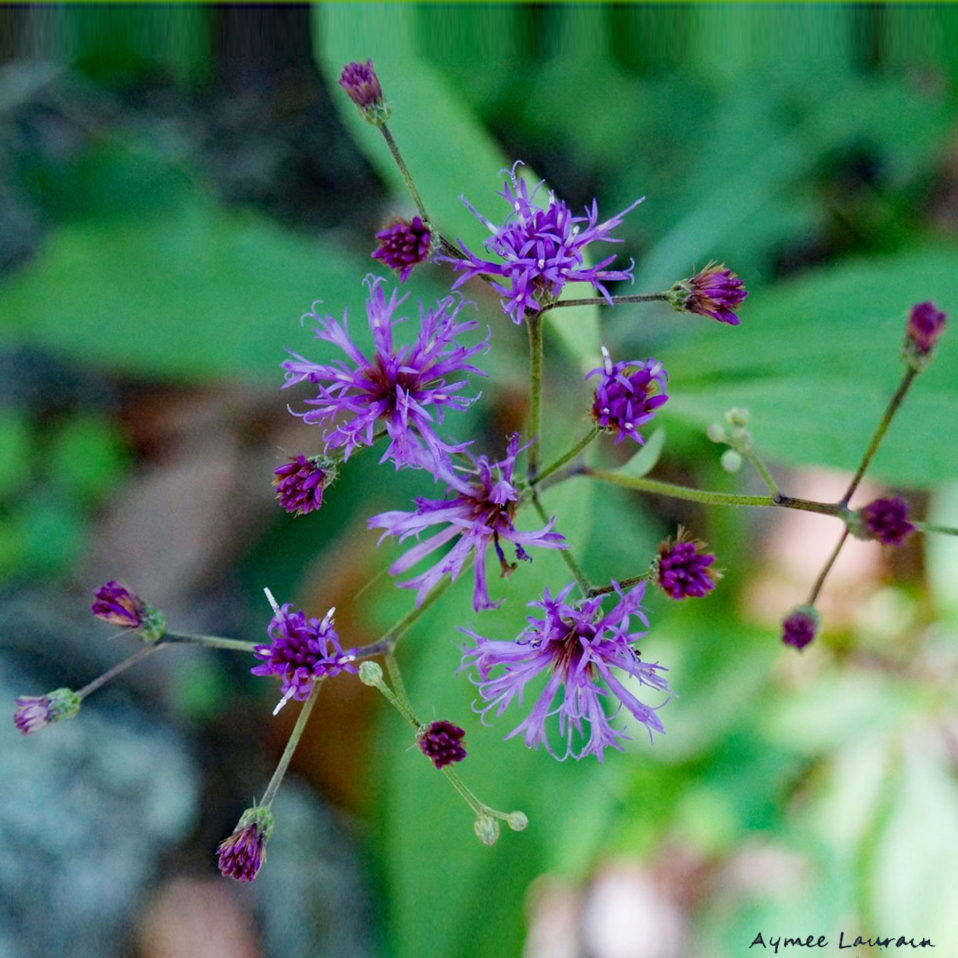
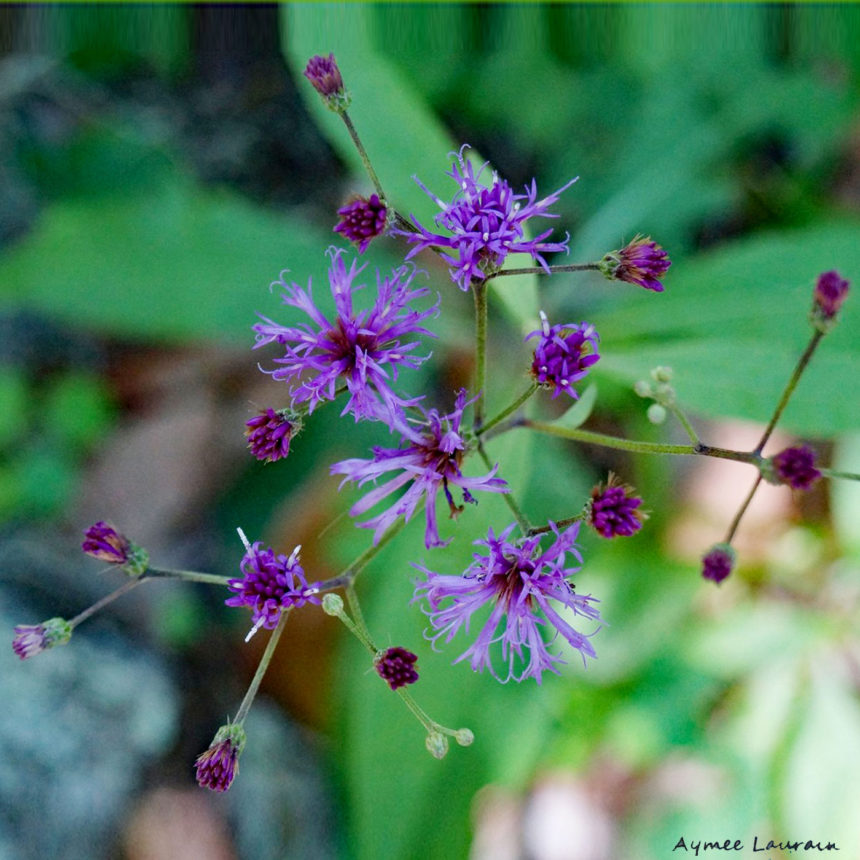
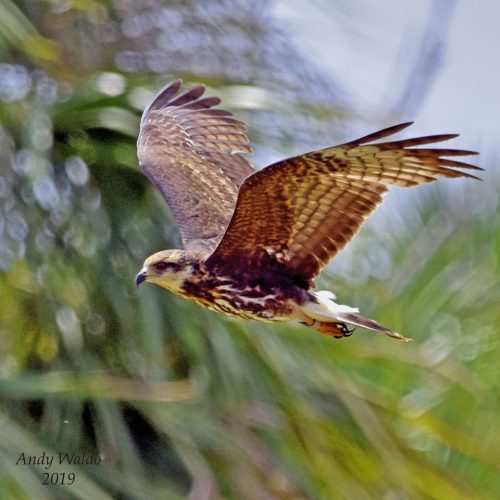
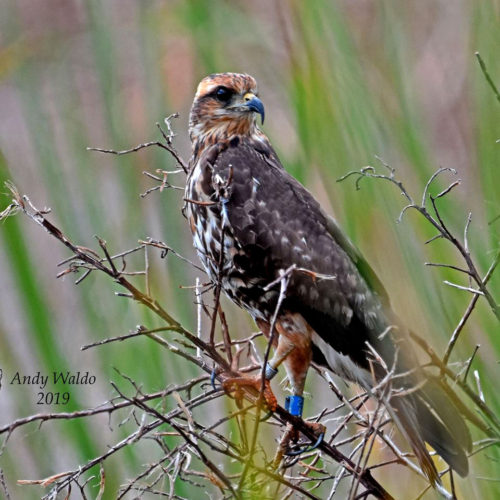
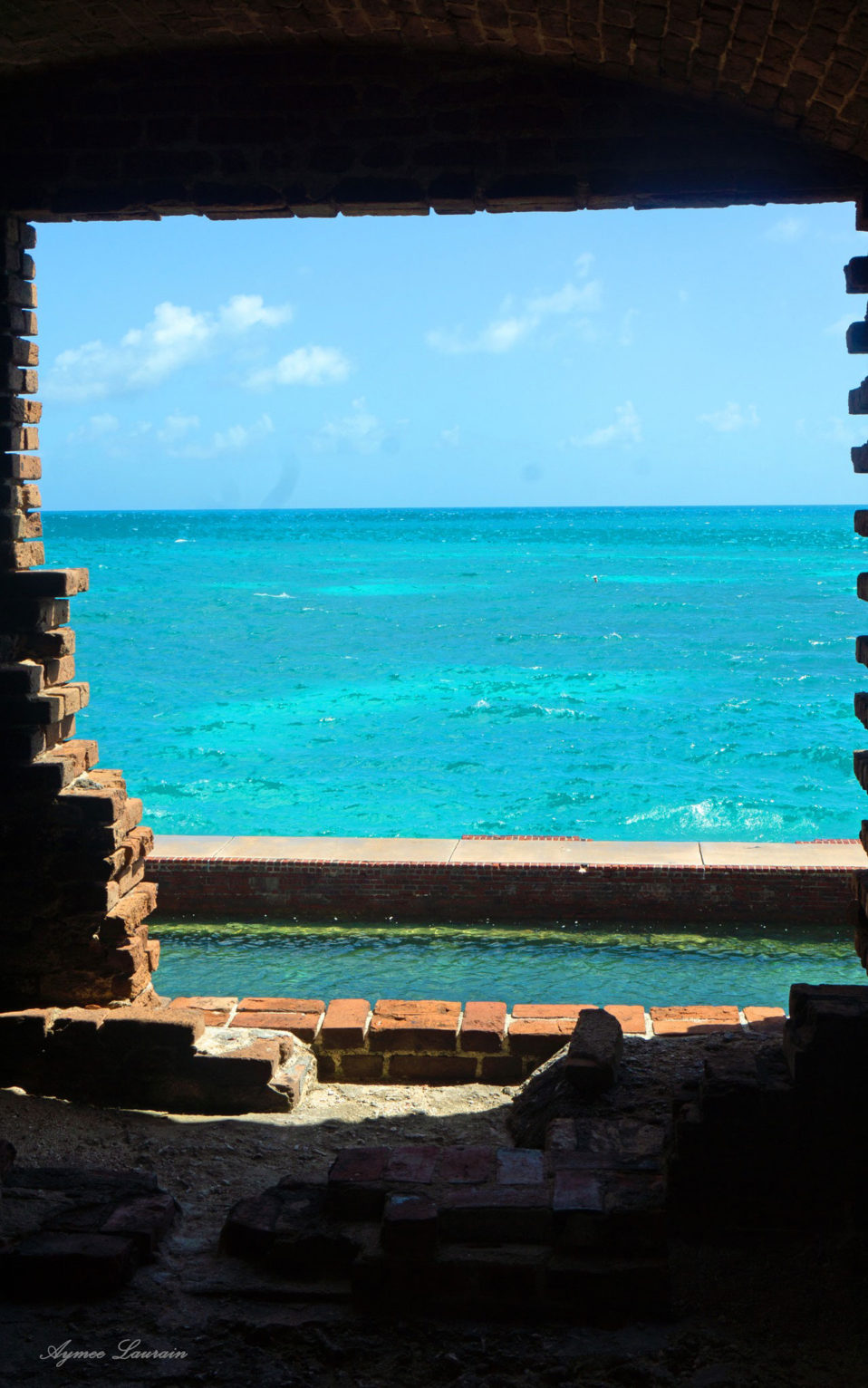
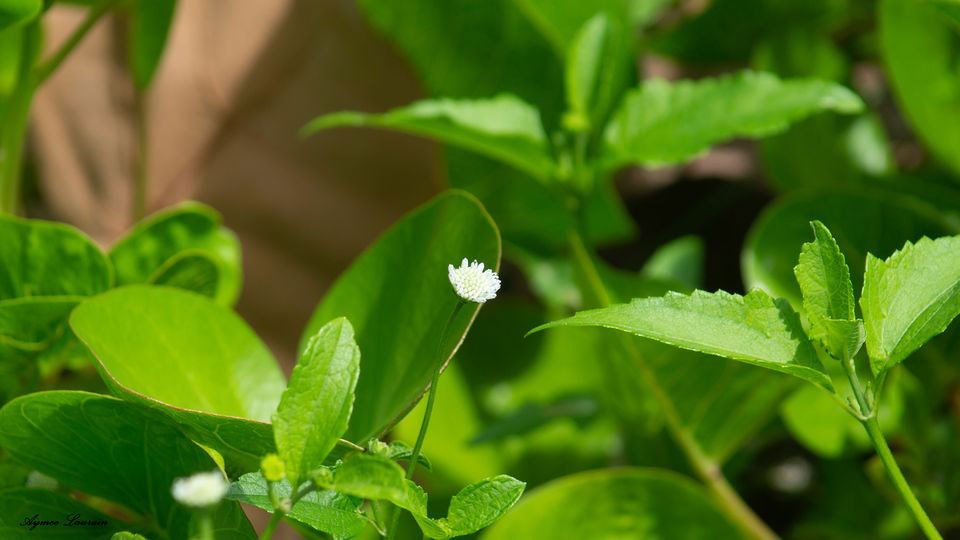
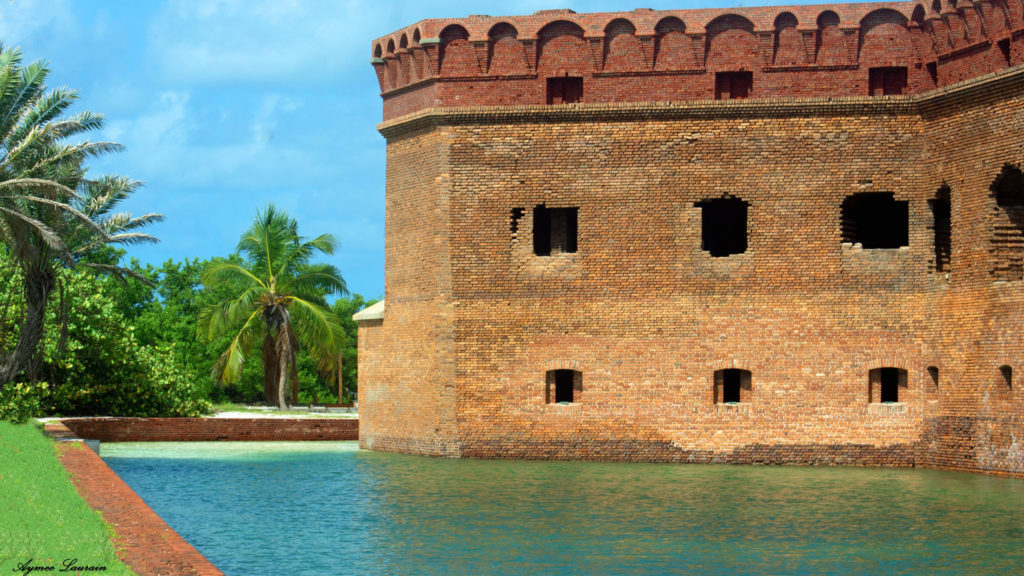

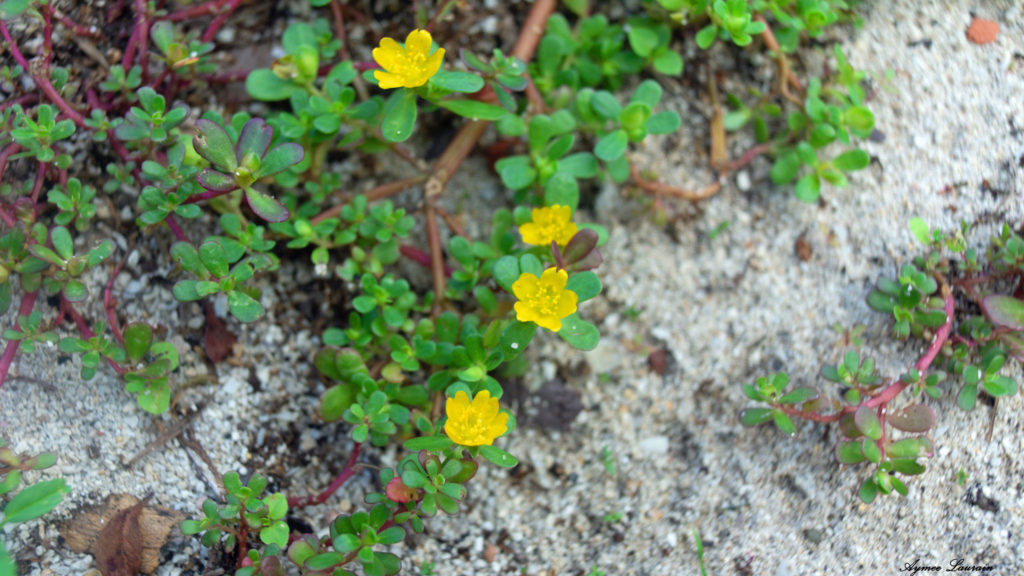
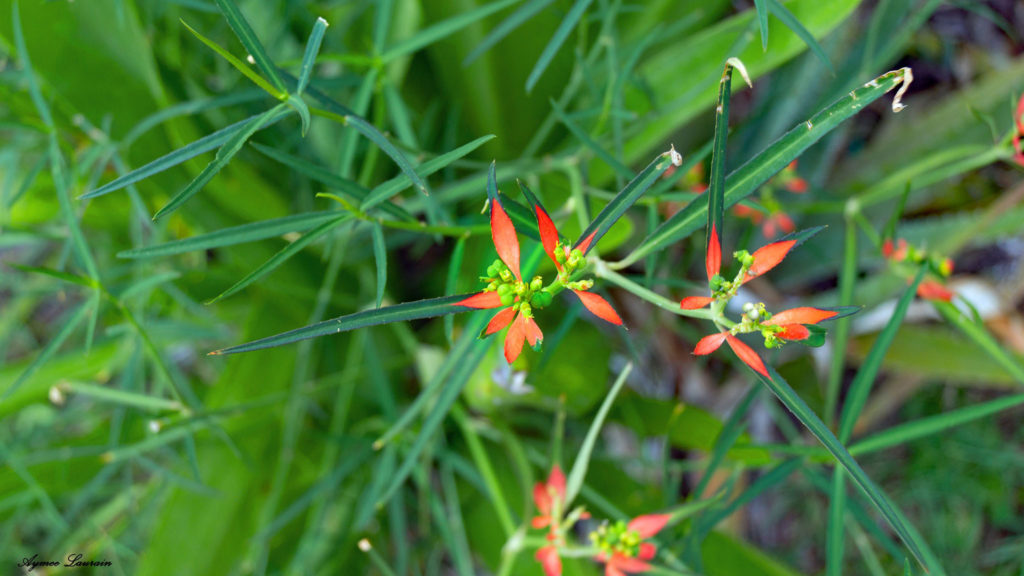
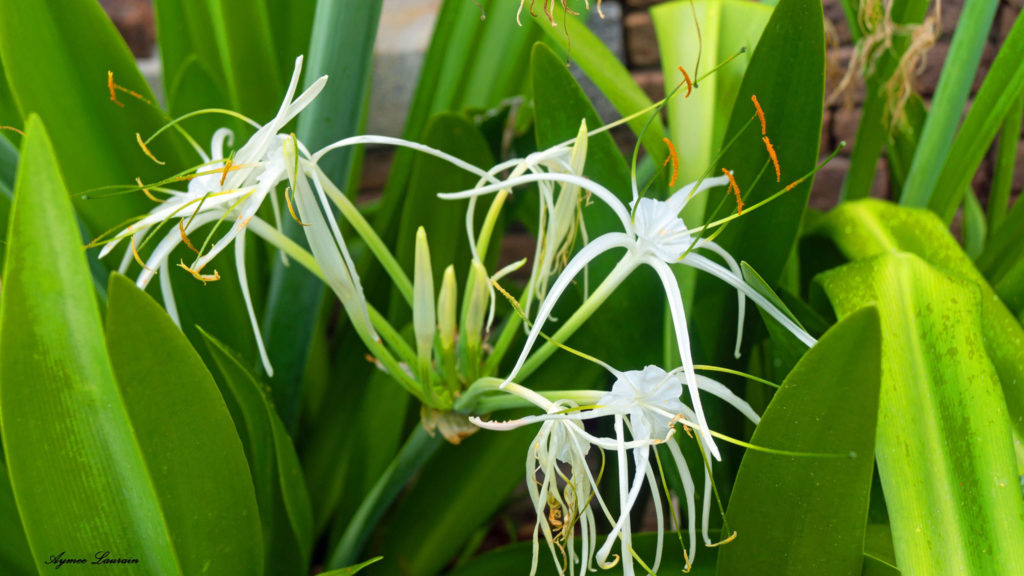
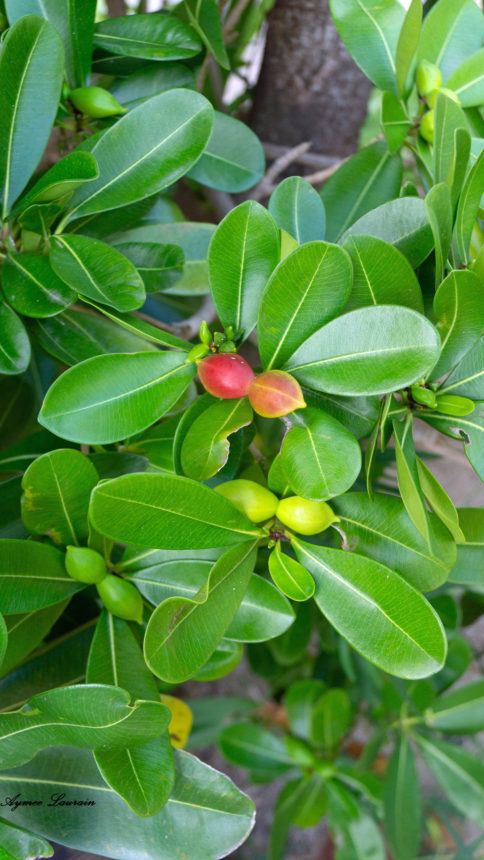

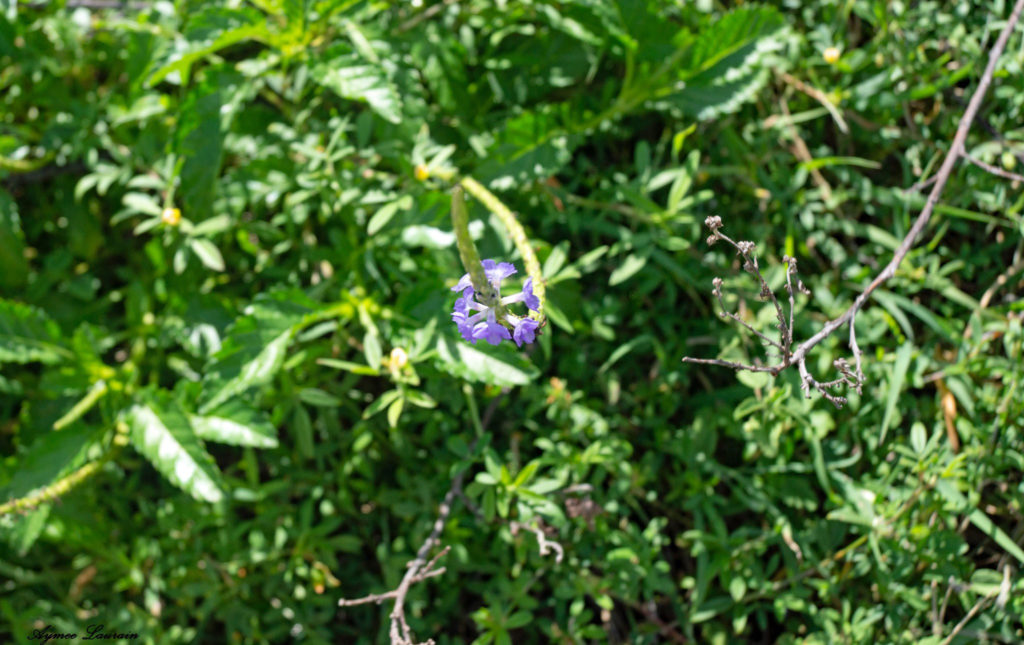
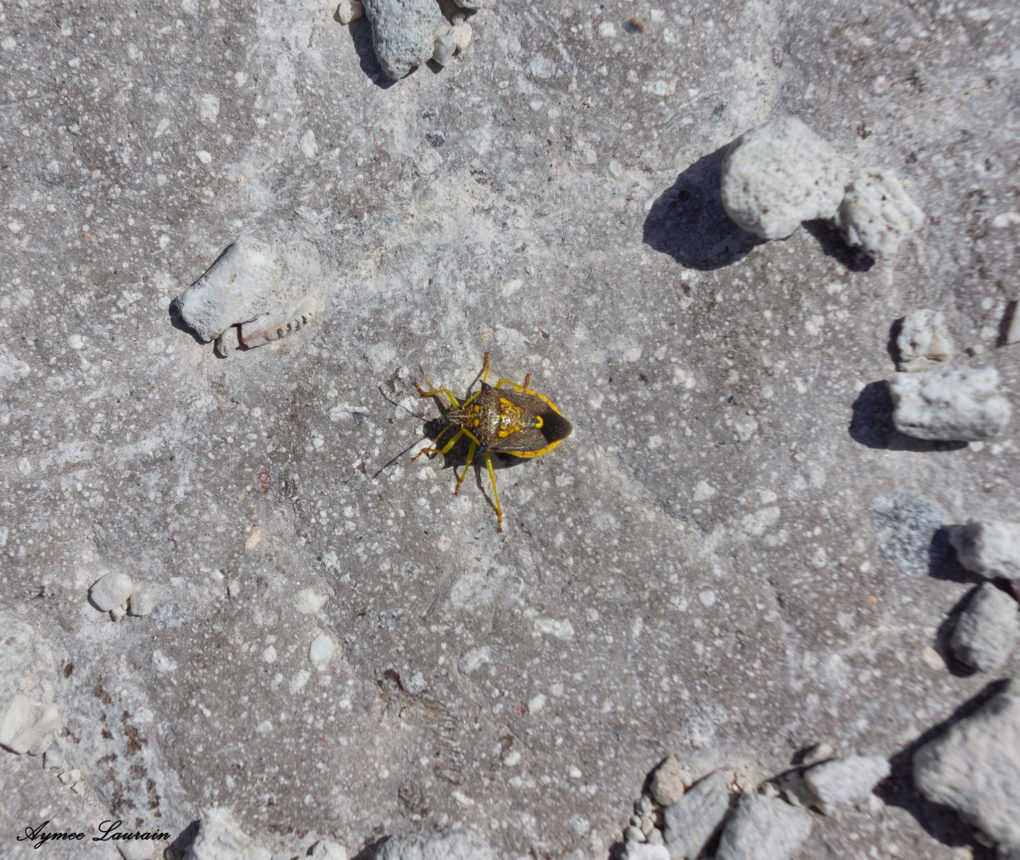
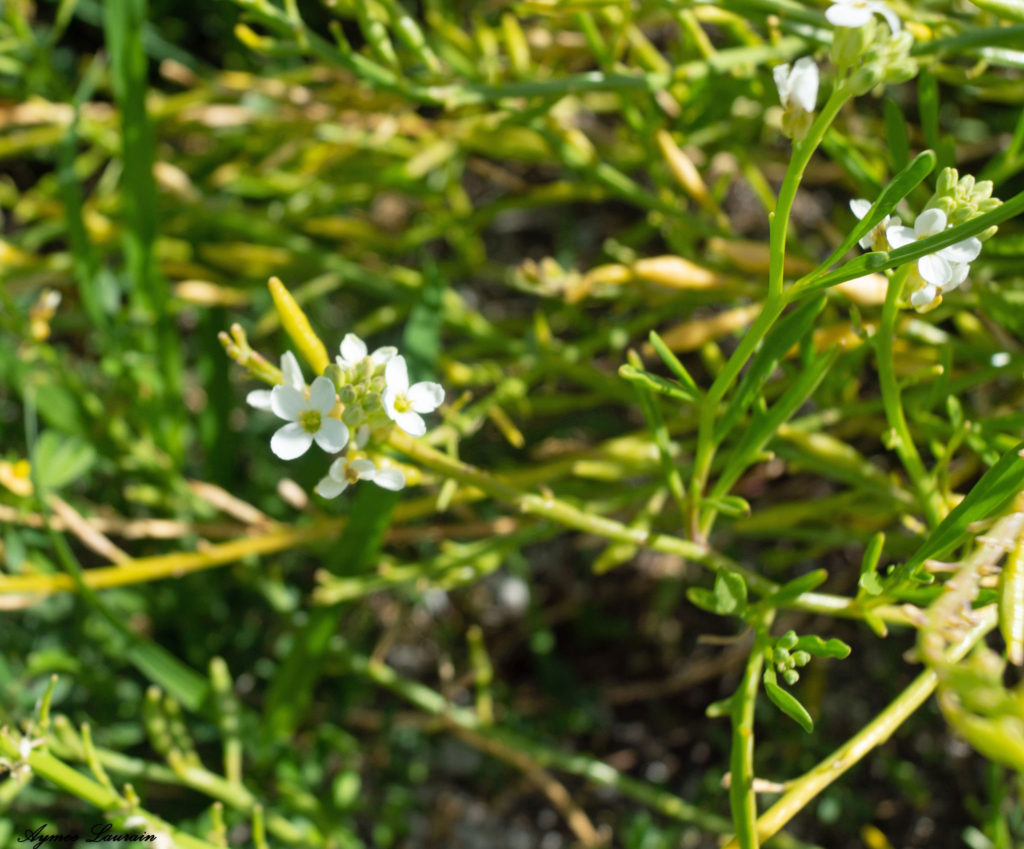
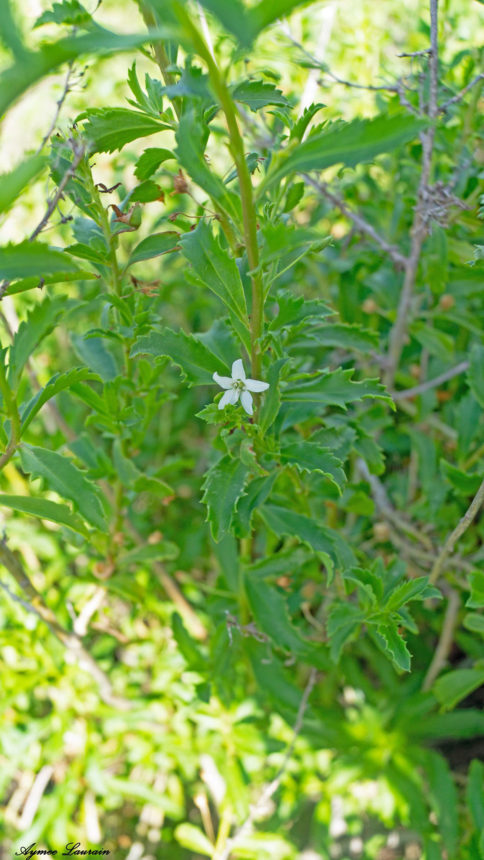
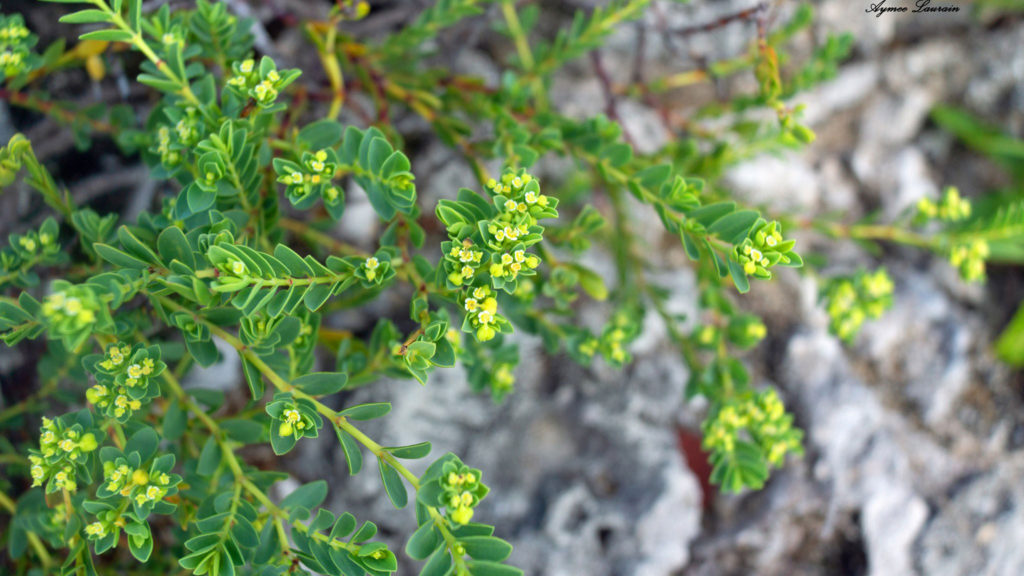
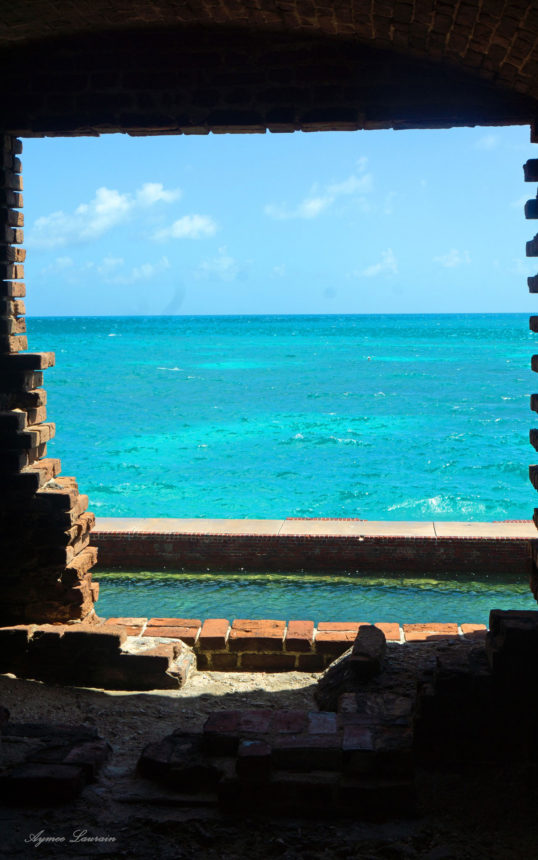
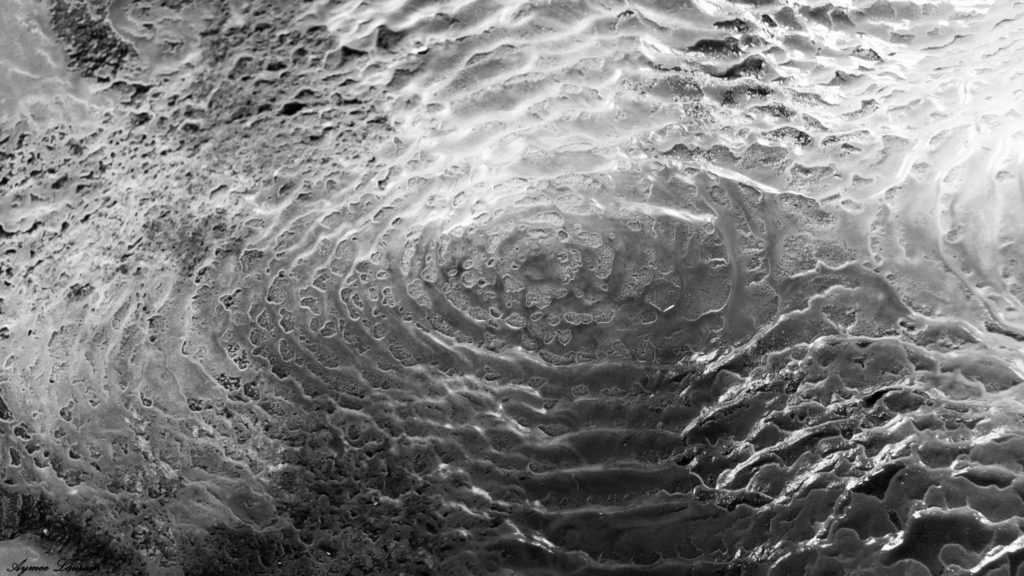
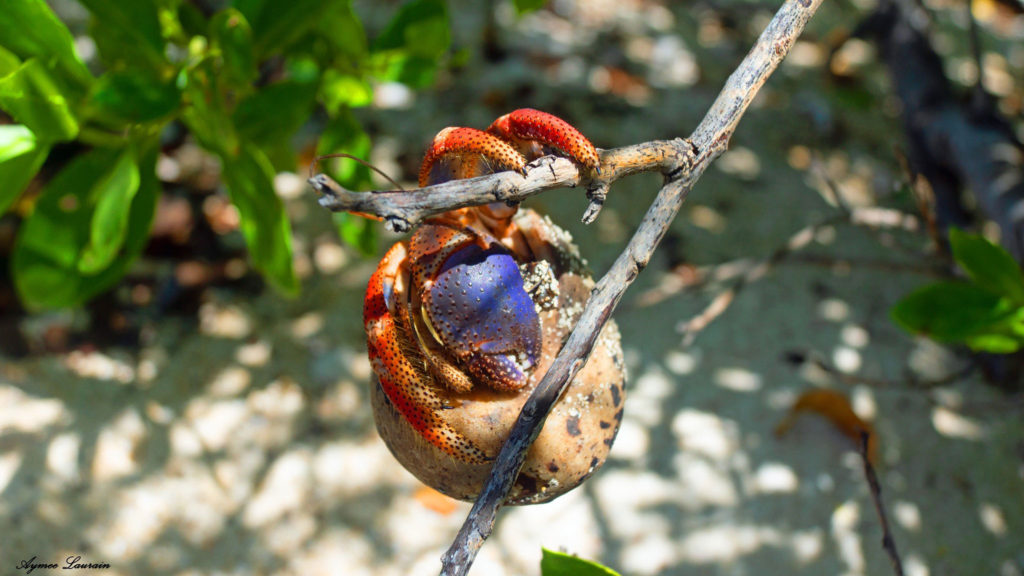
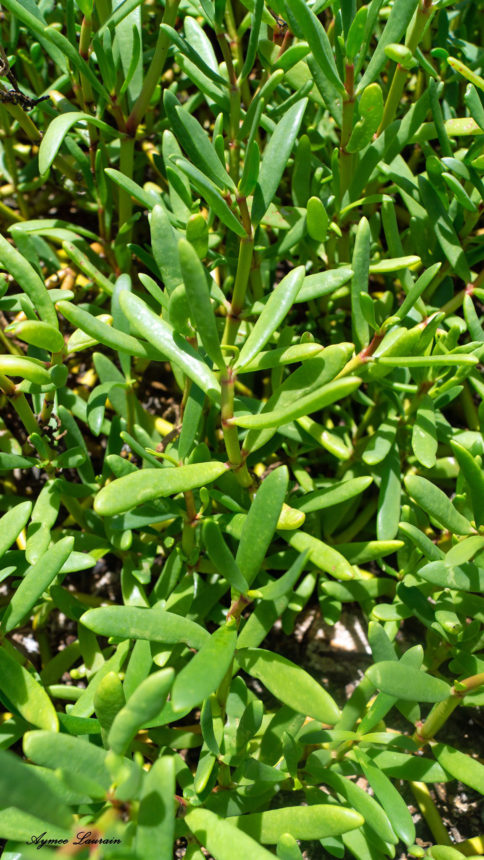
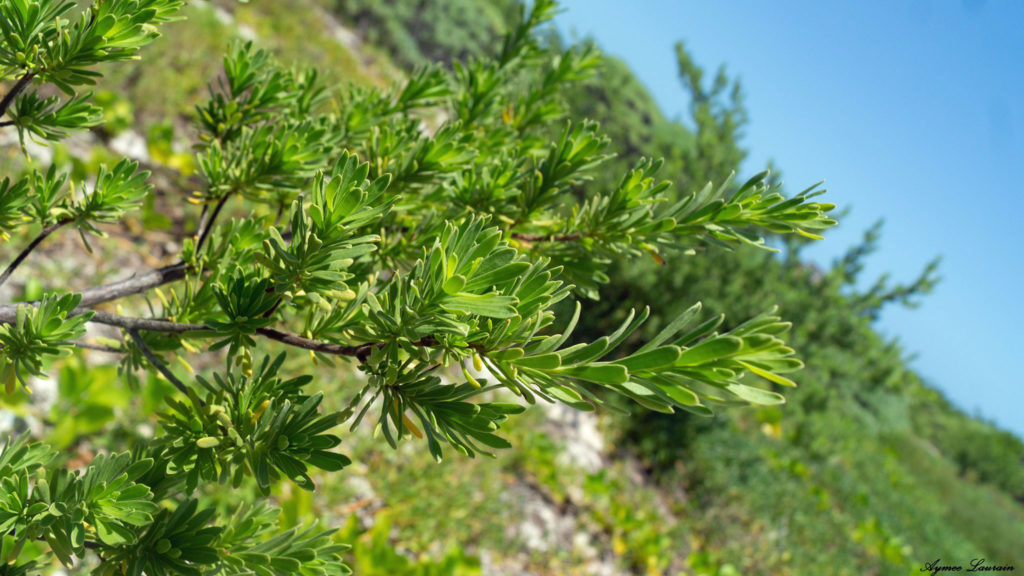
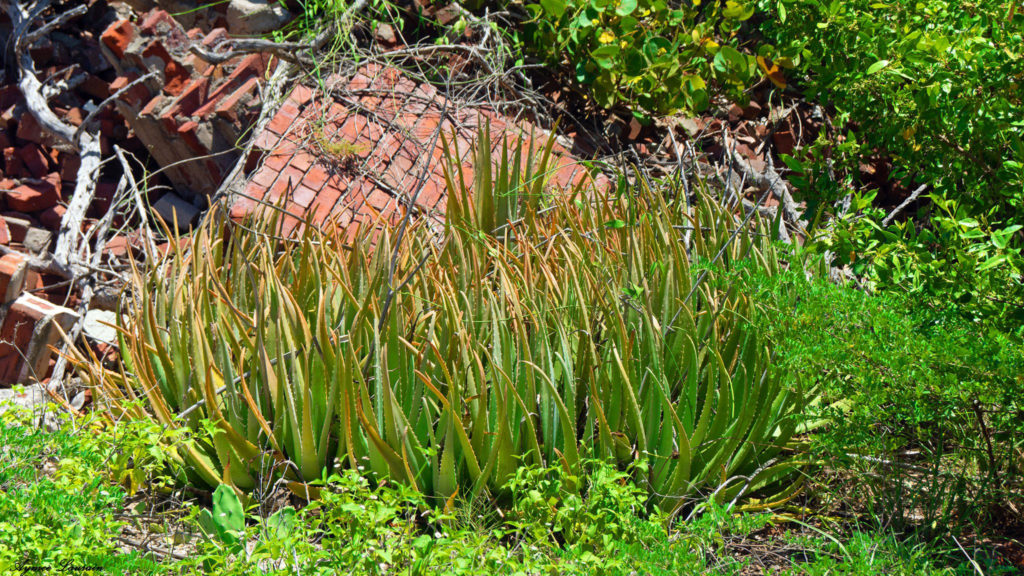
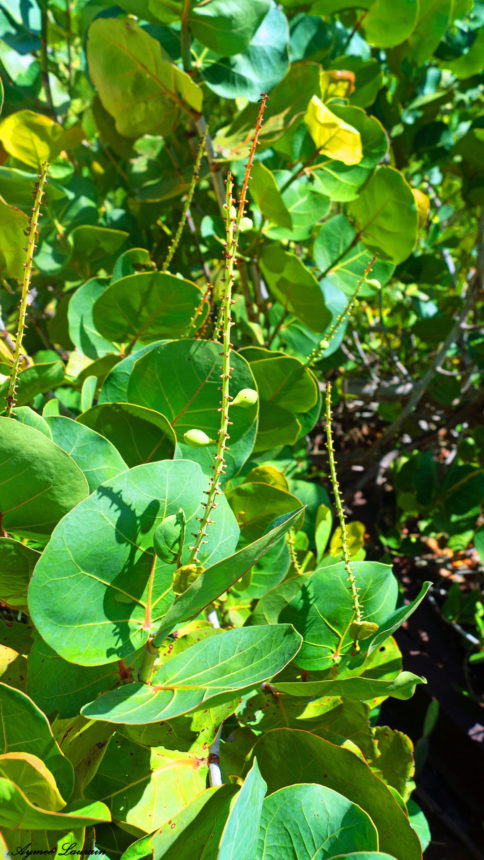
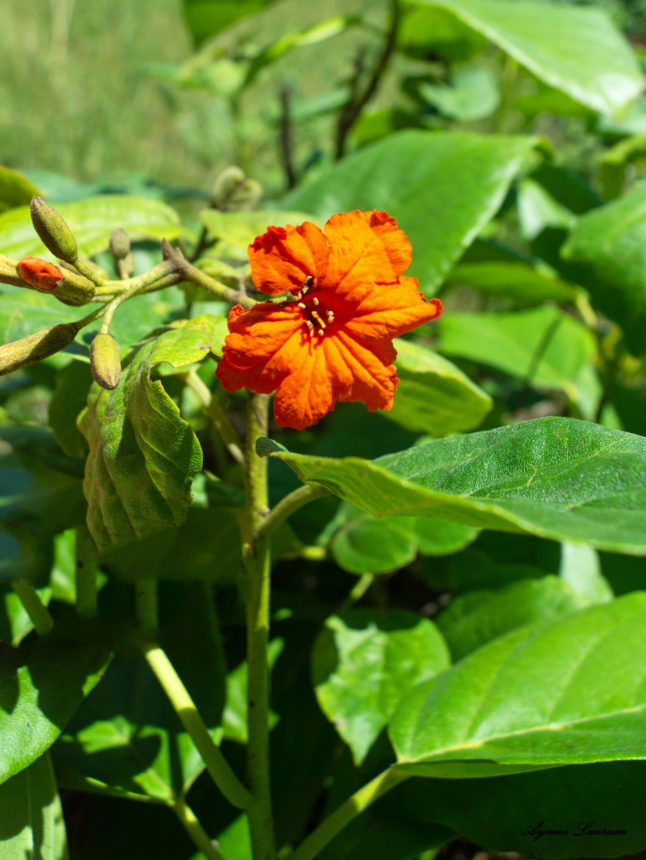
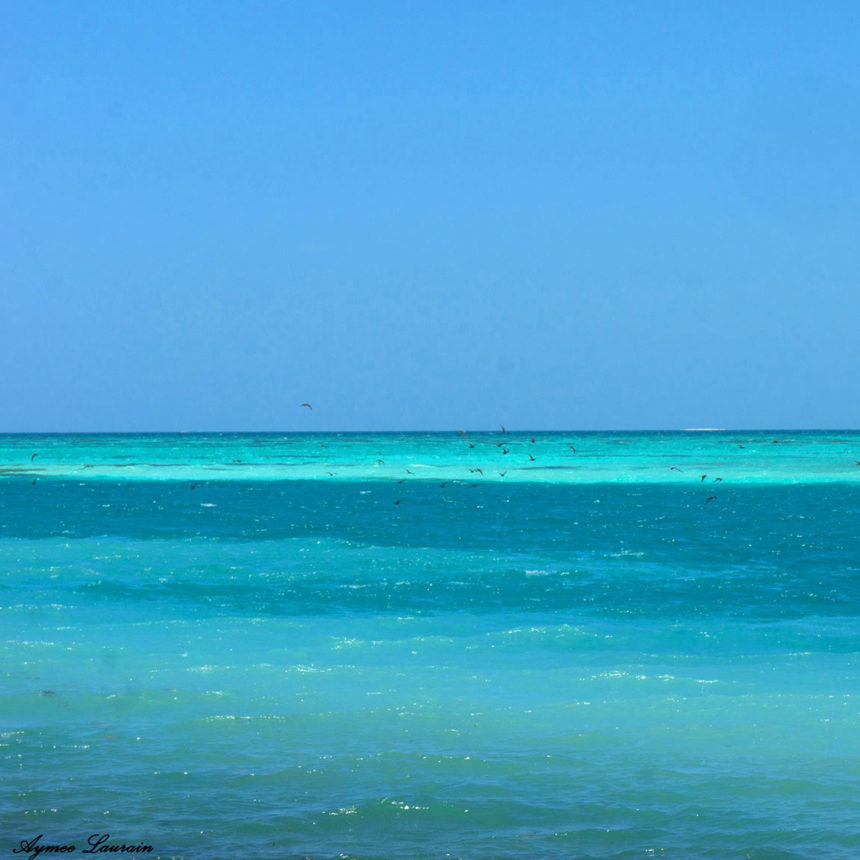
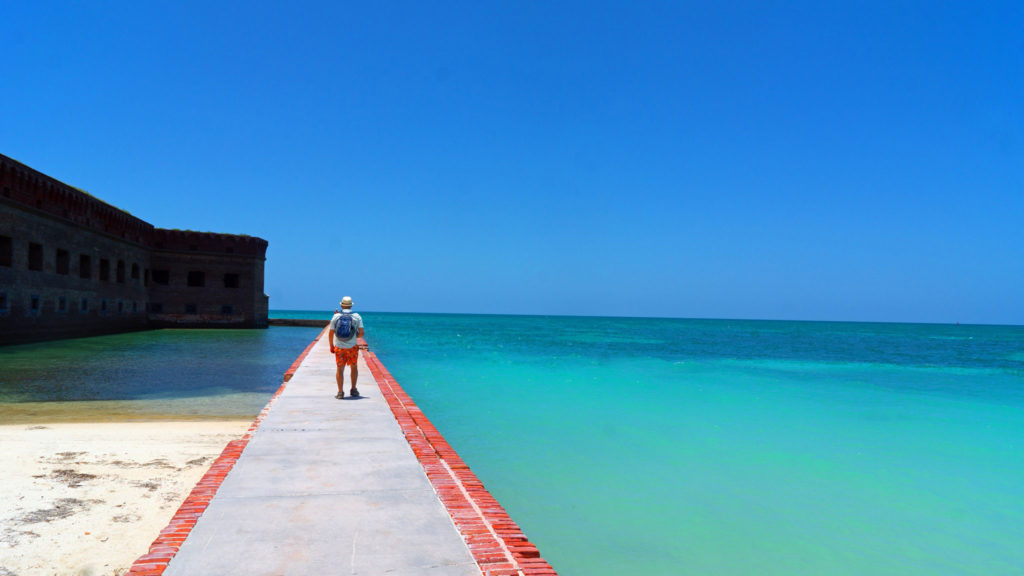
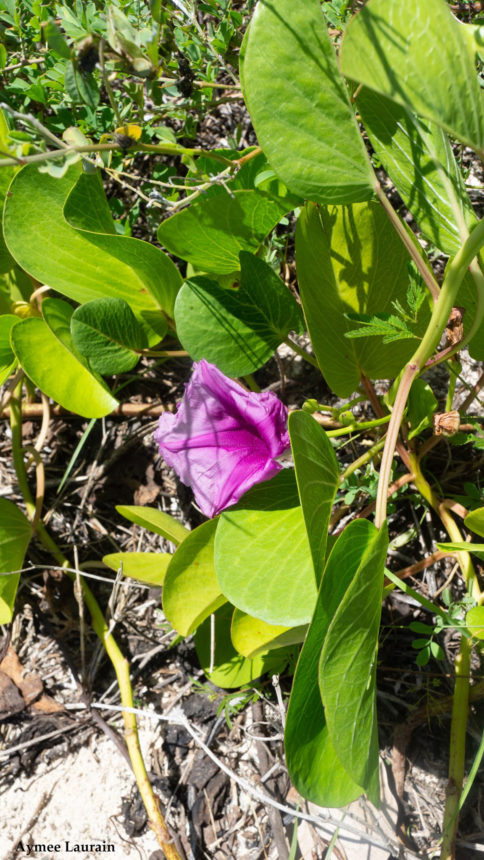
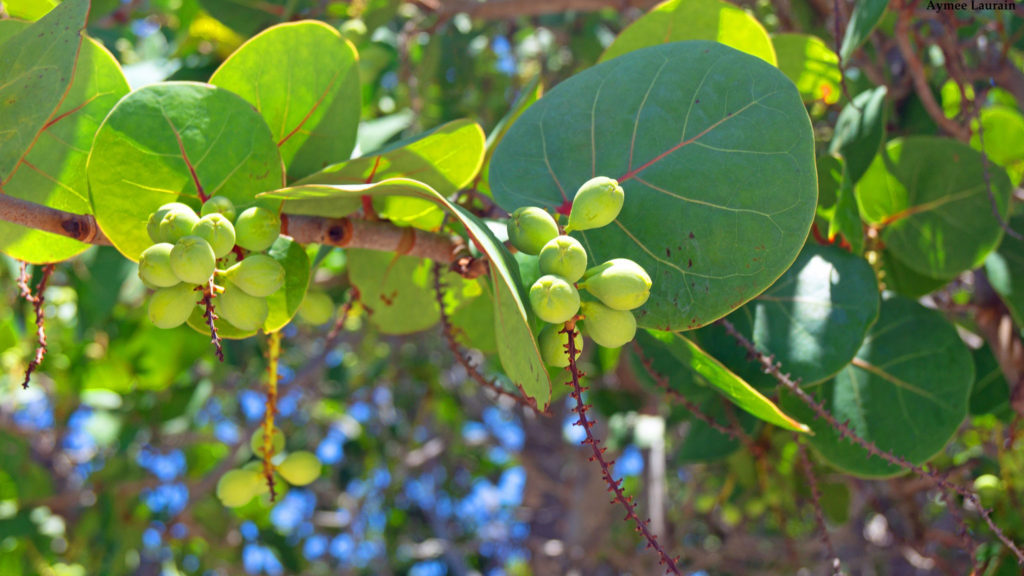
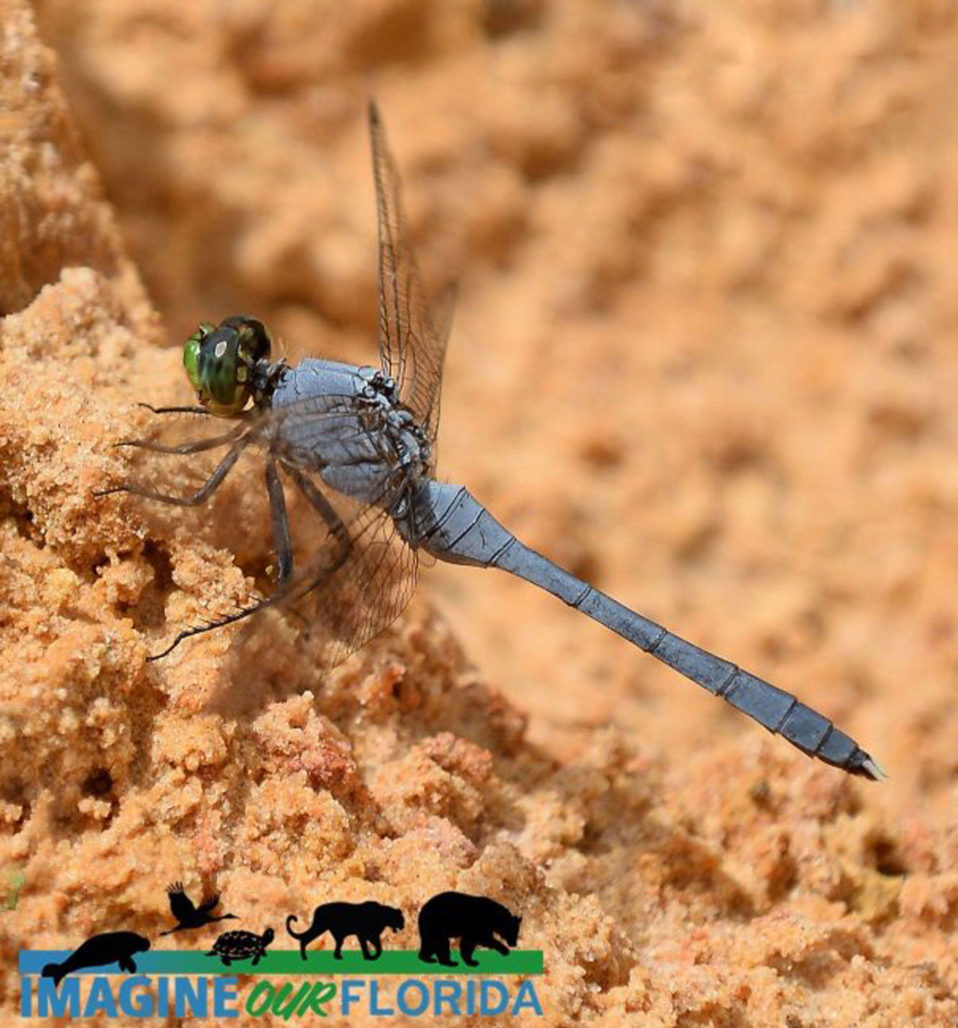
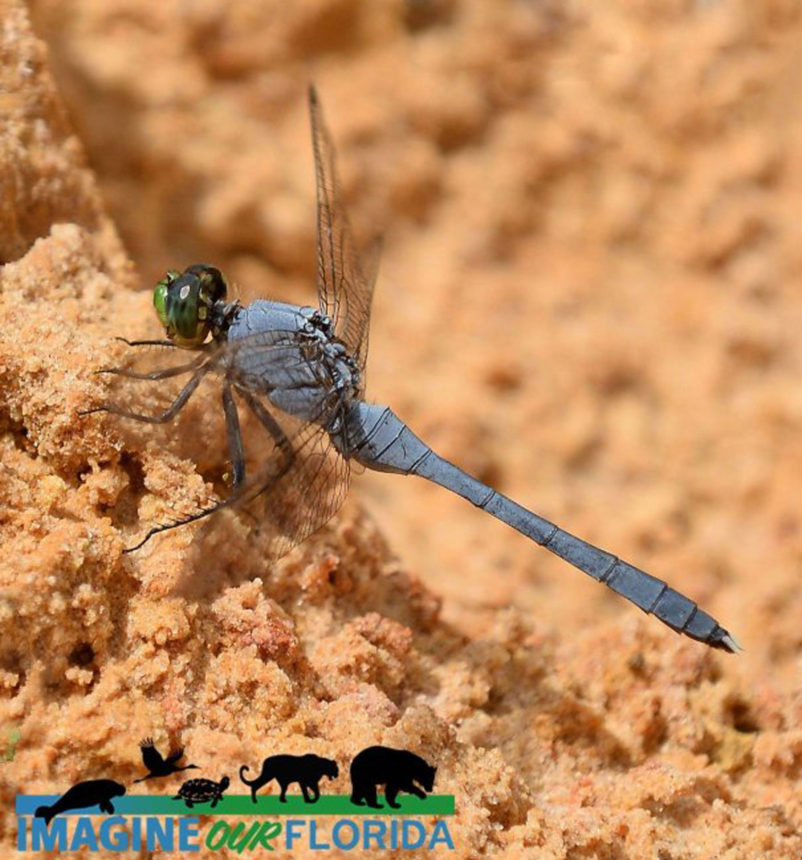
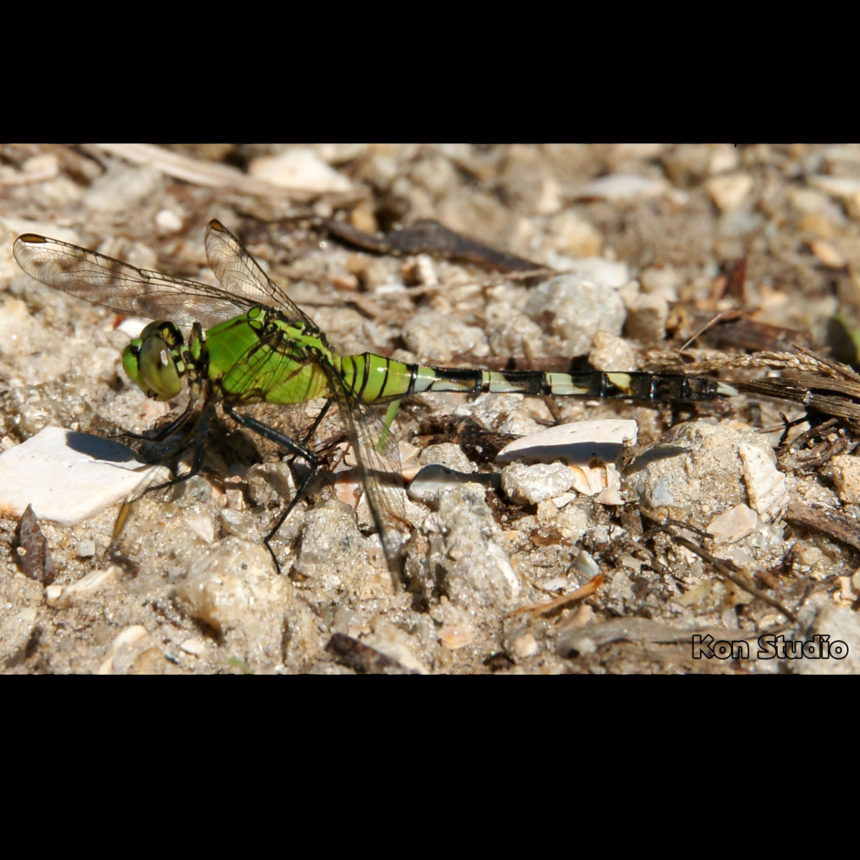
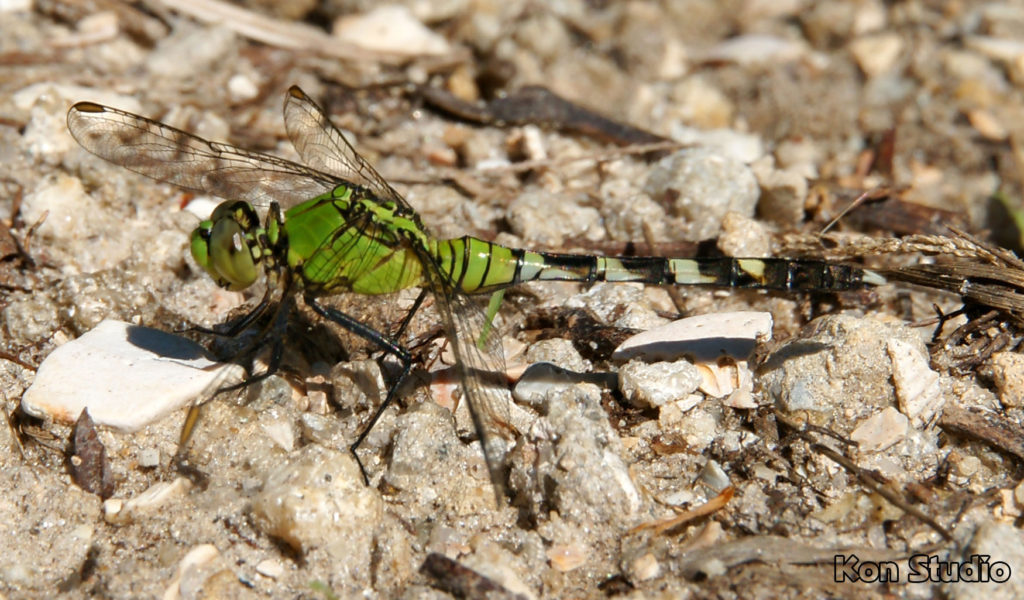
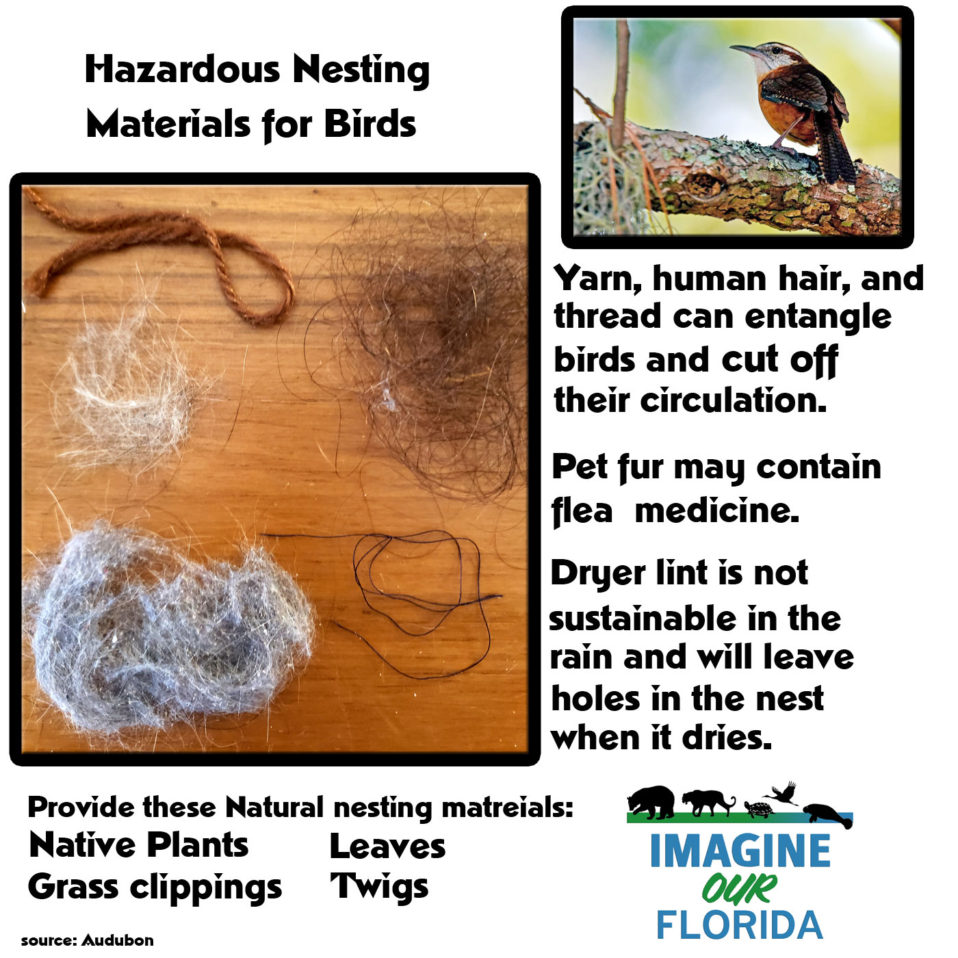
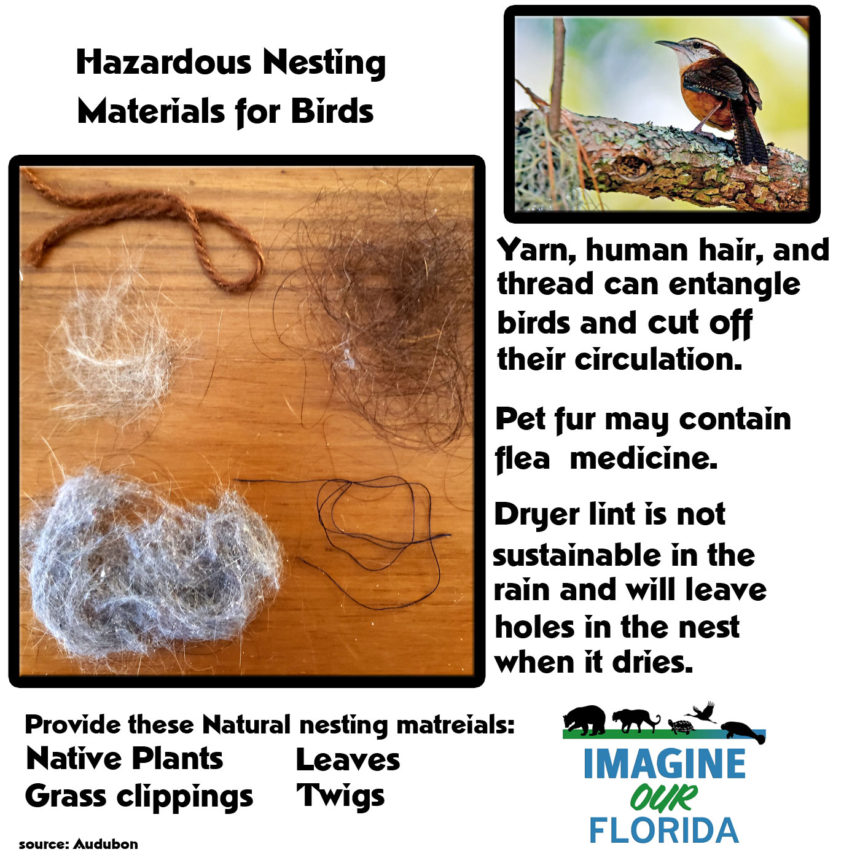
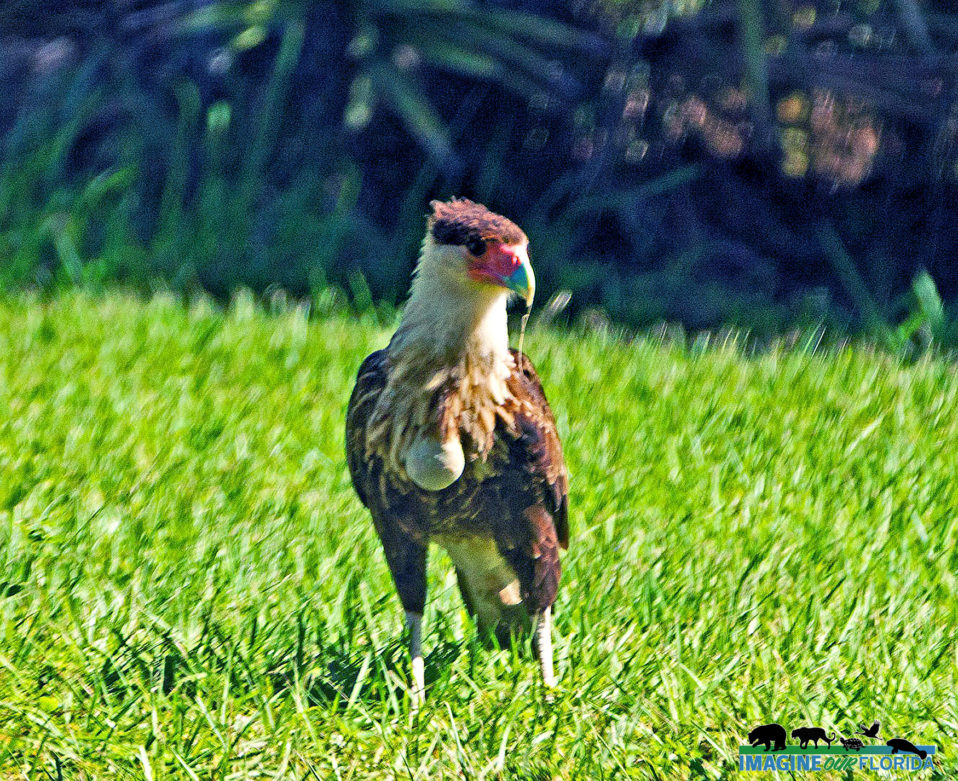
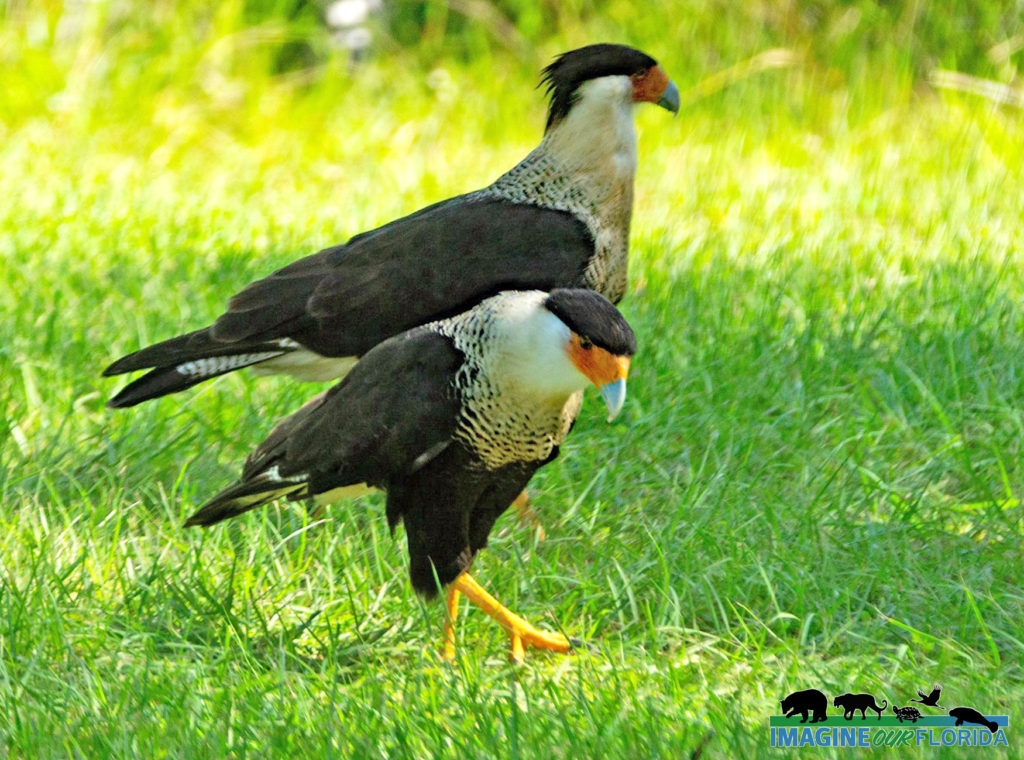
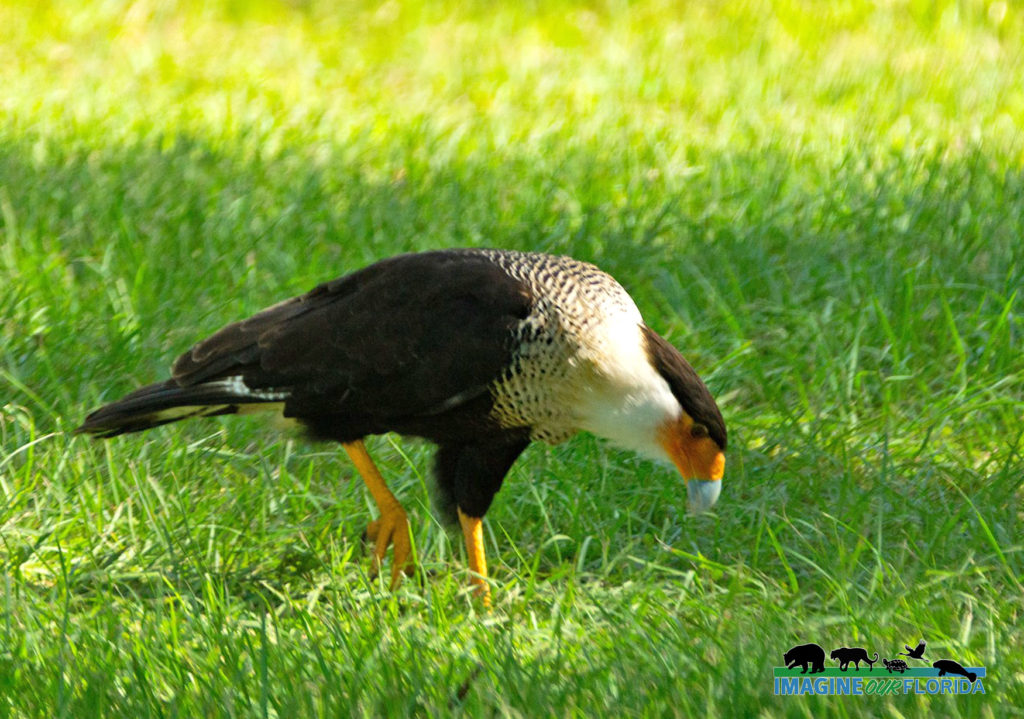
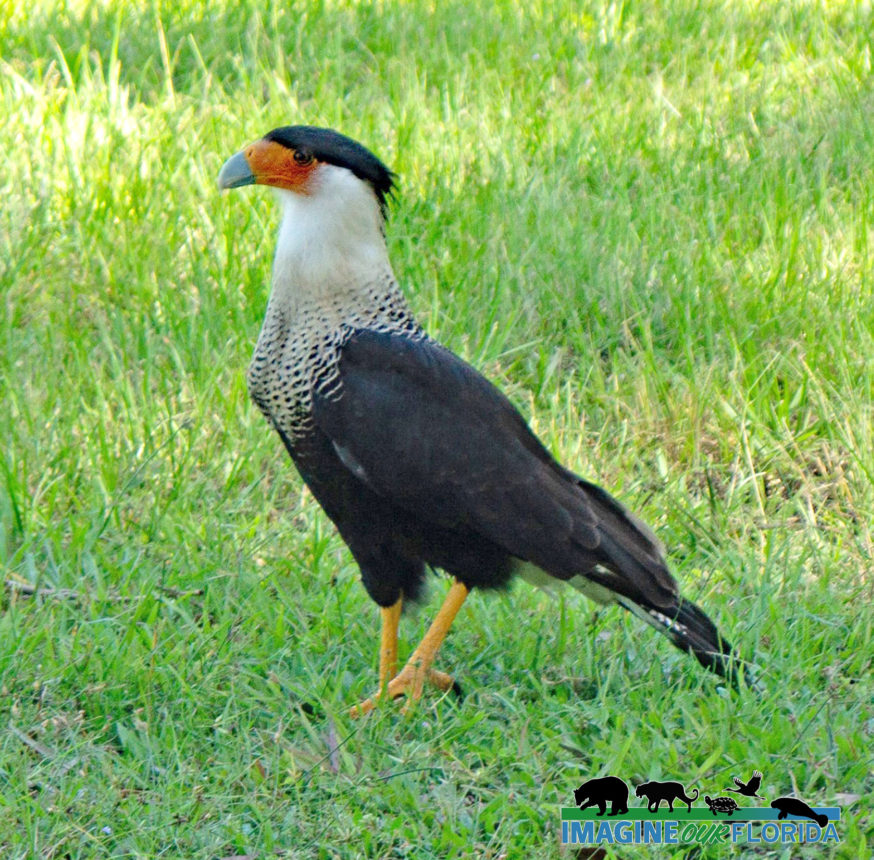
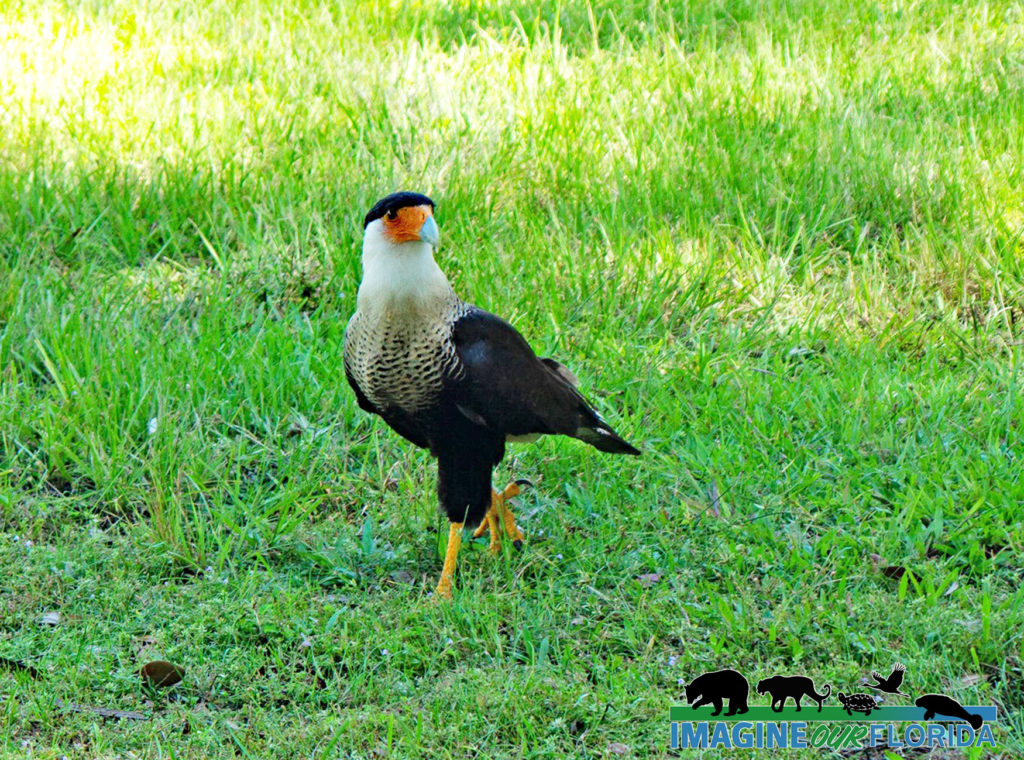
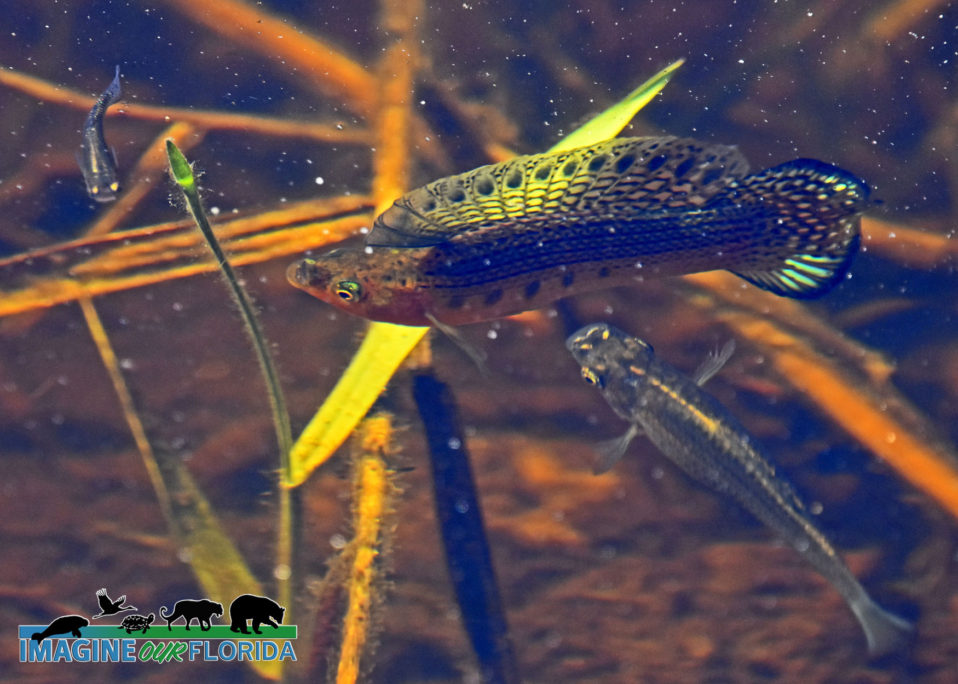
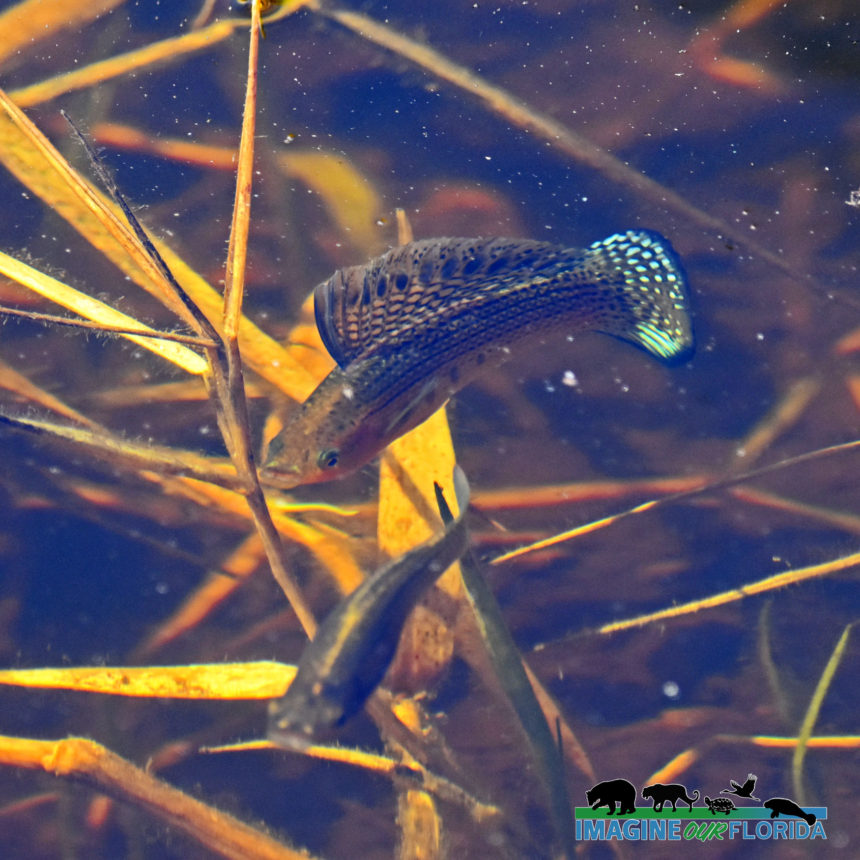
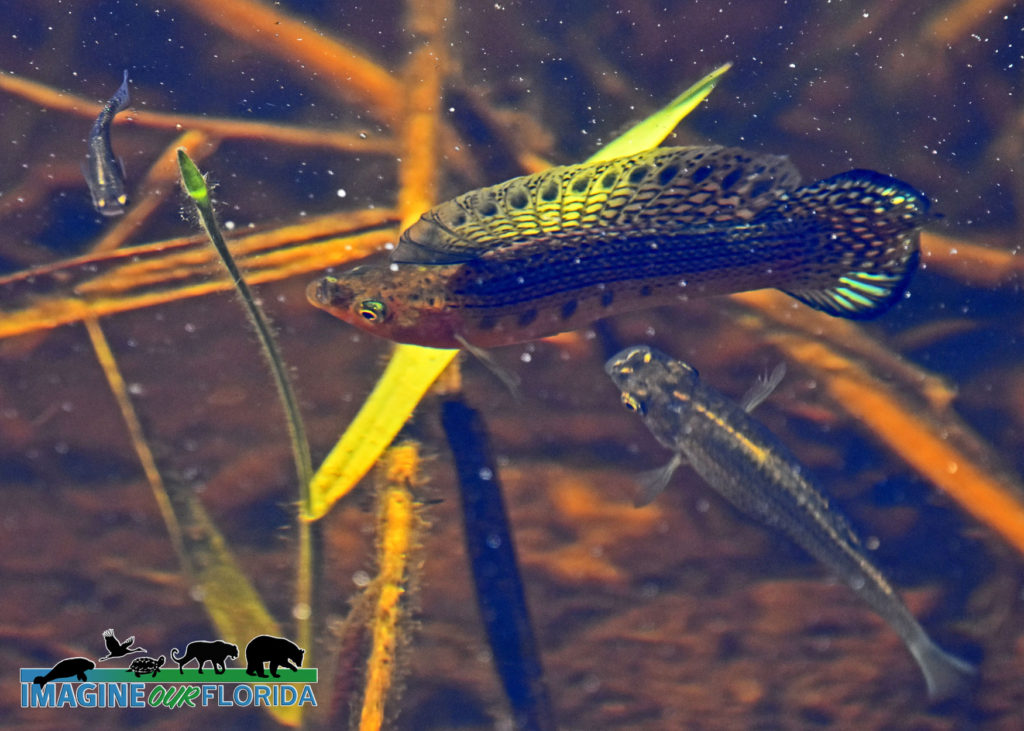
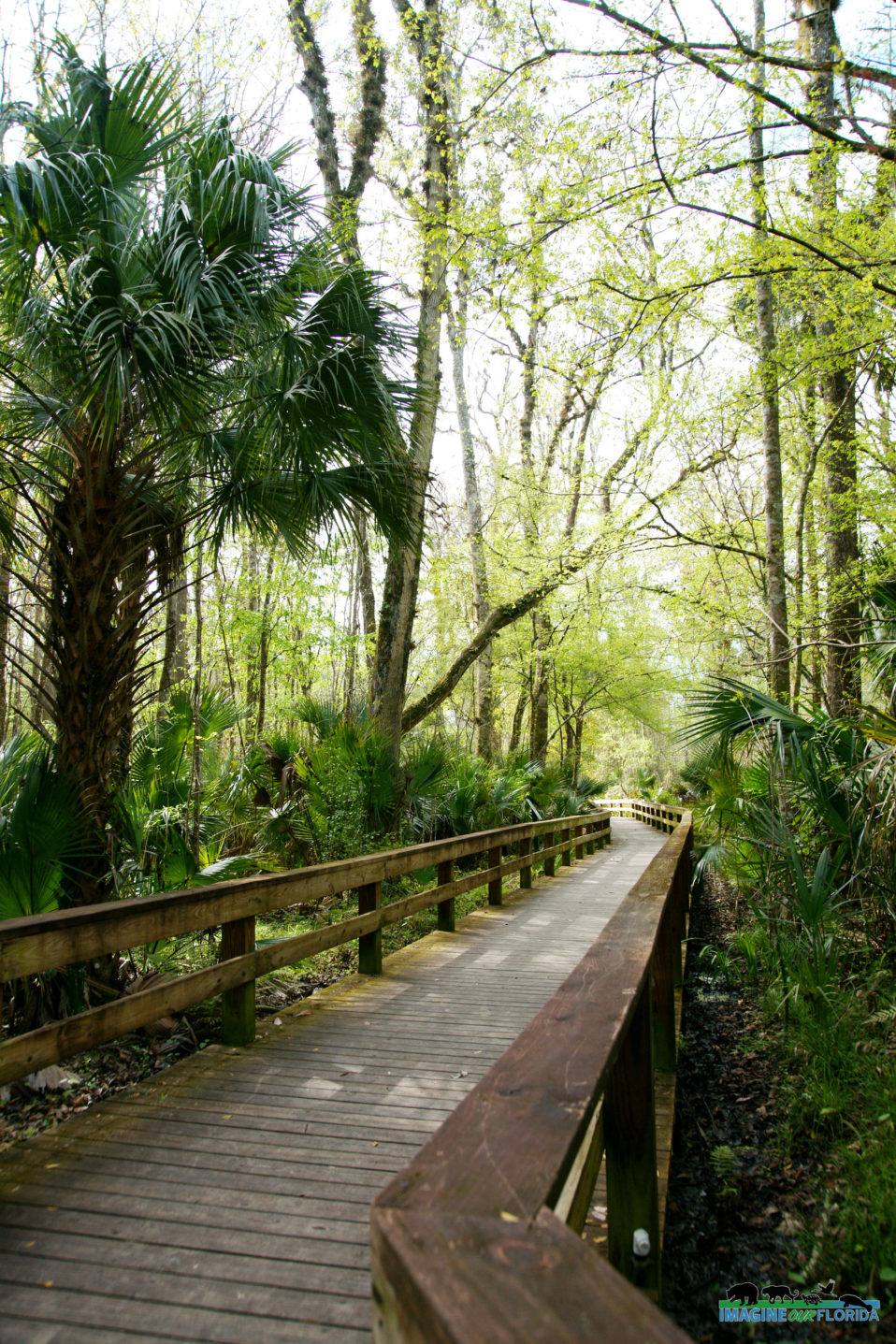
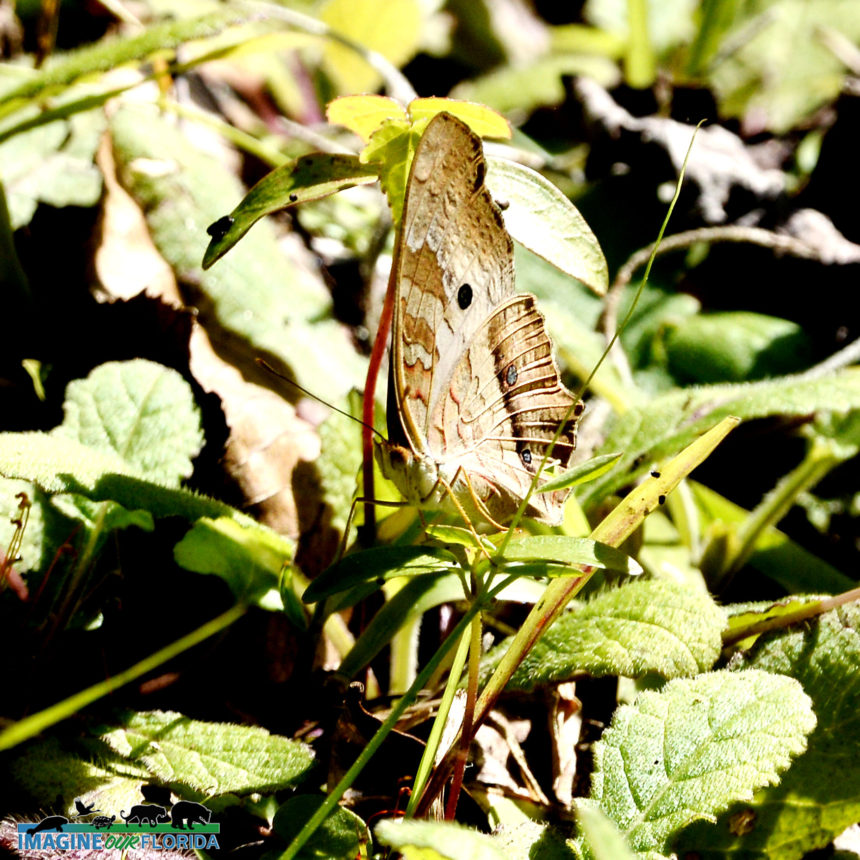
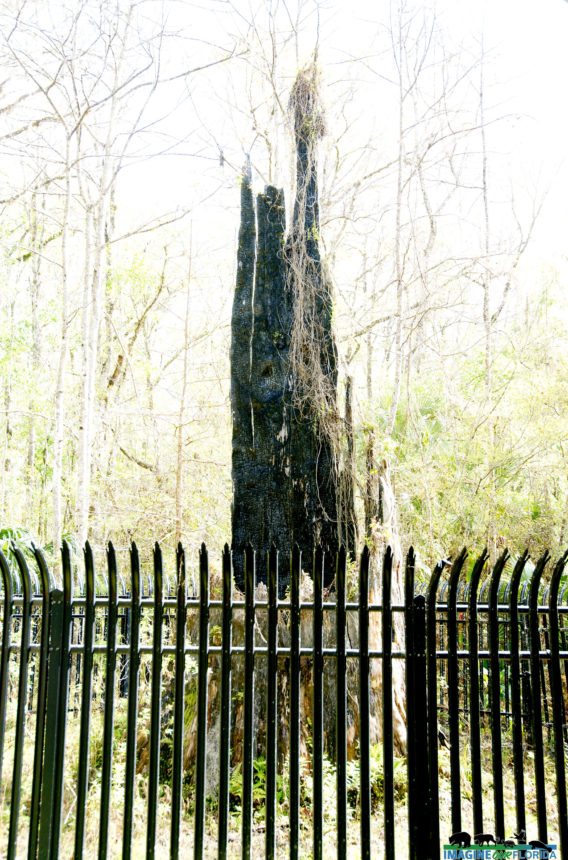
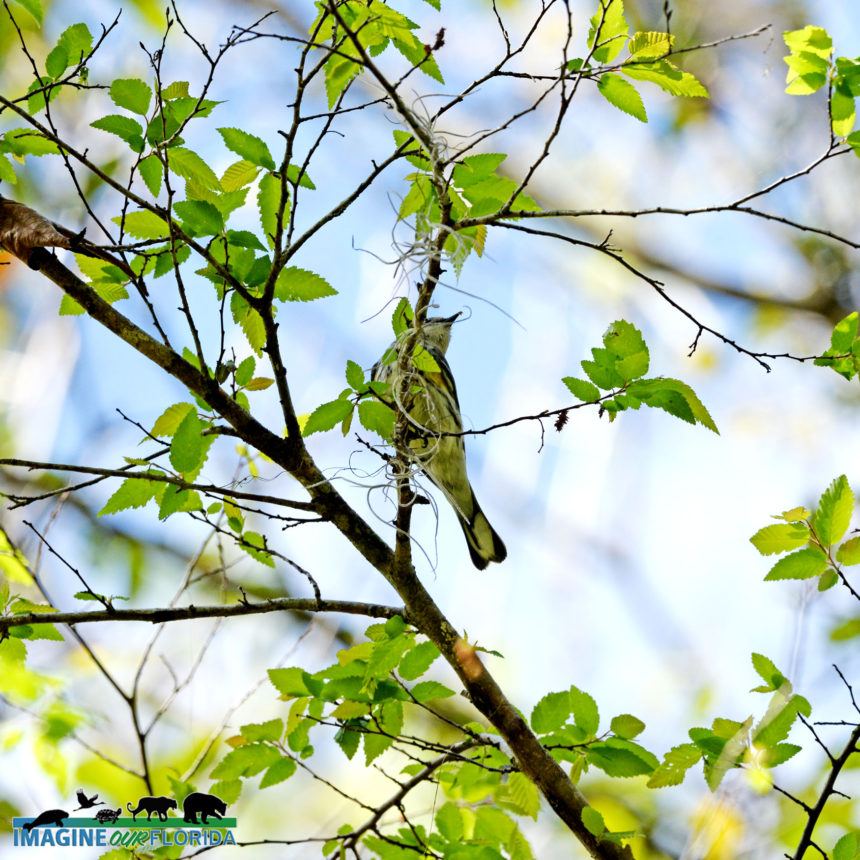
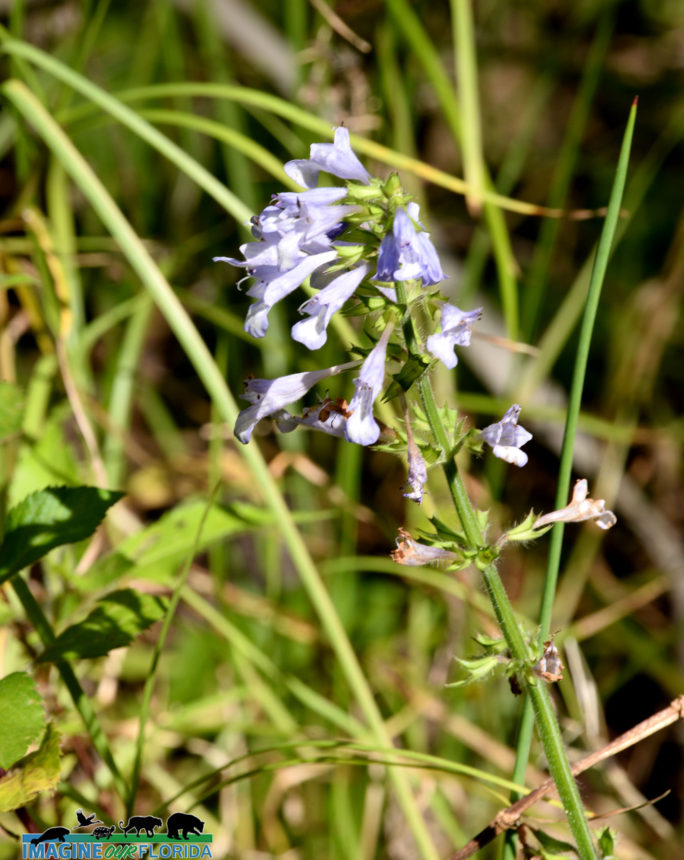
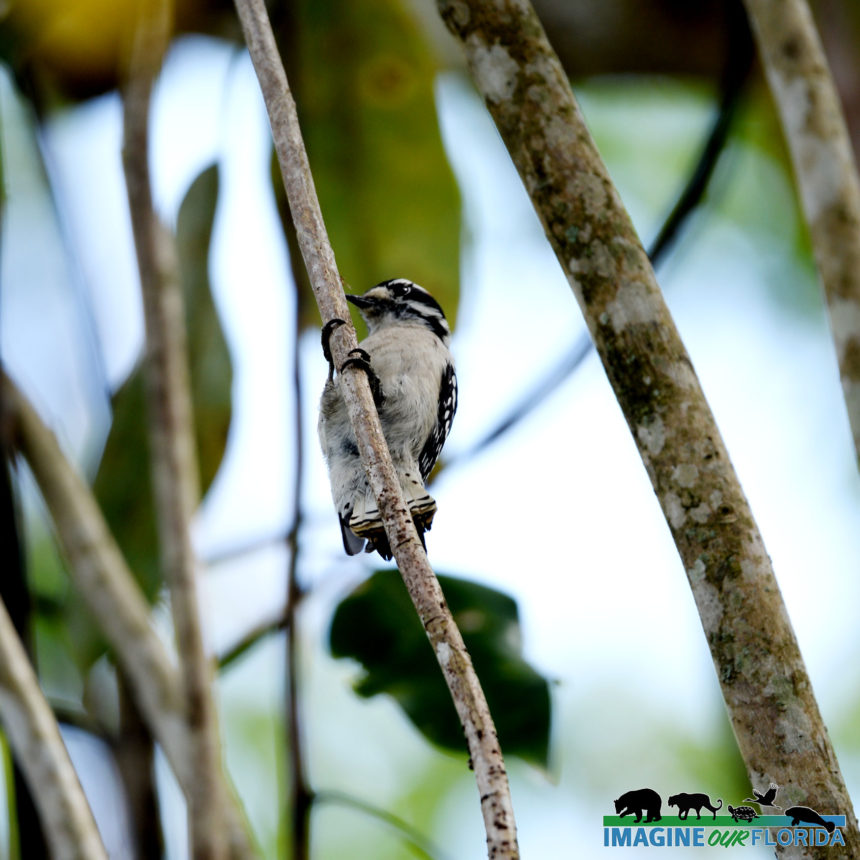
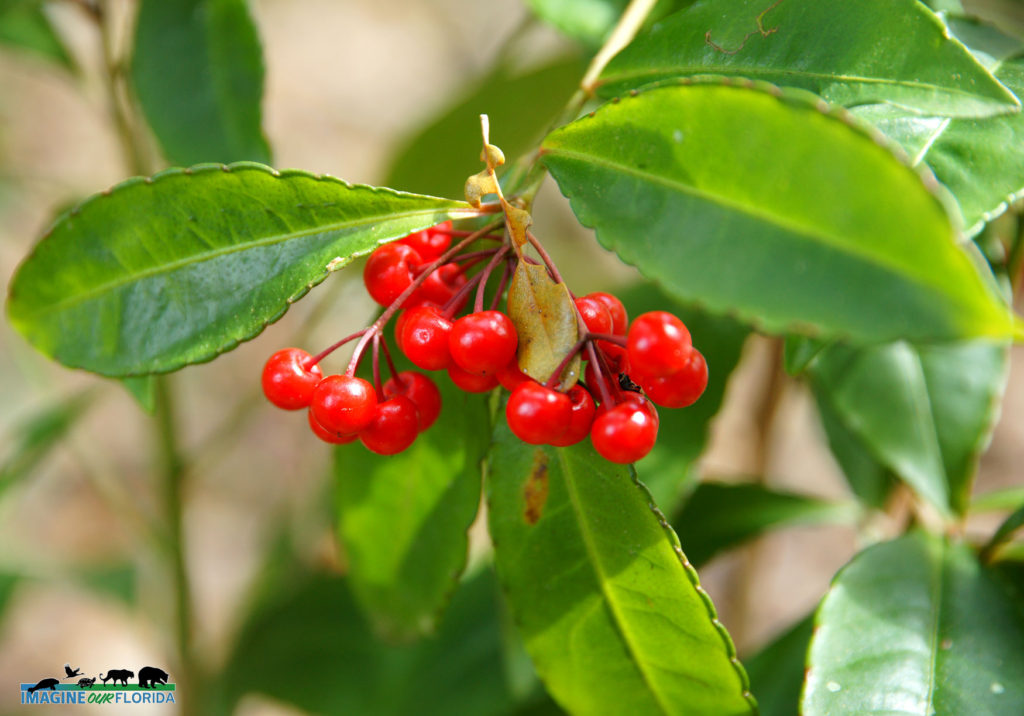
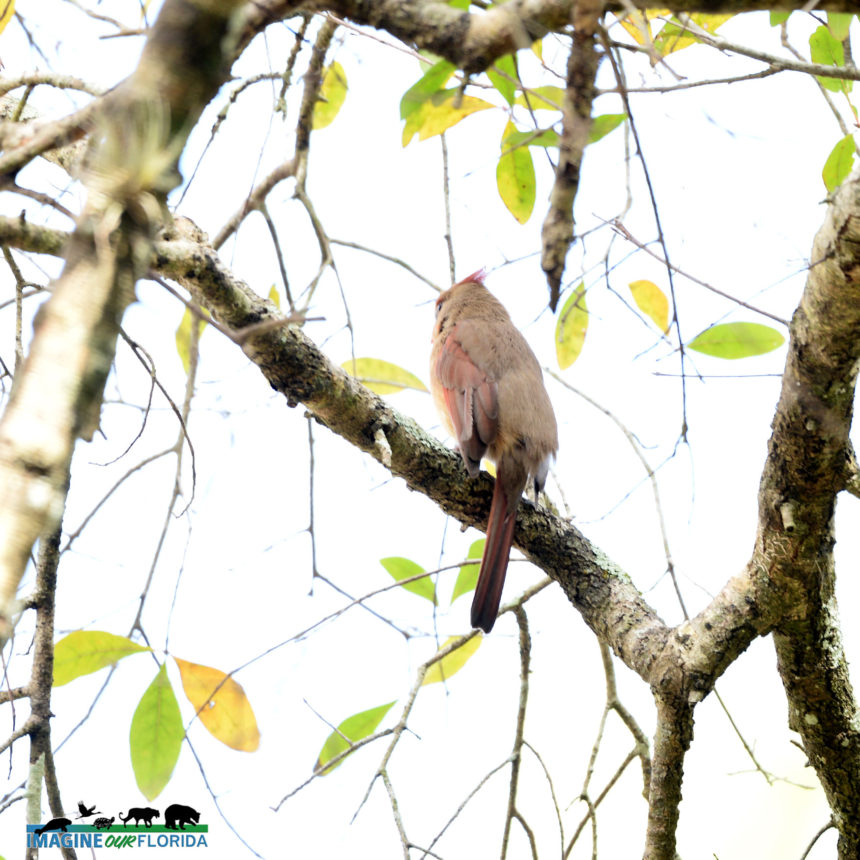
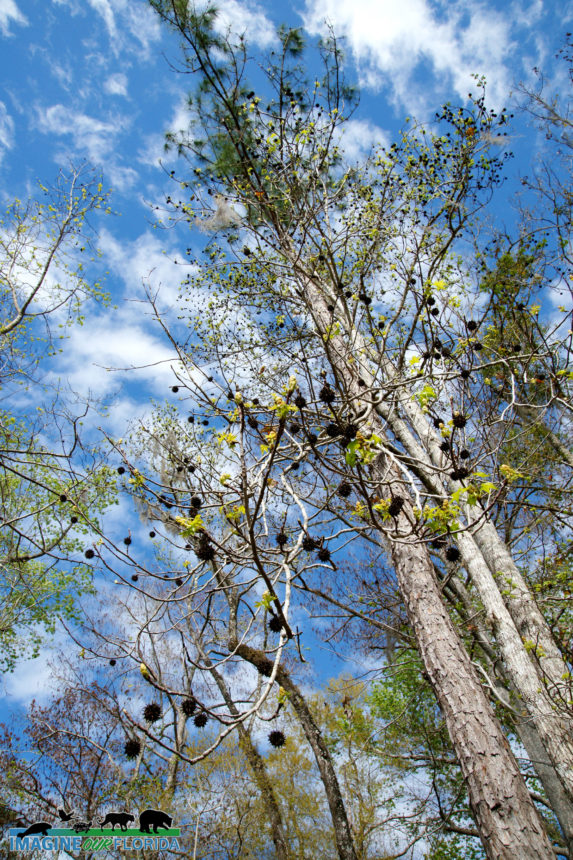
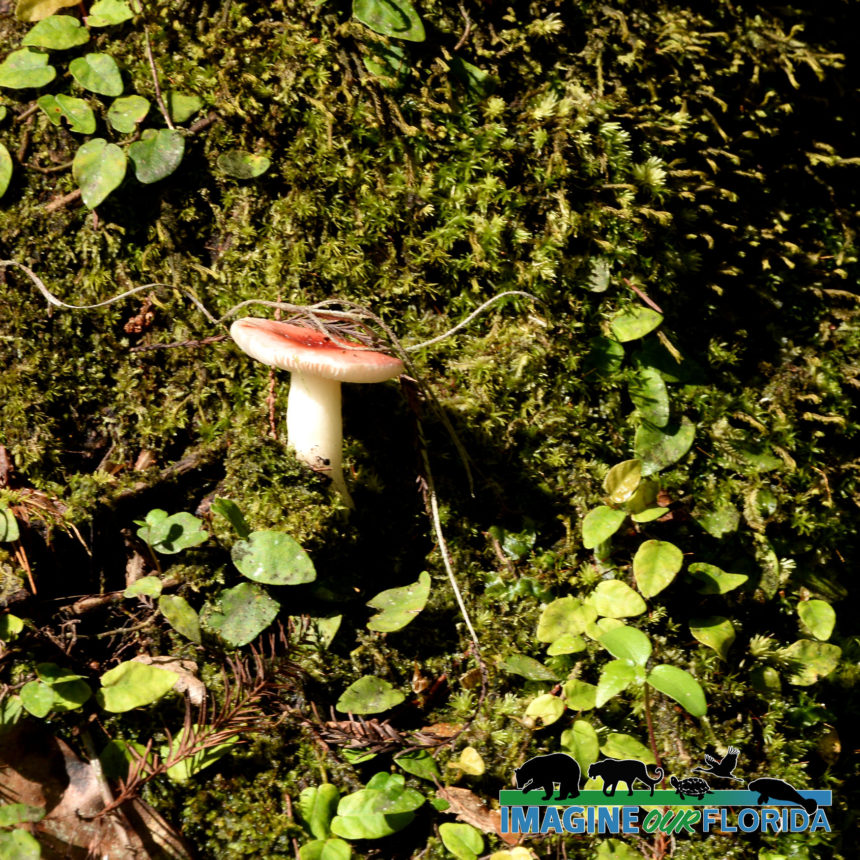
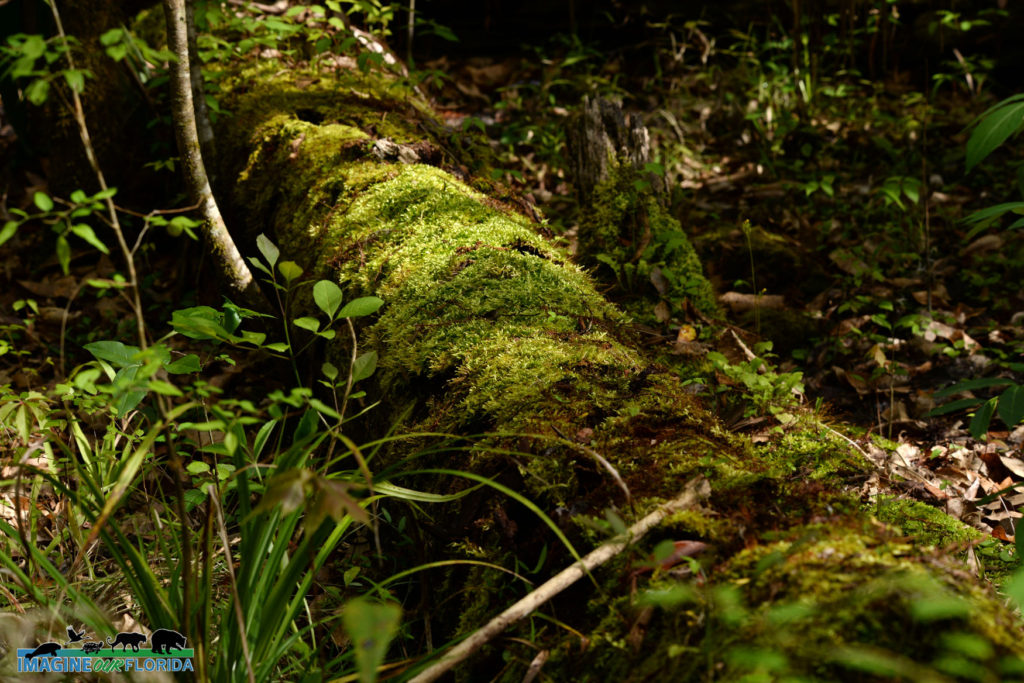
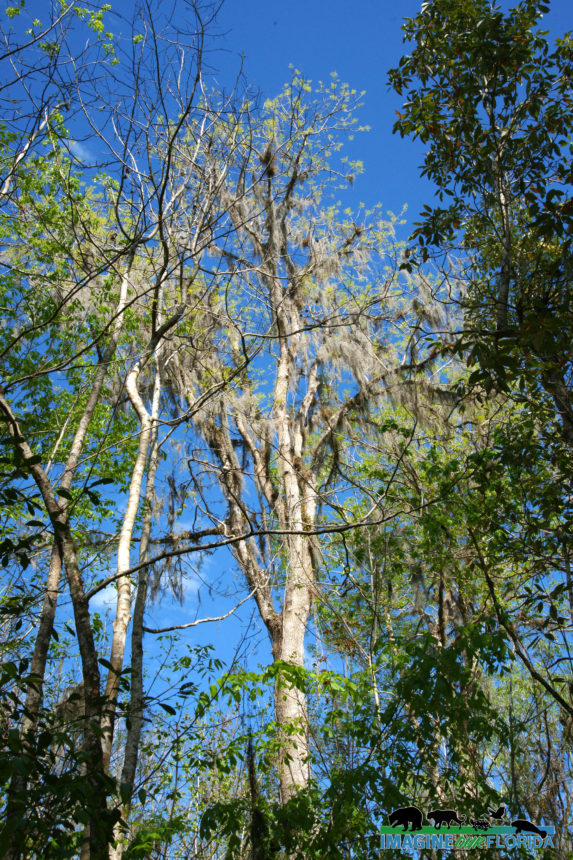
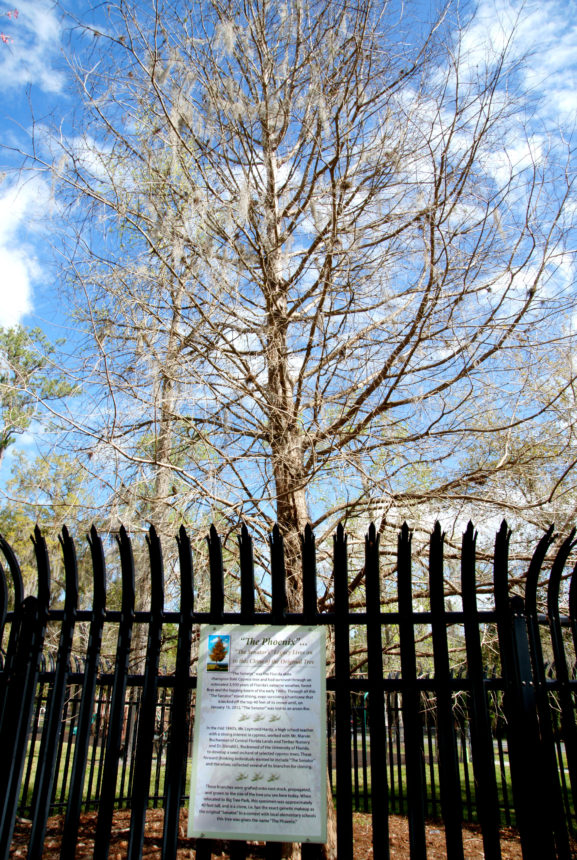
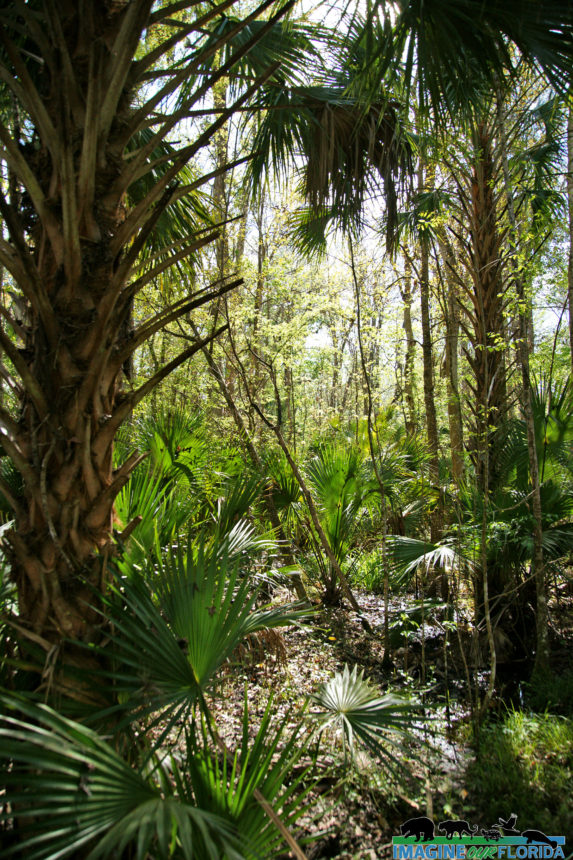
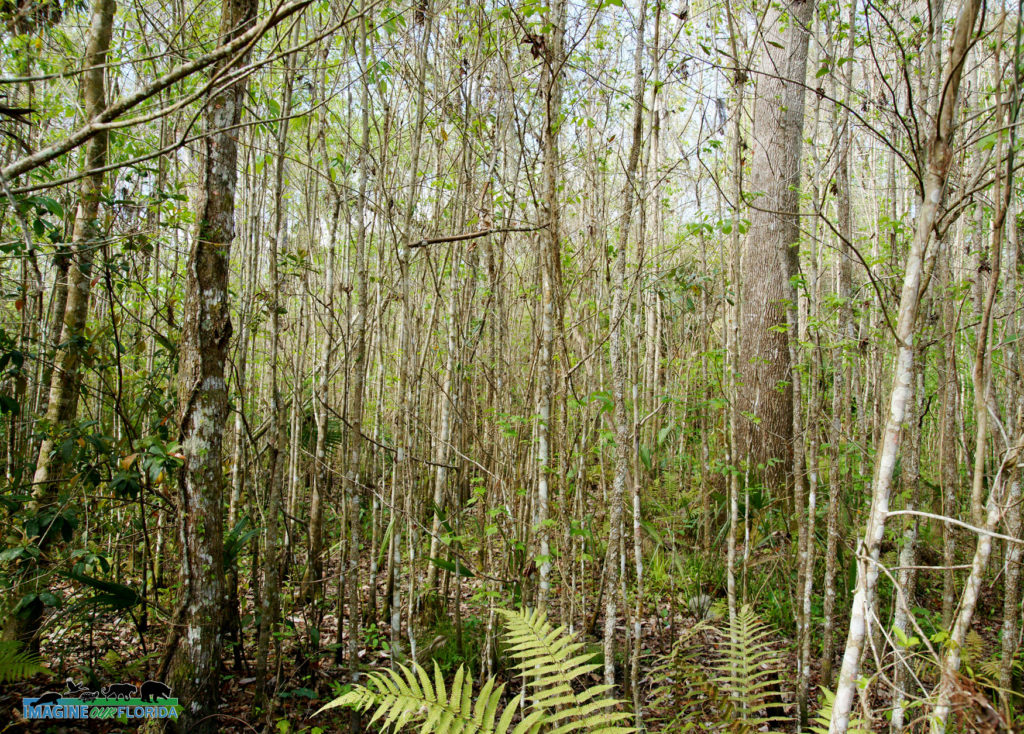
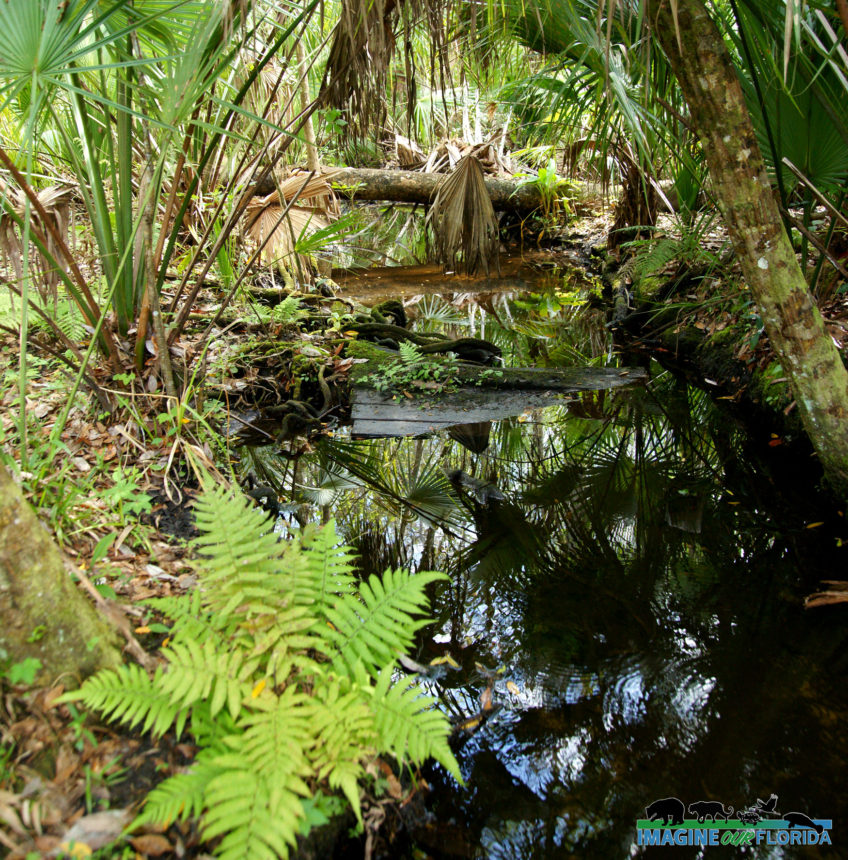
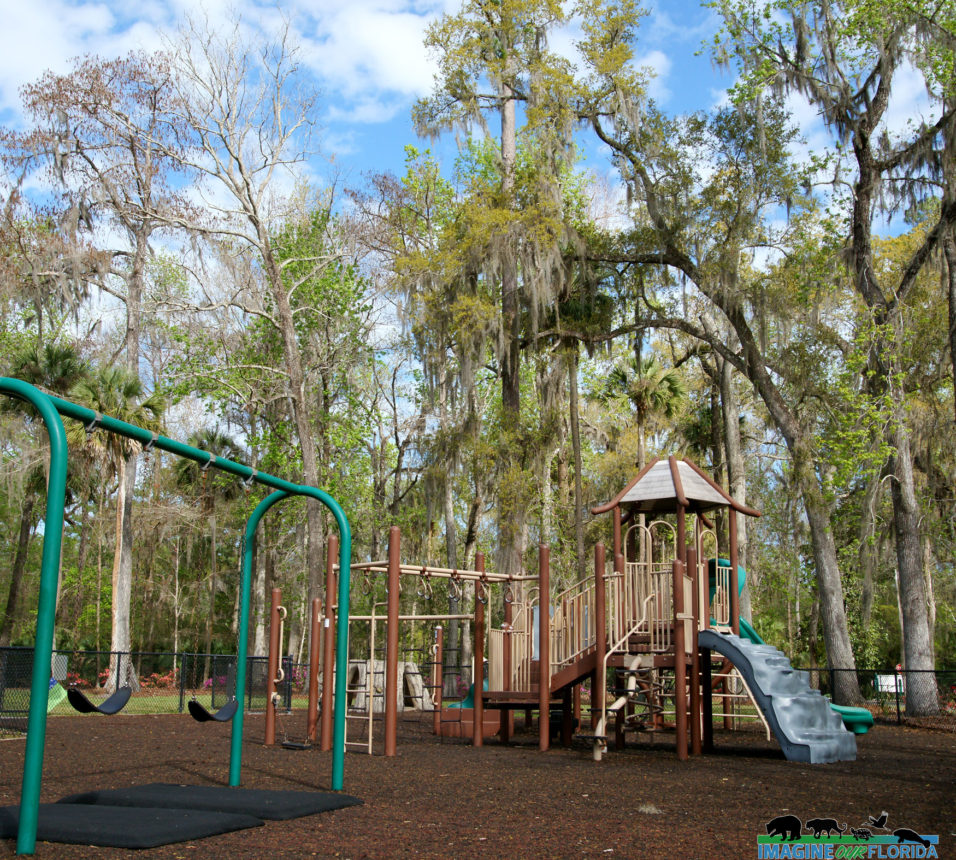
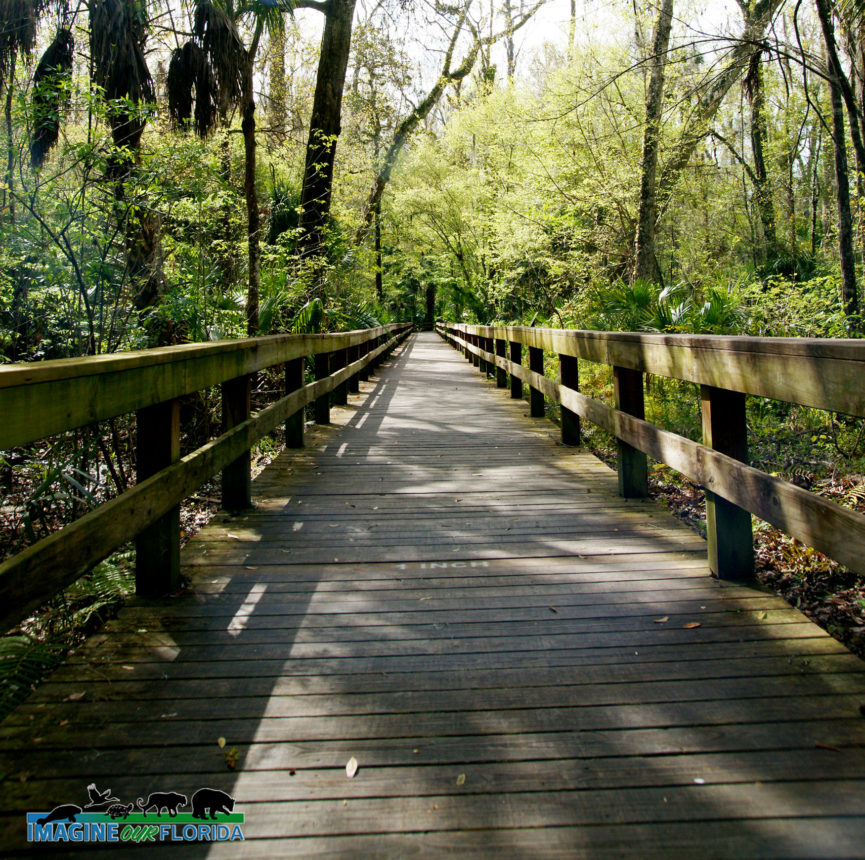
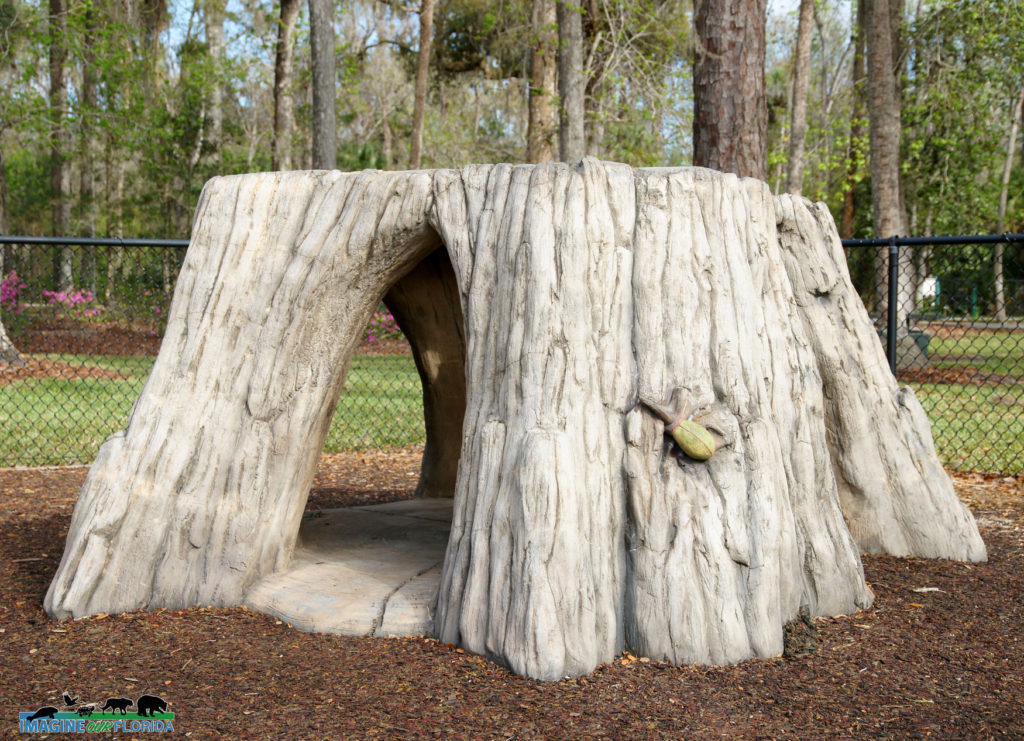
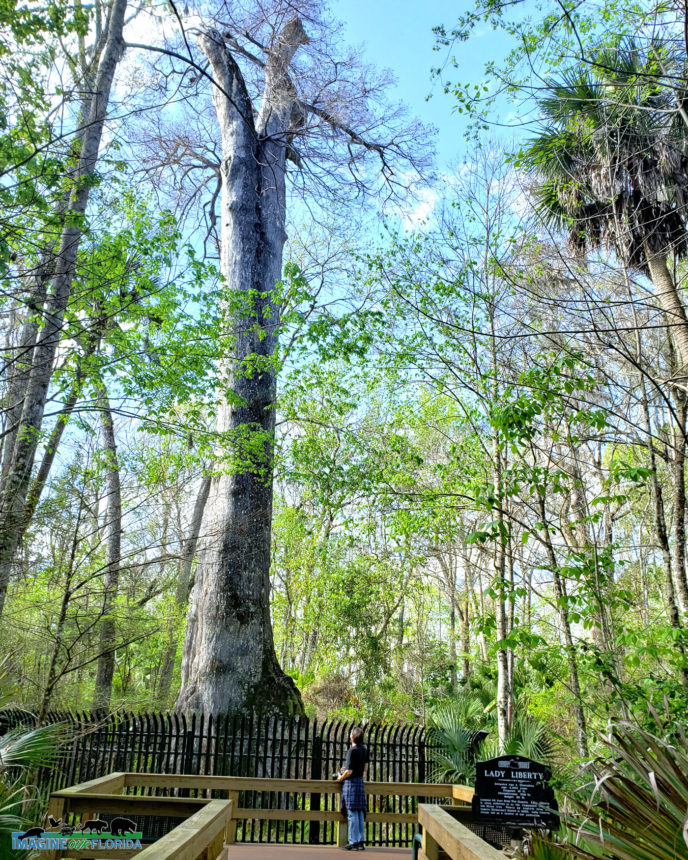
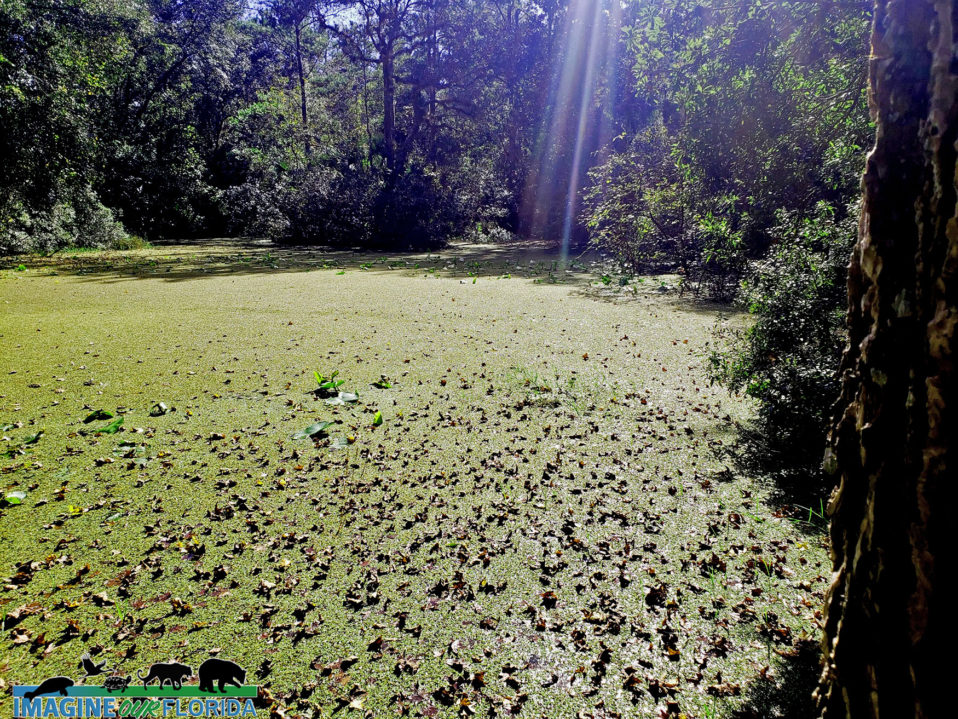
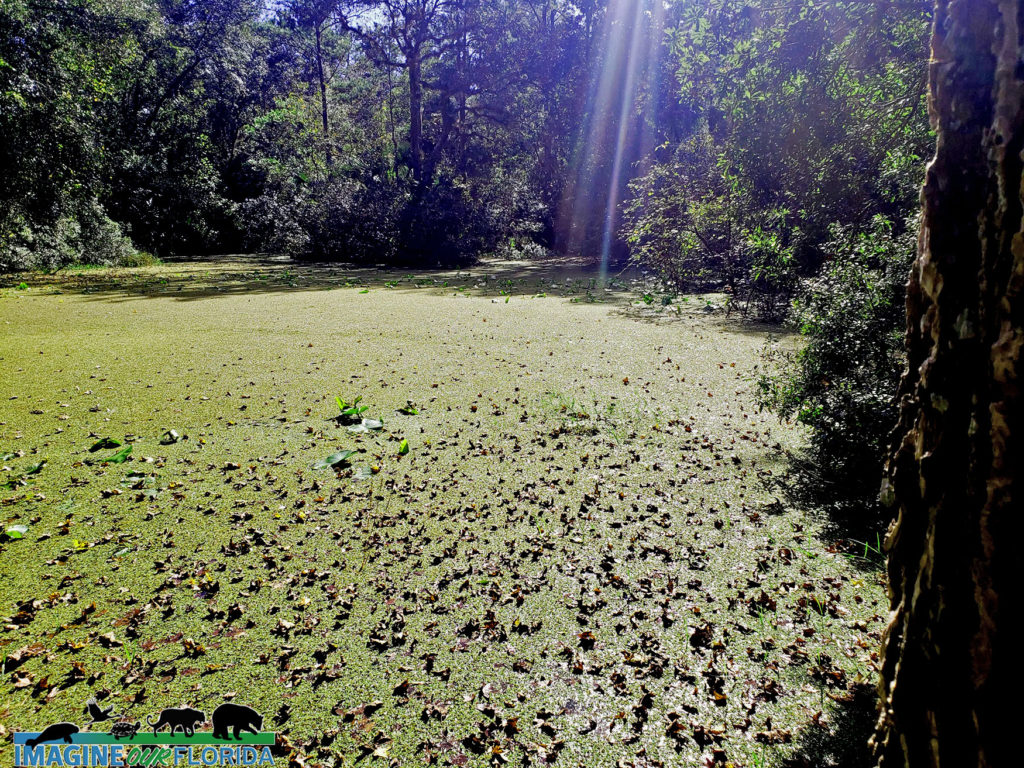
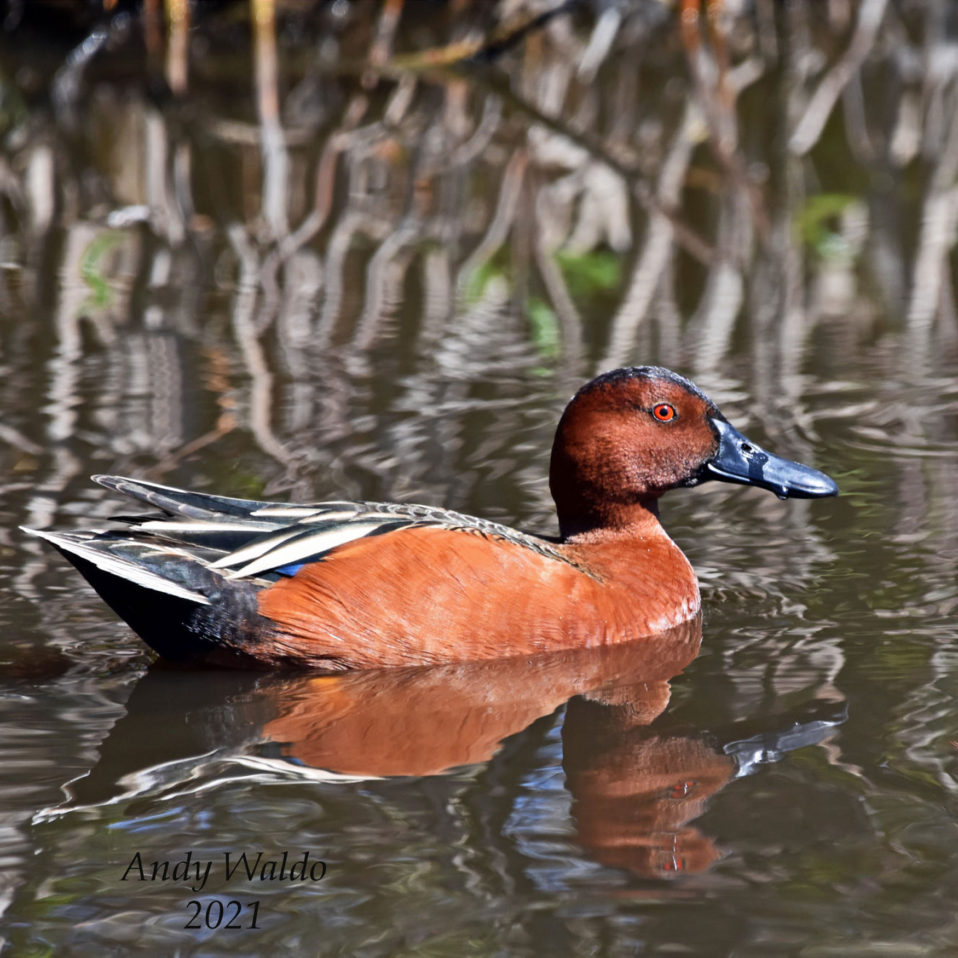
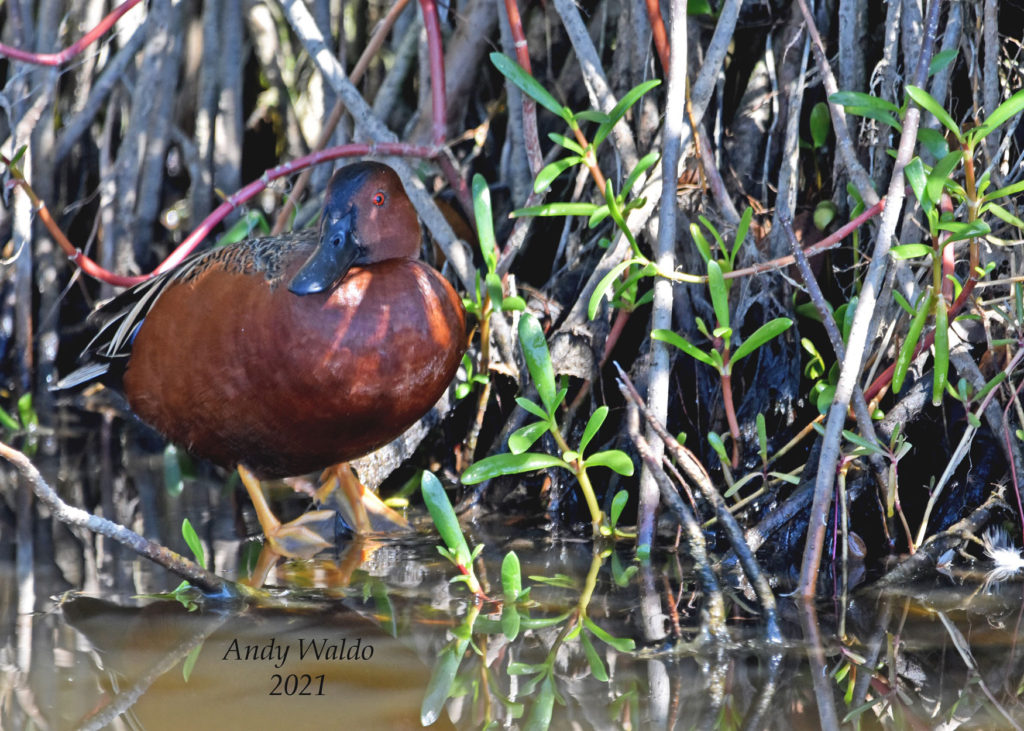
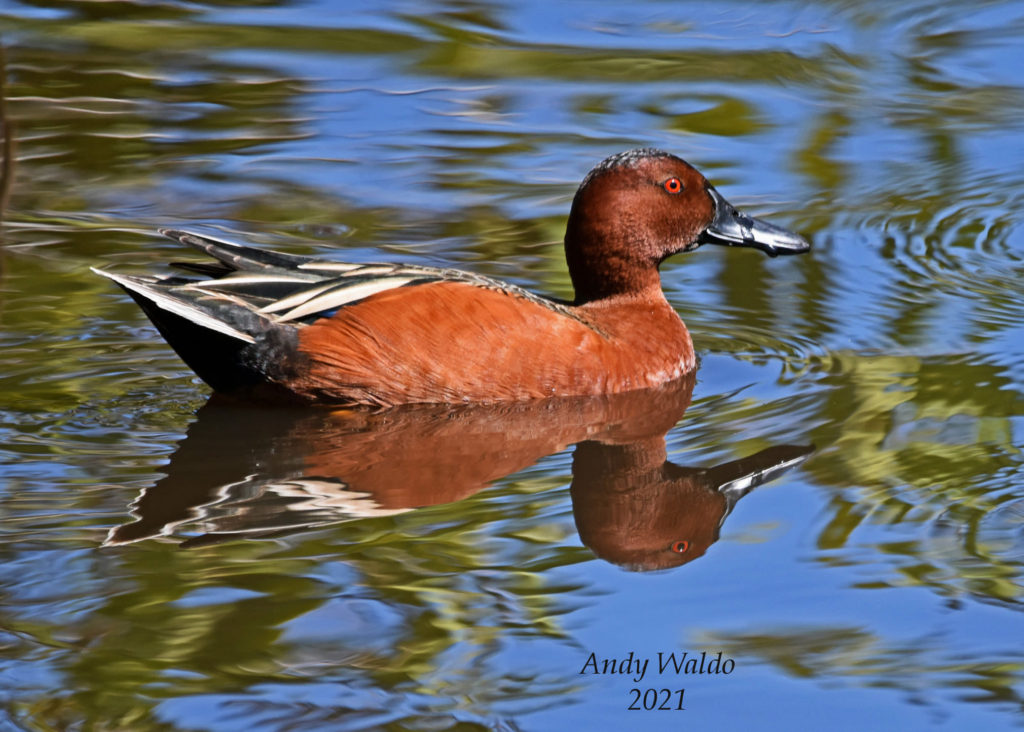
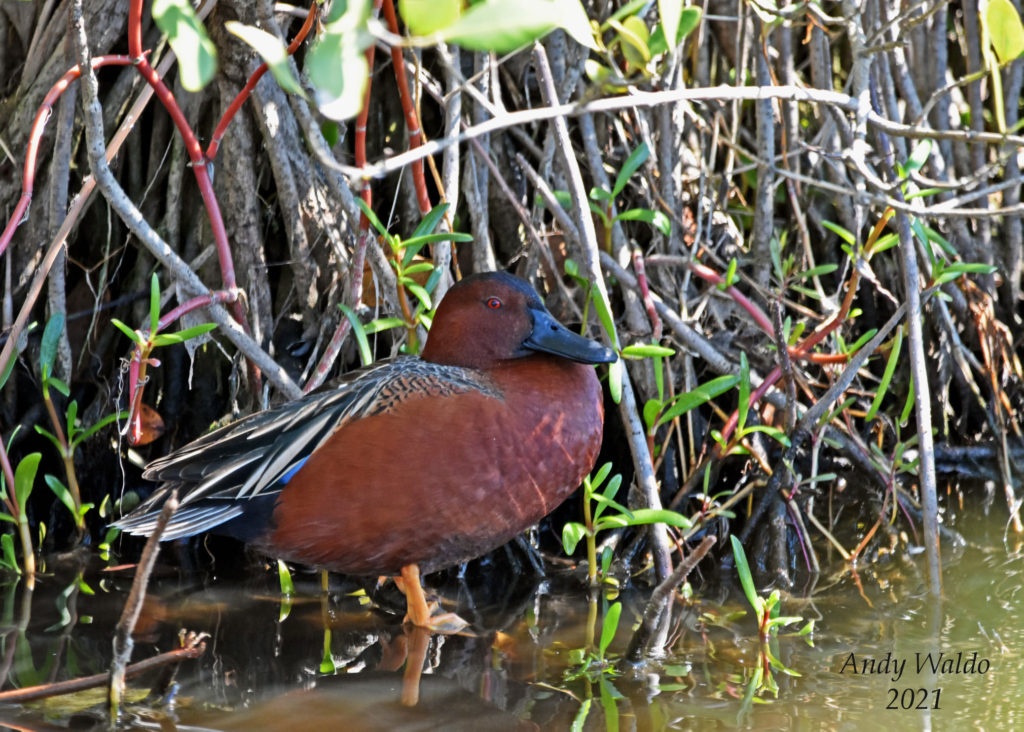
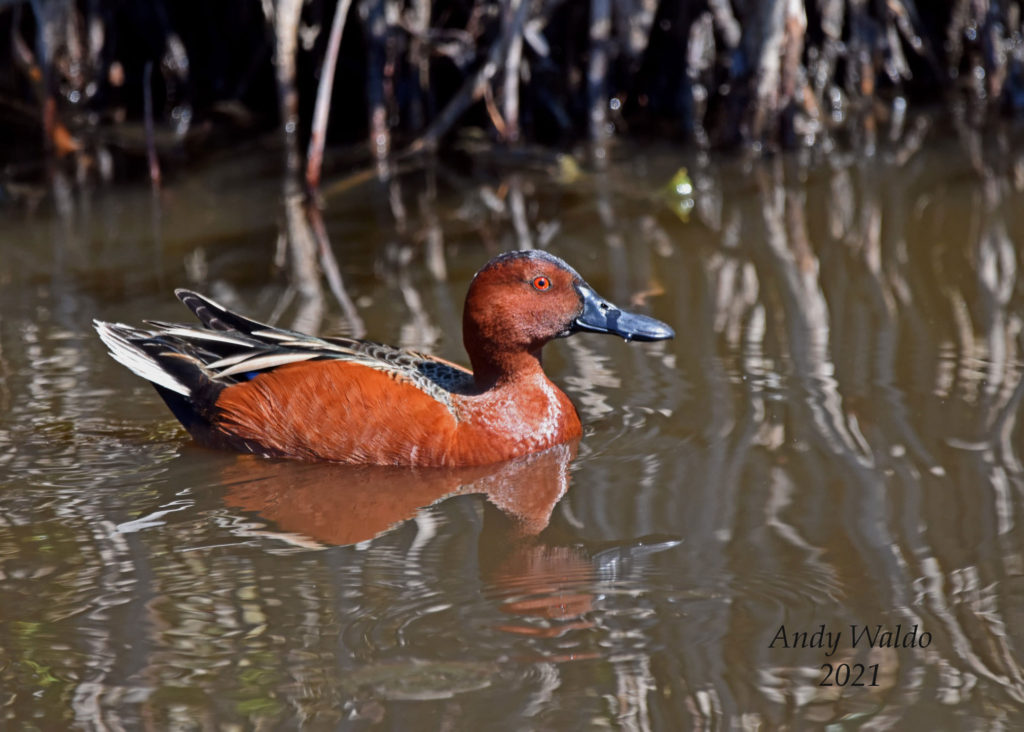
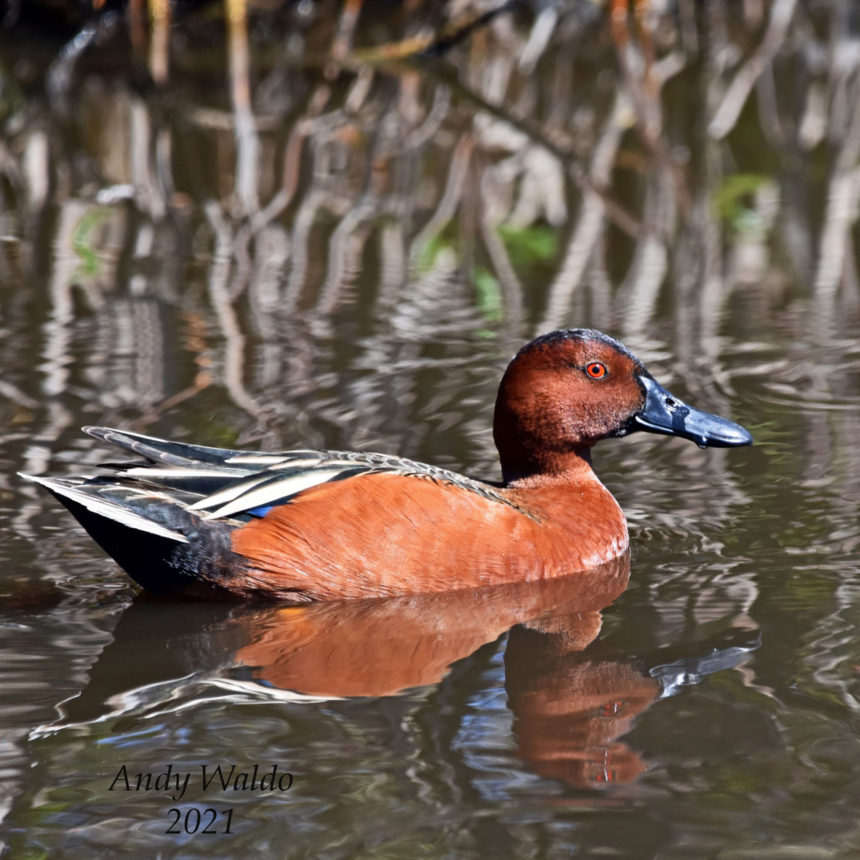
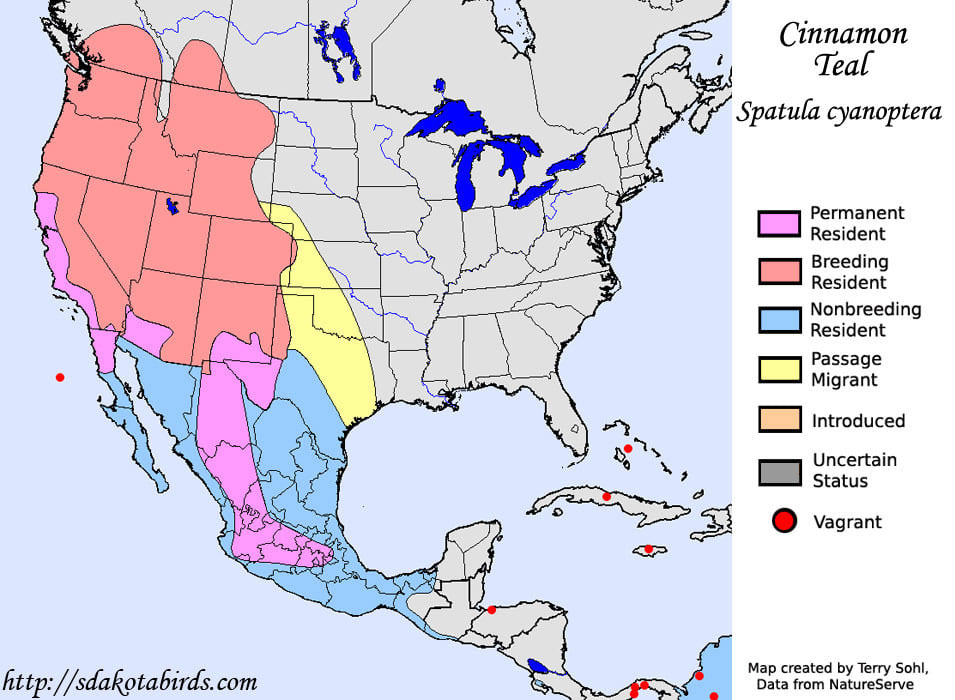

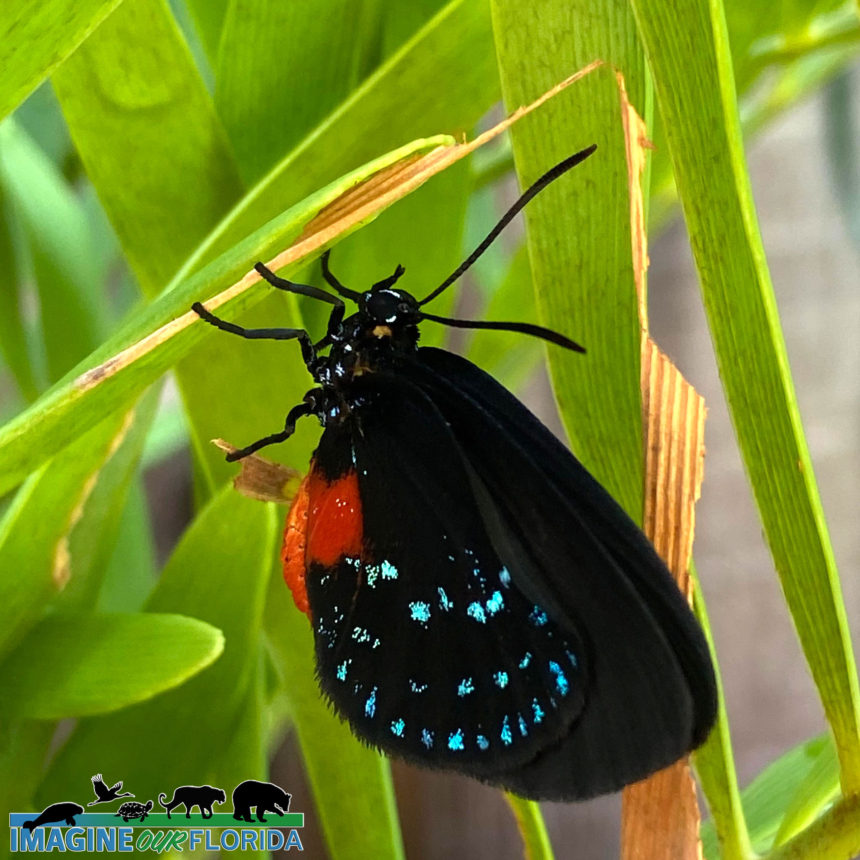
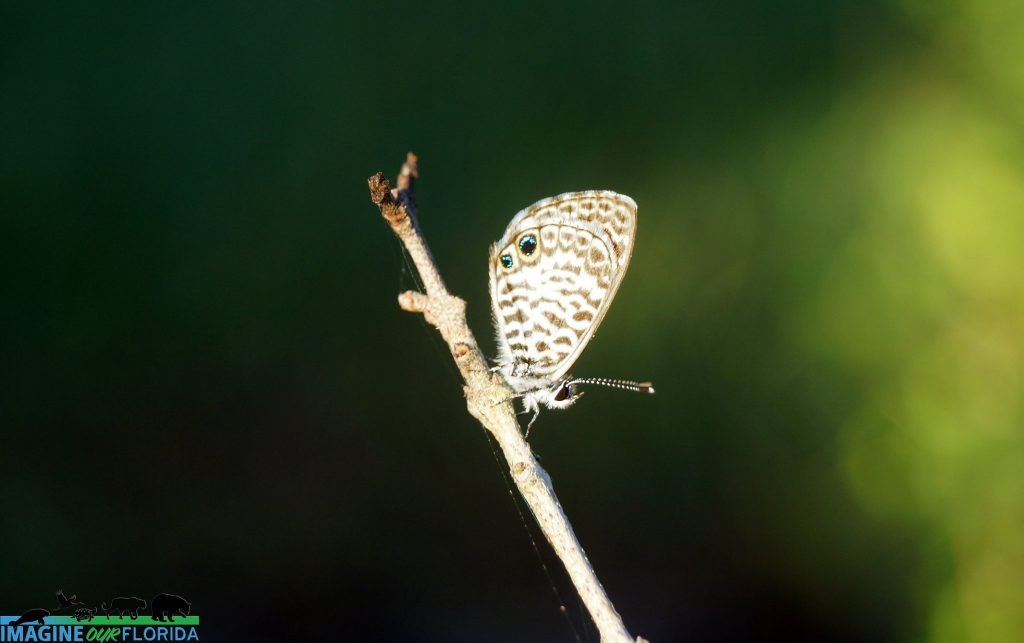
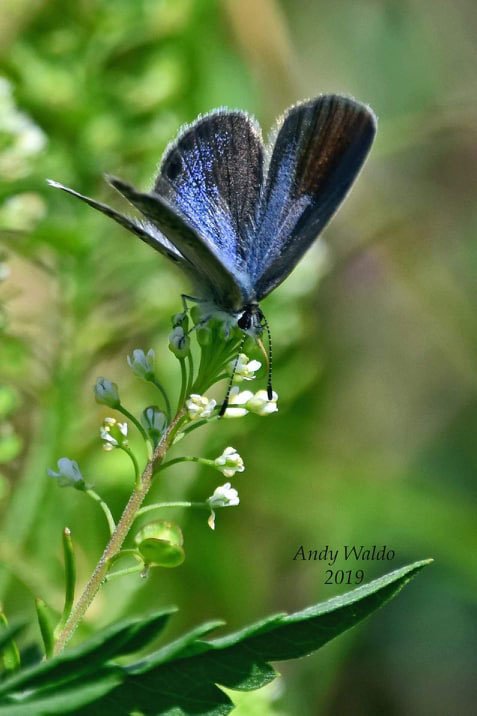
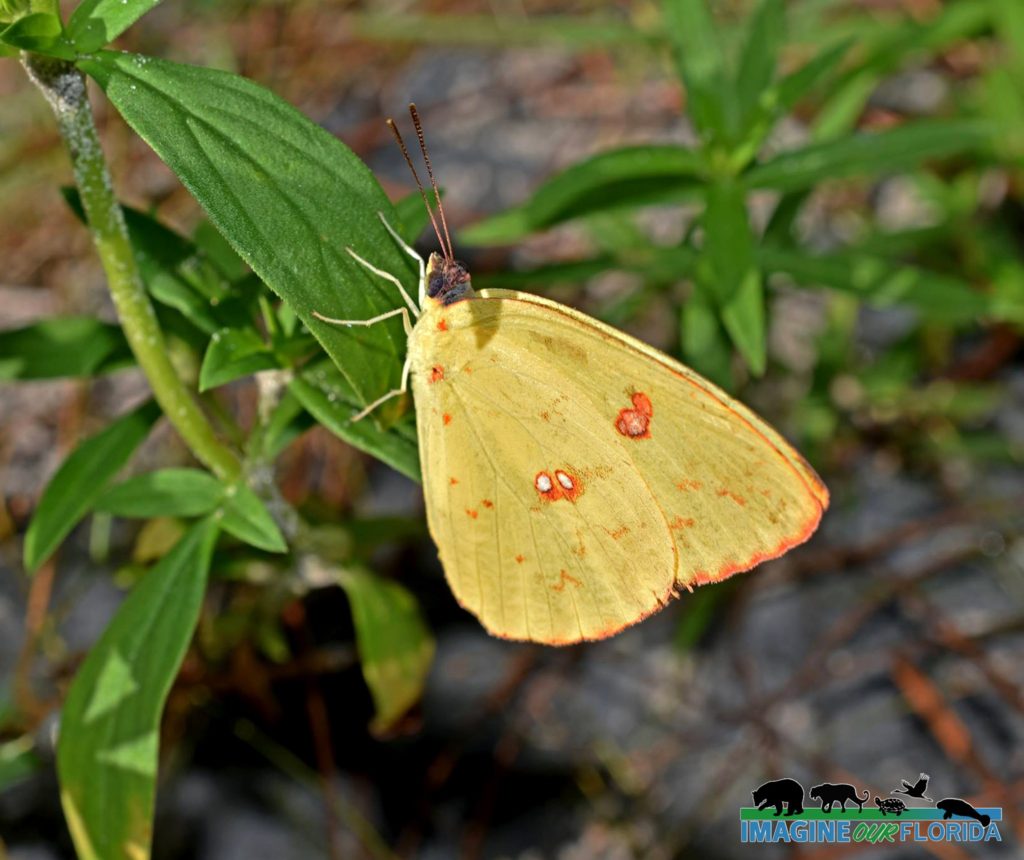
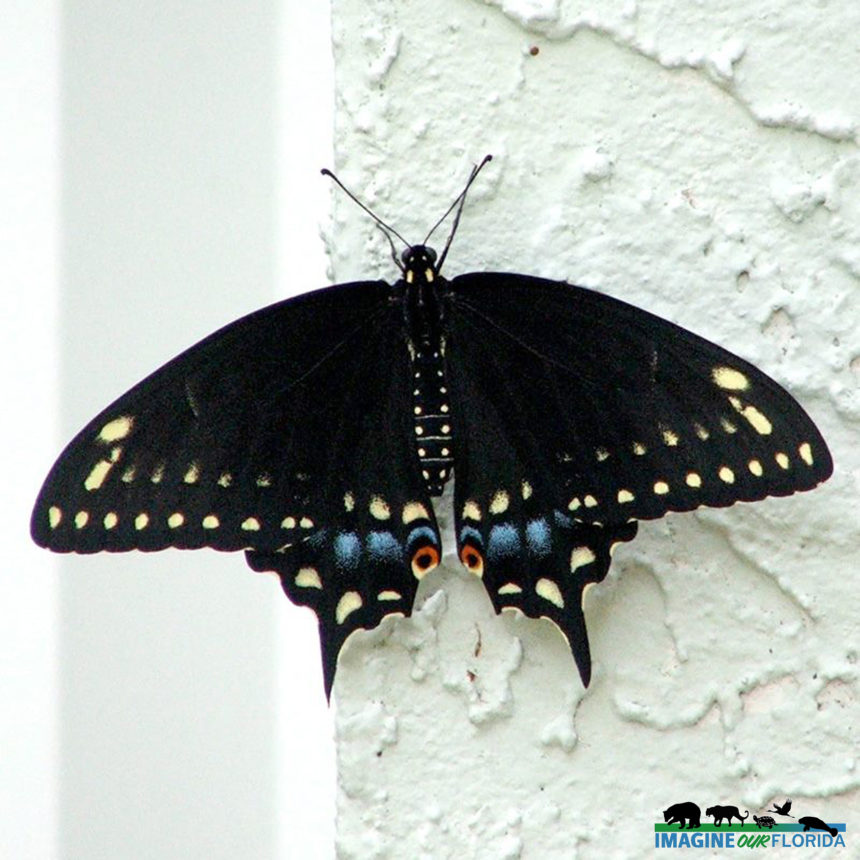
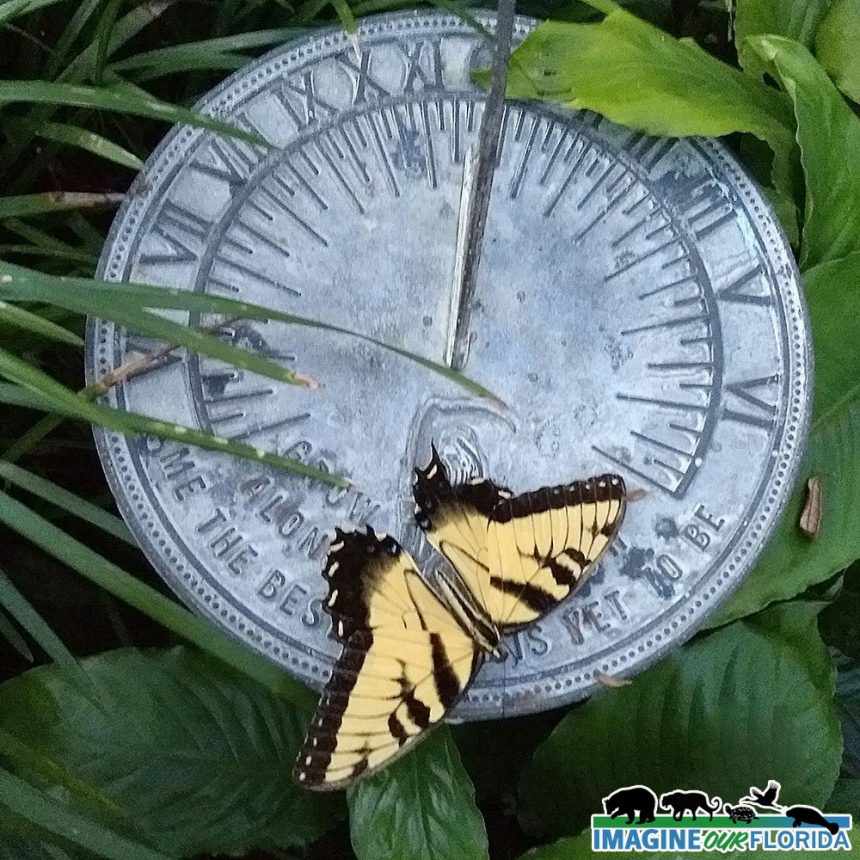
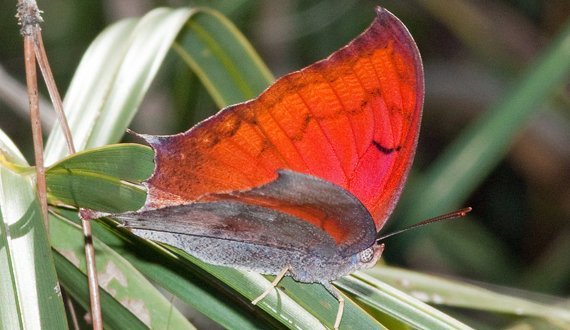
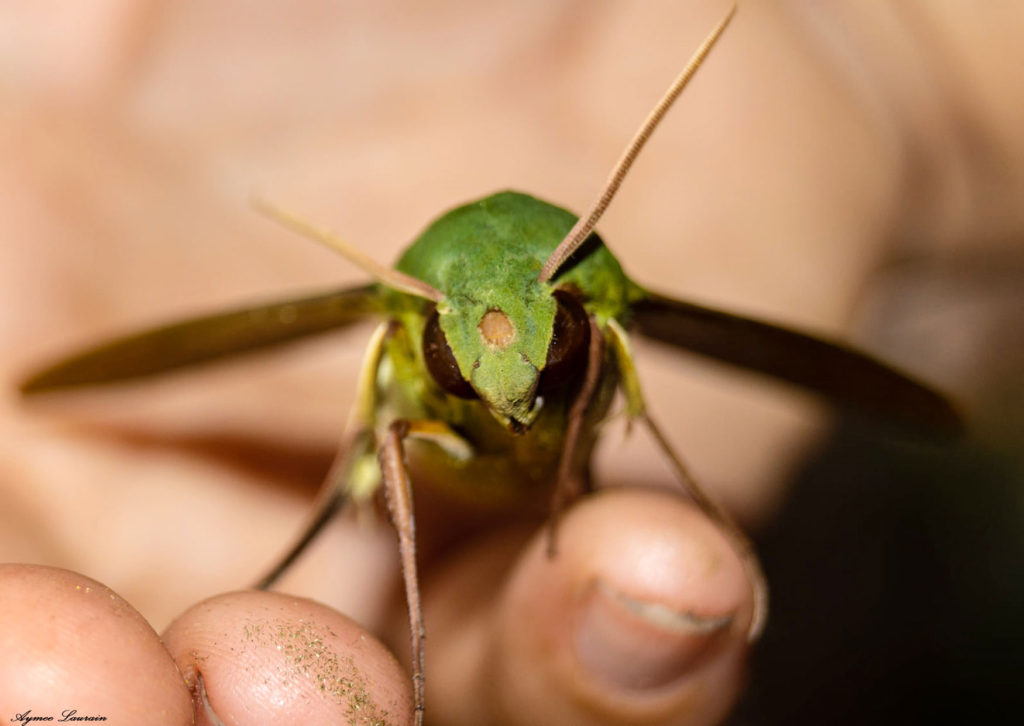
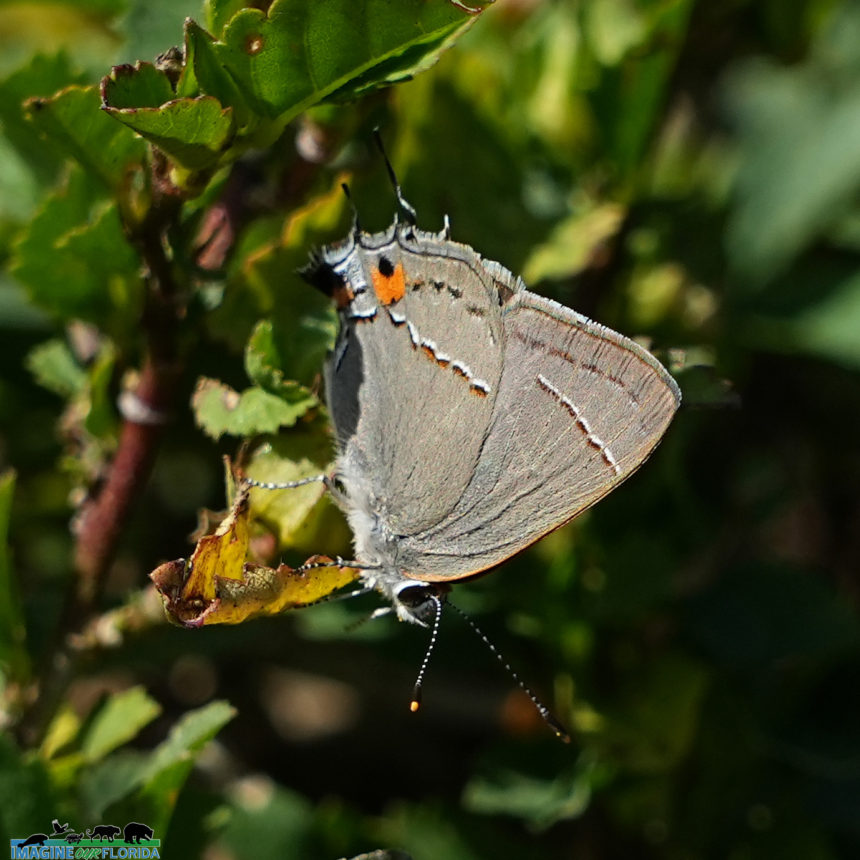
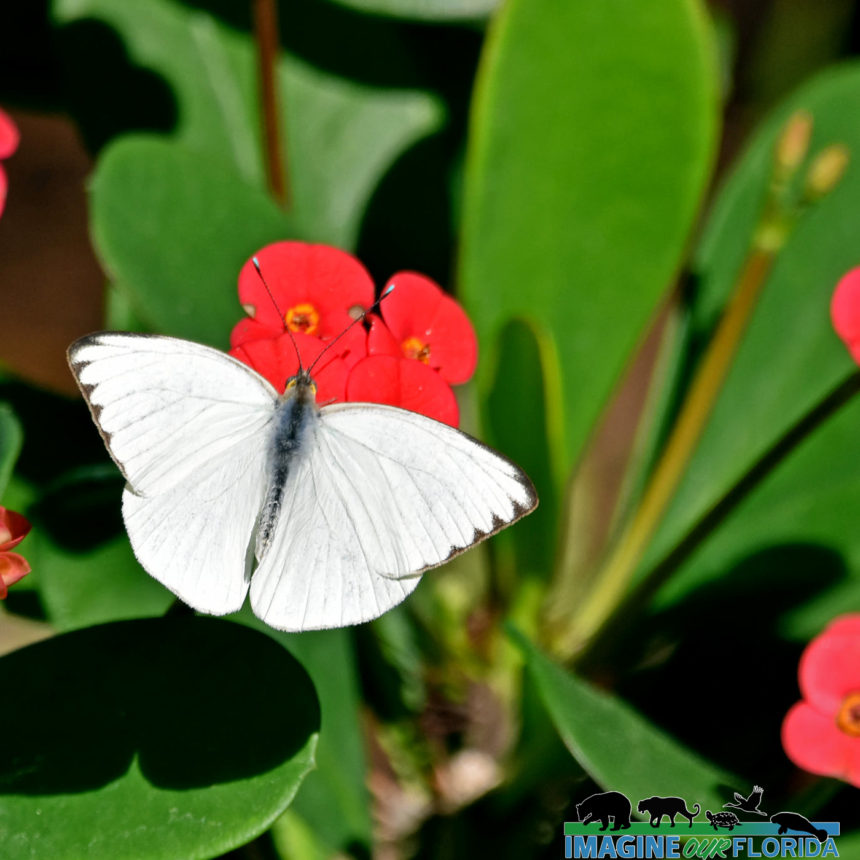
Recent Comments